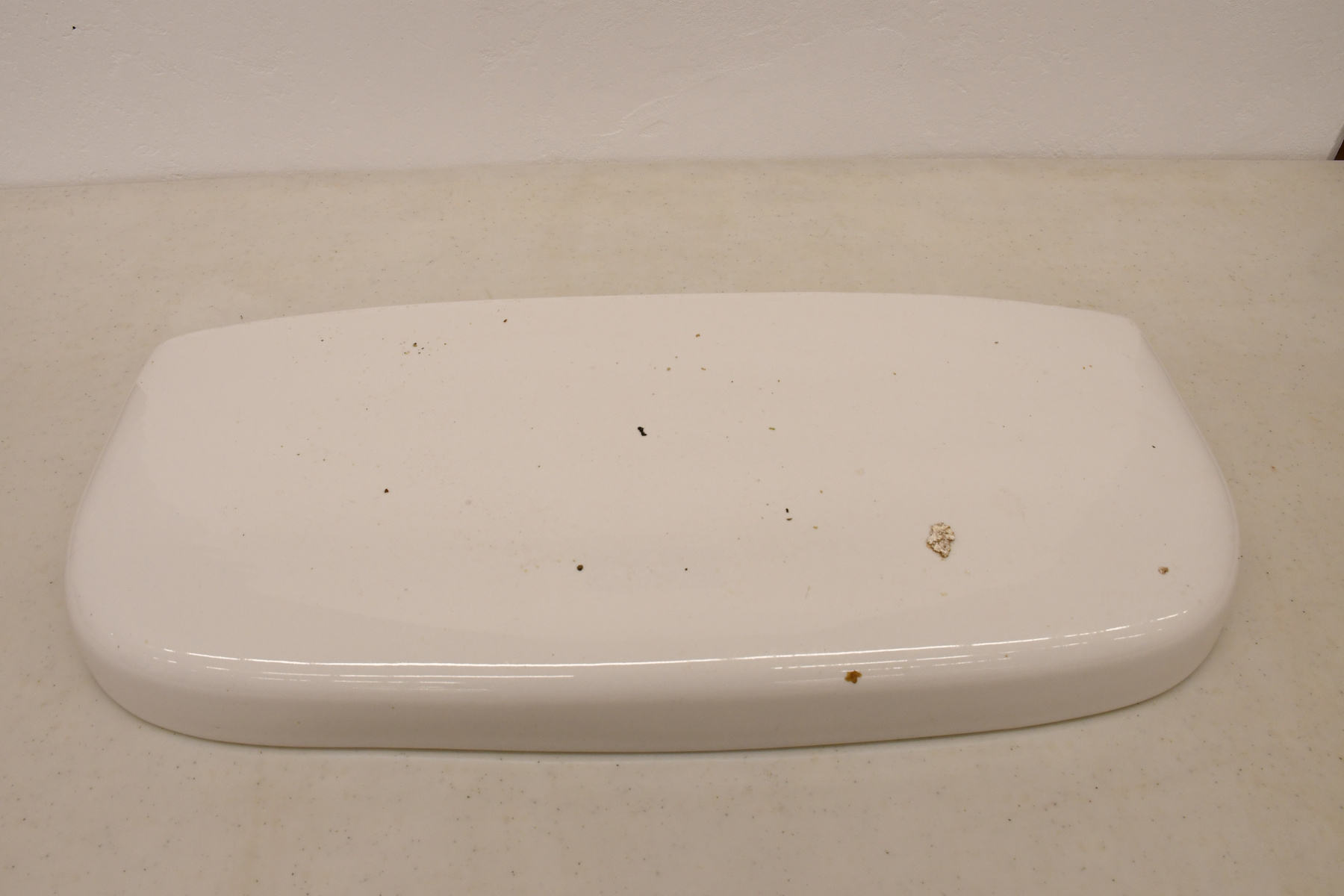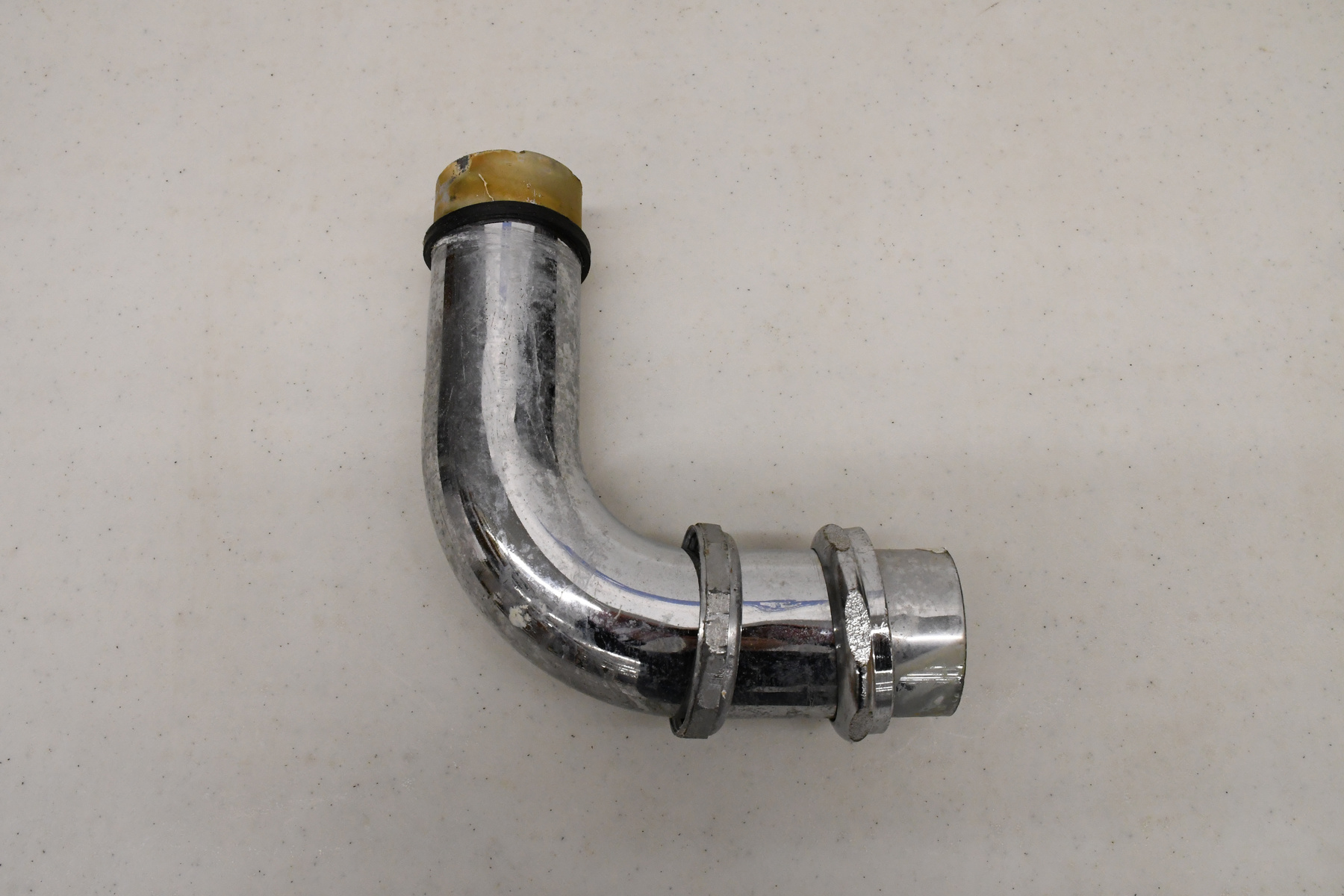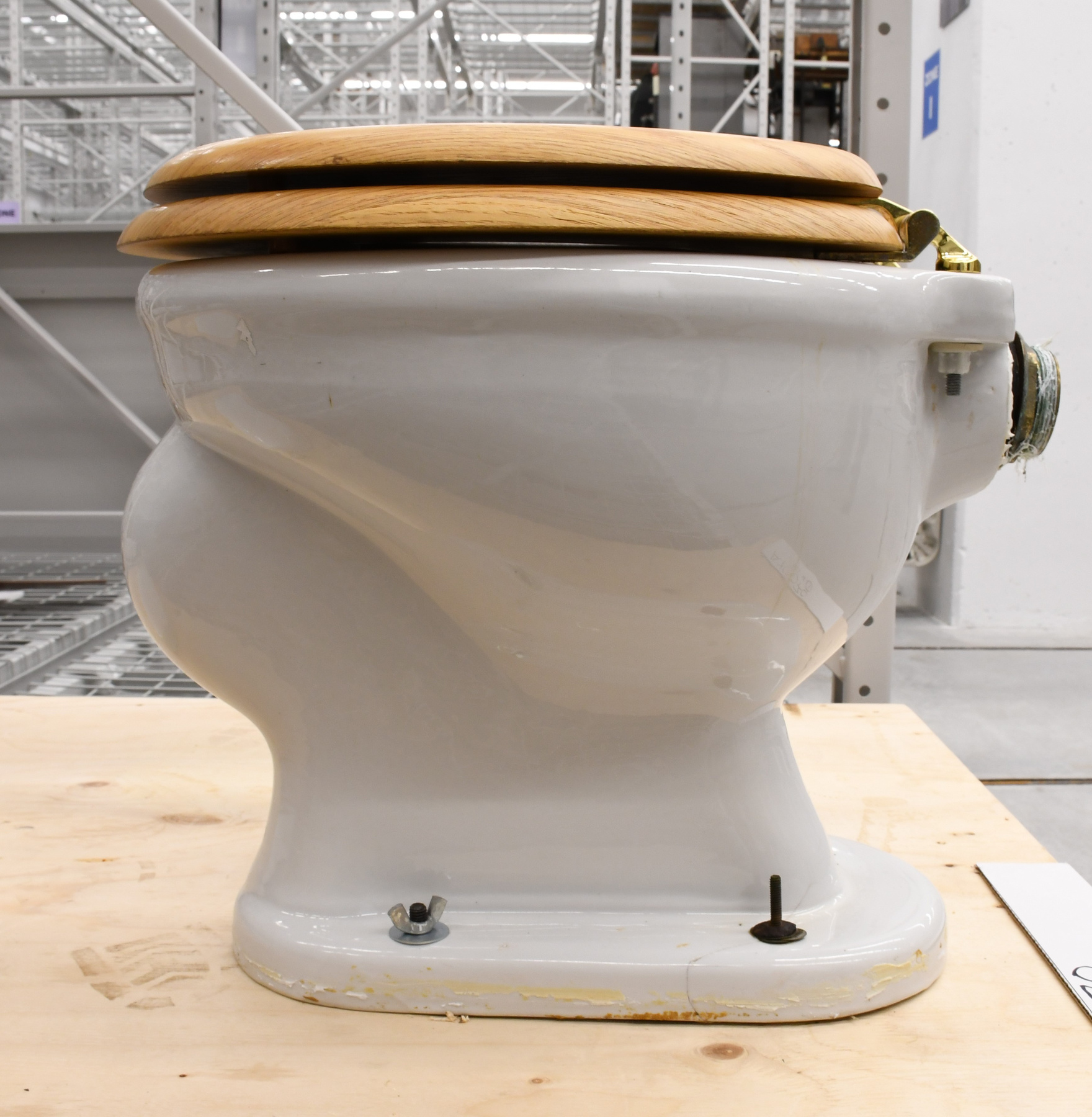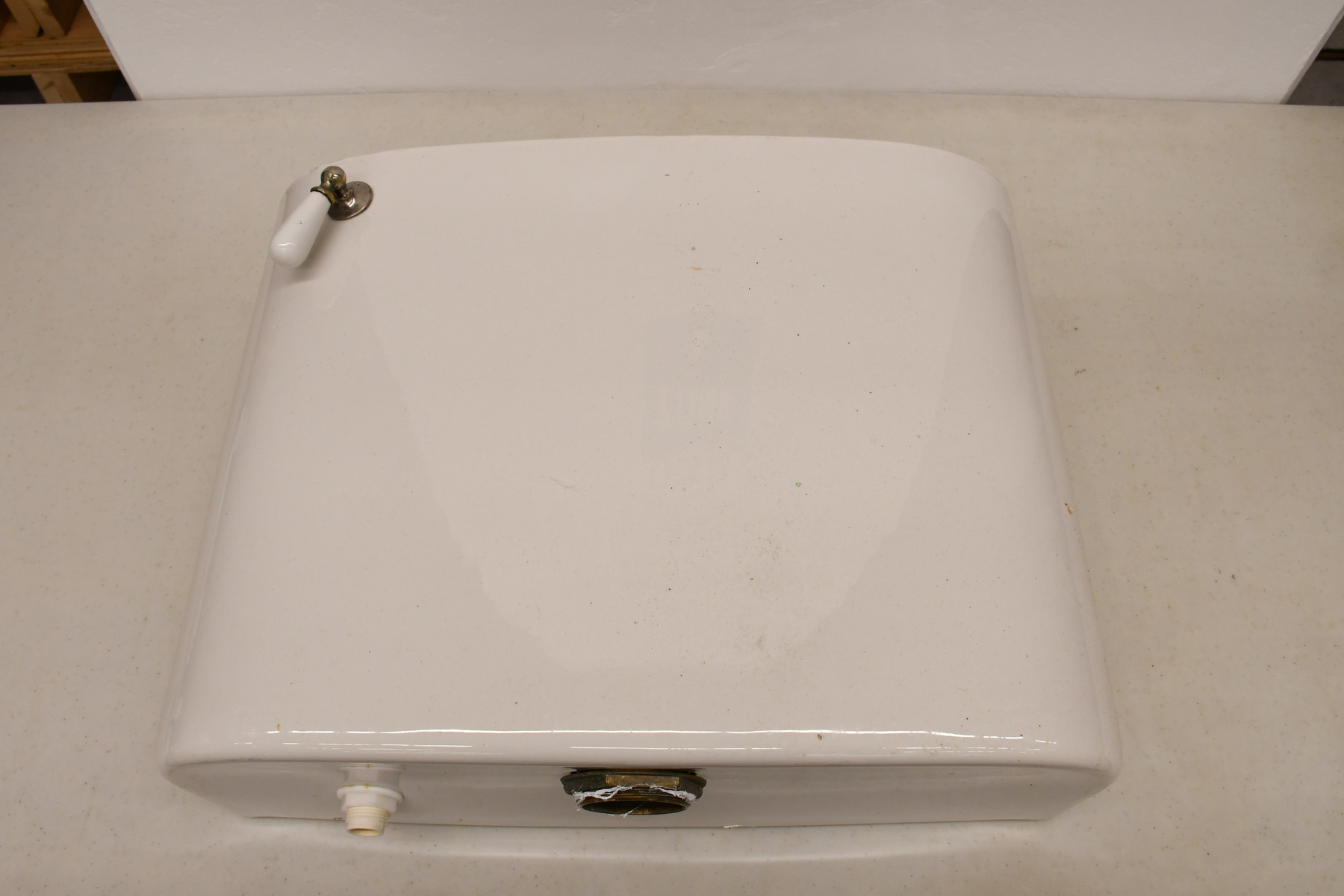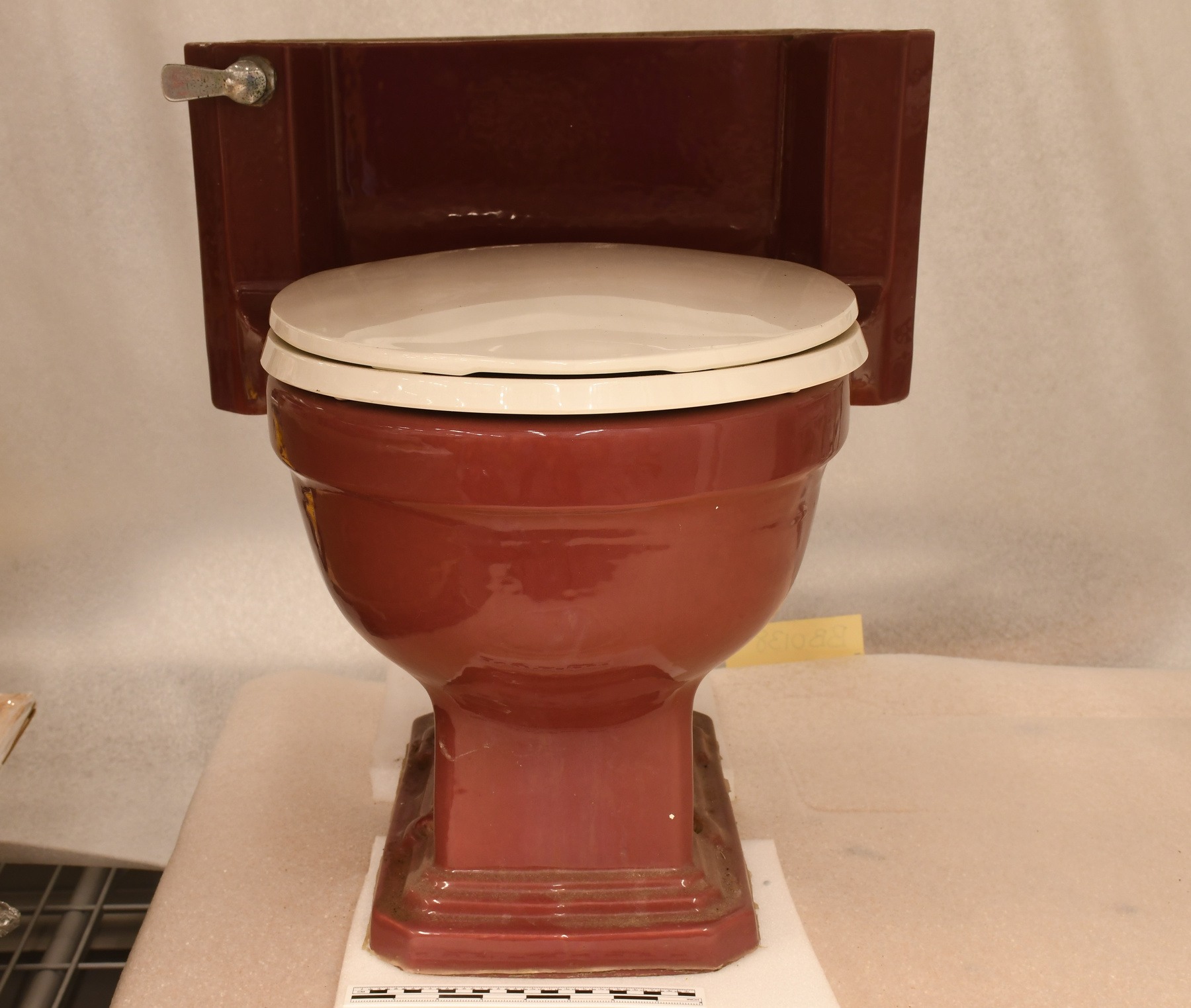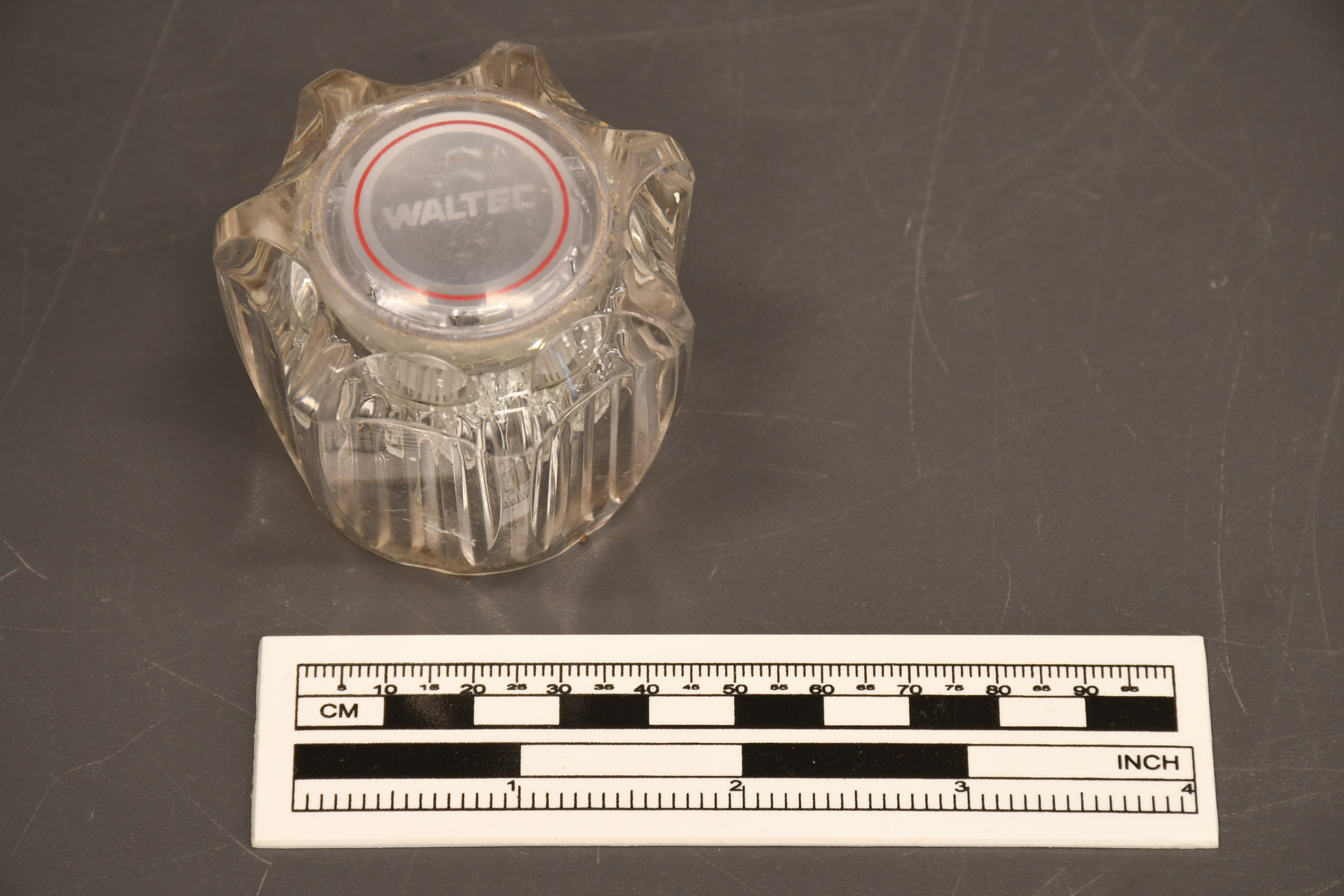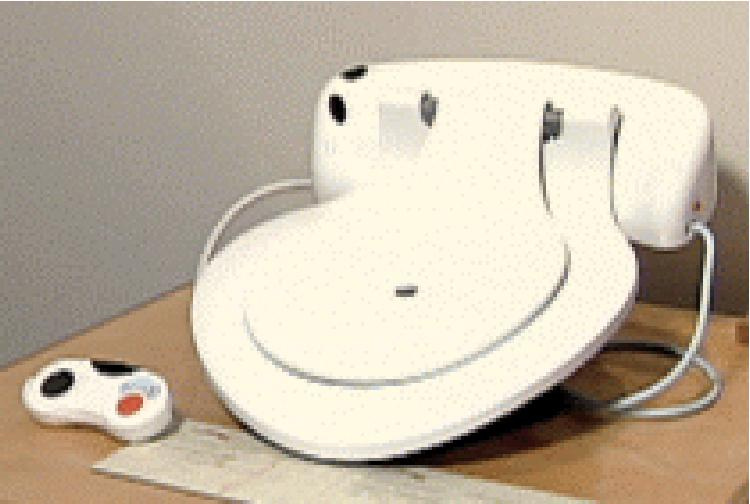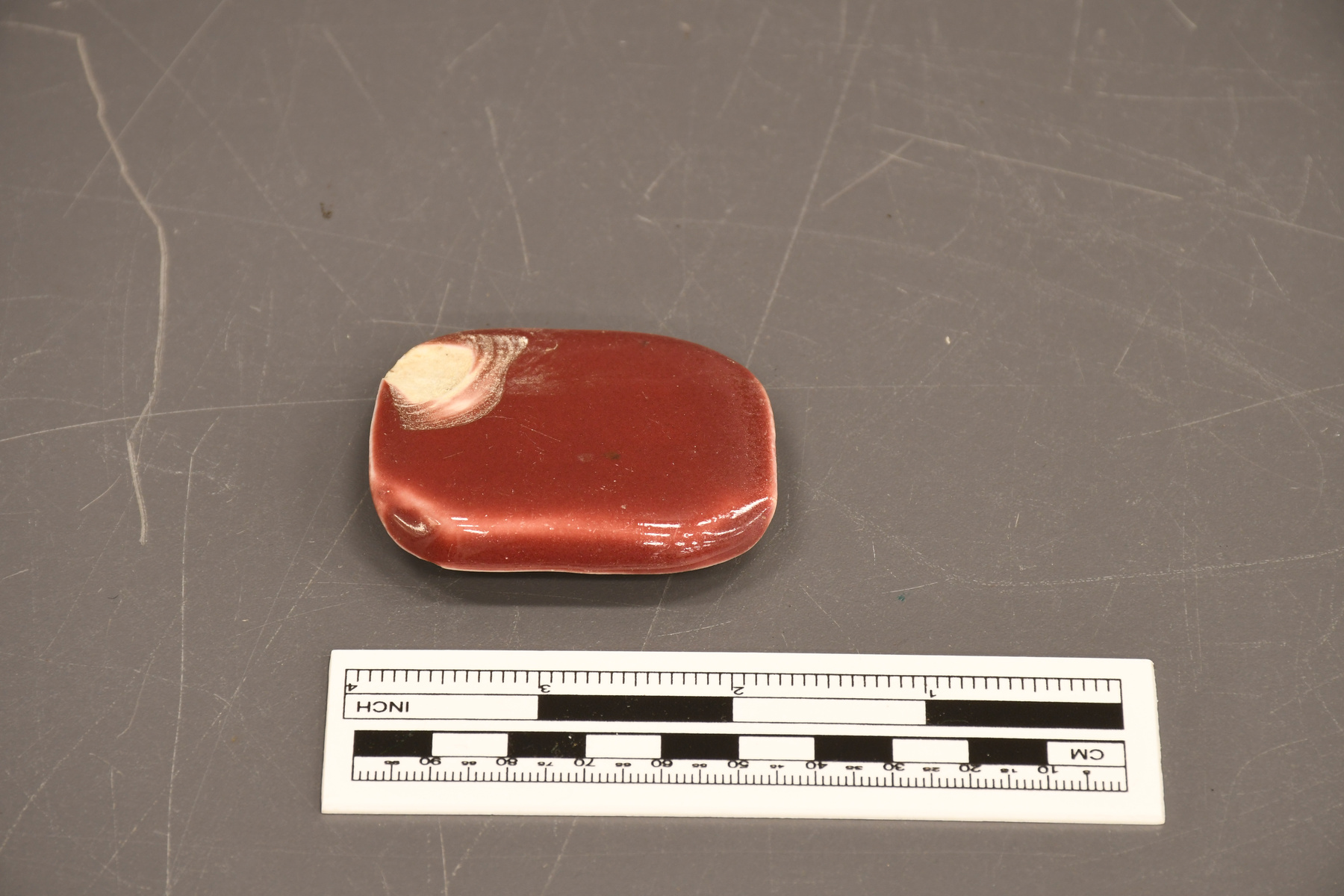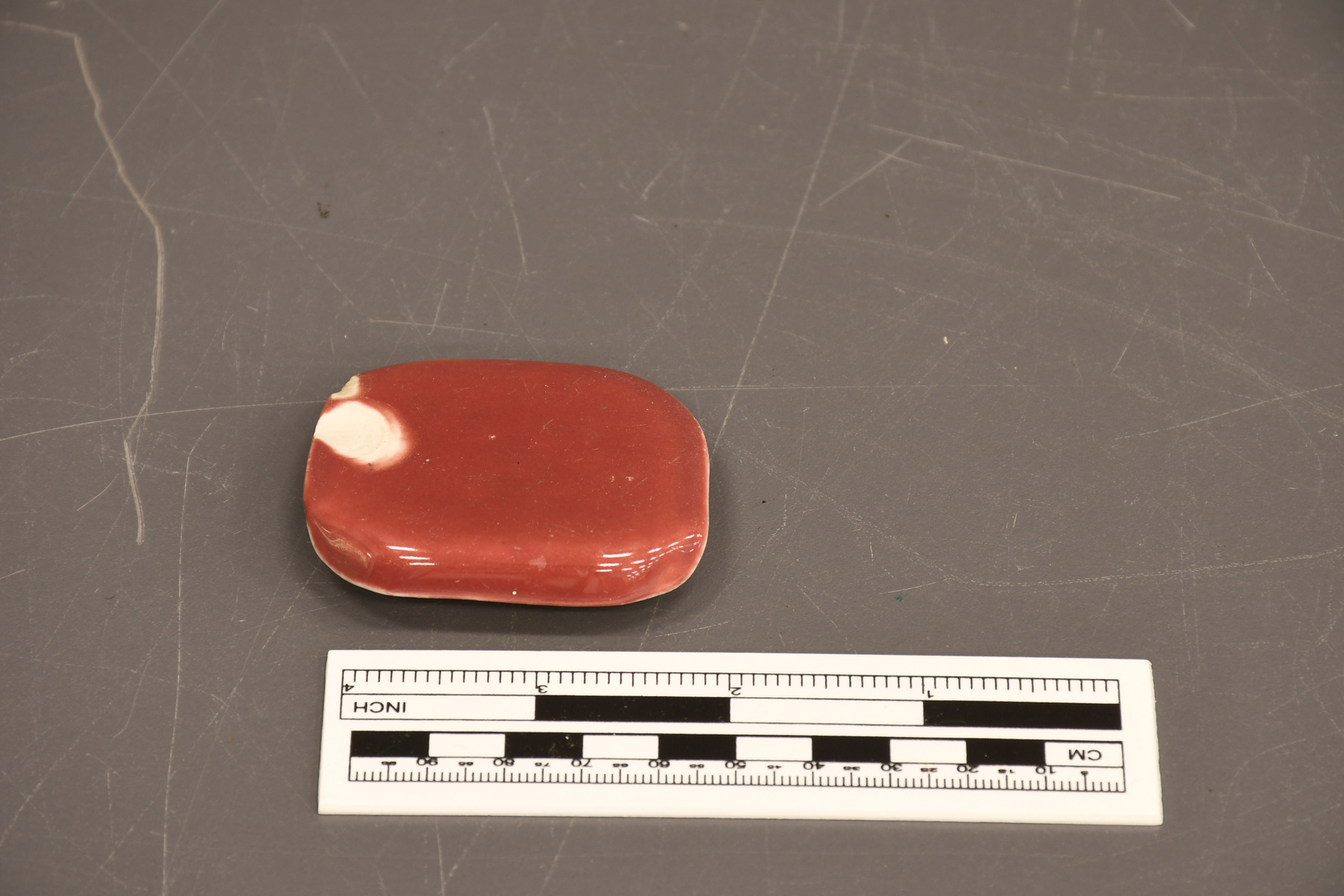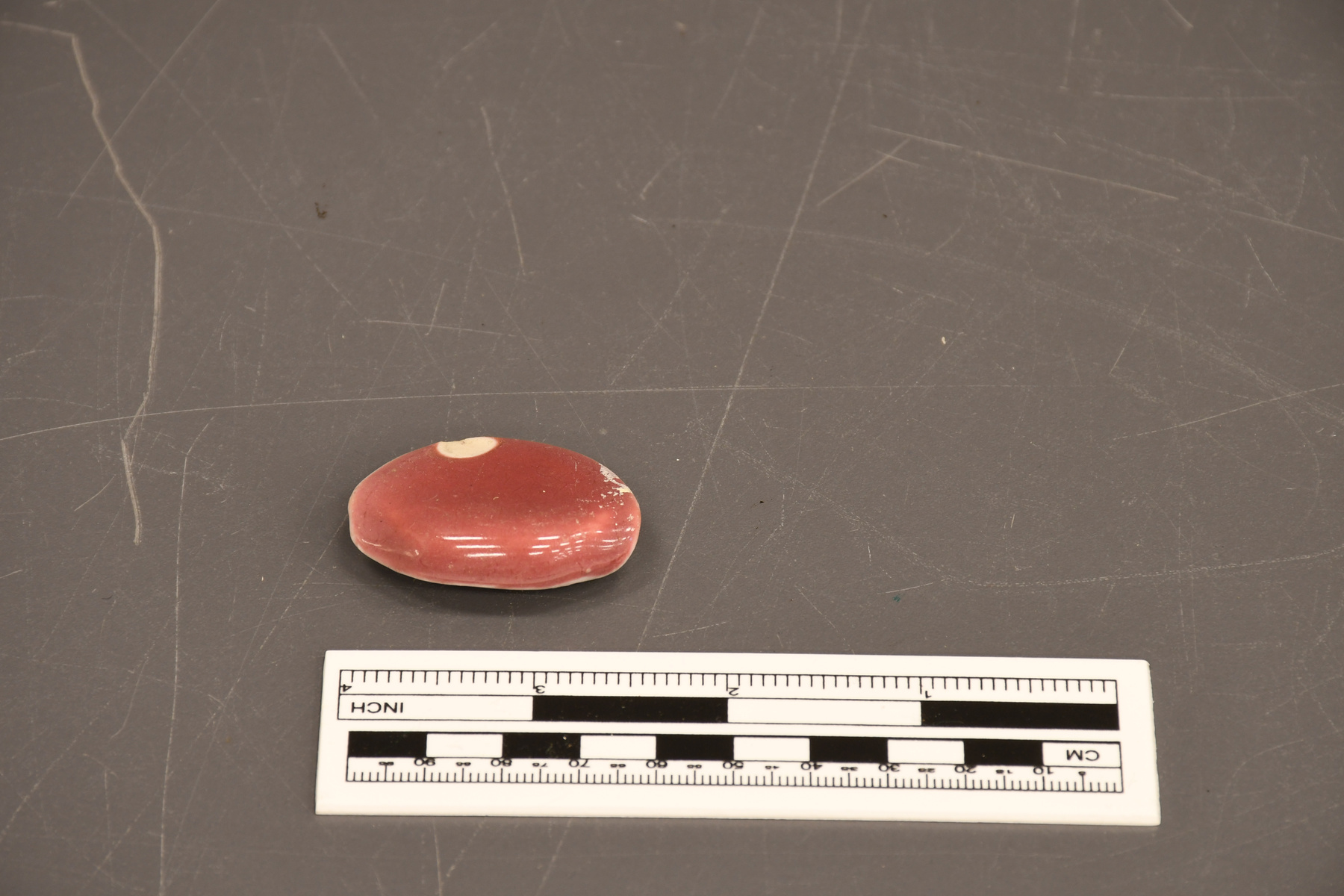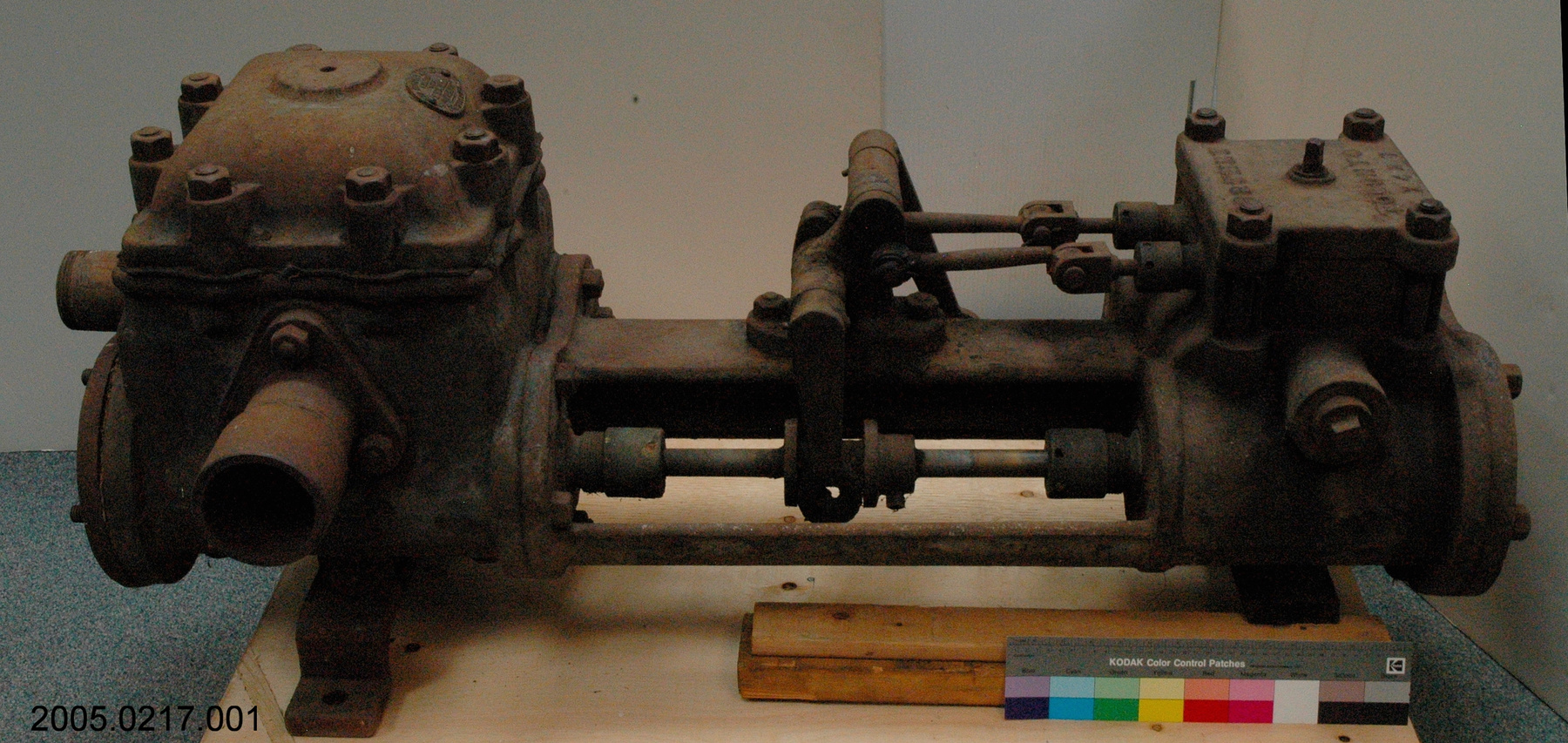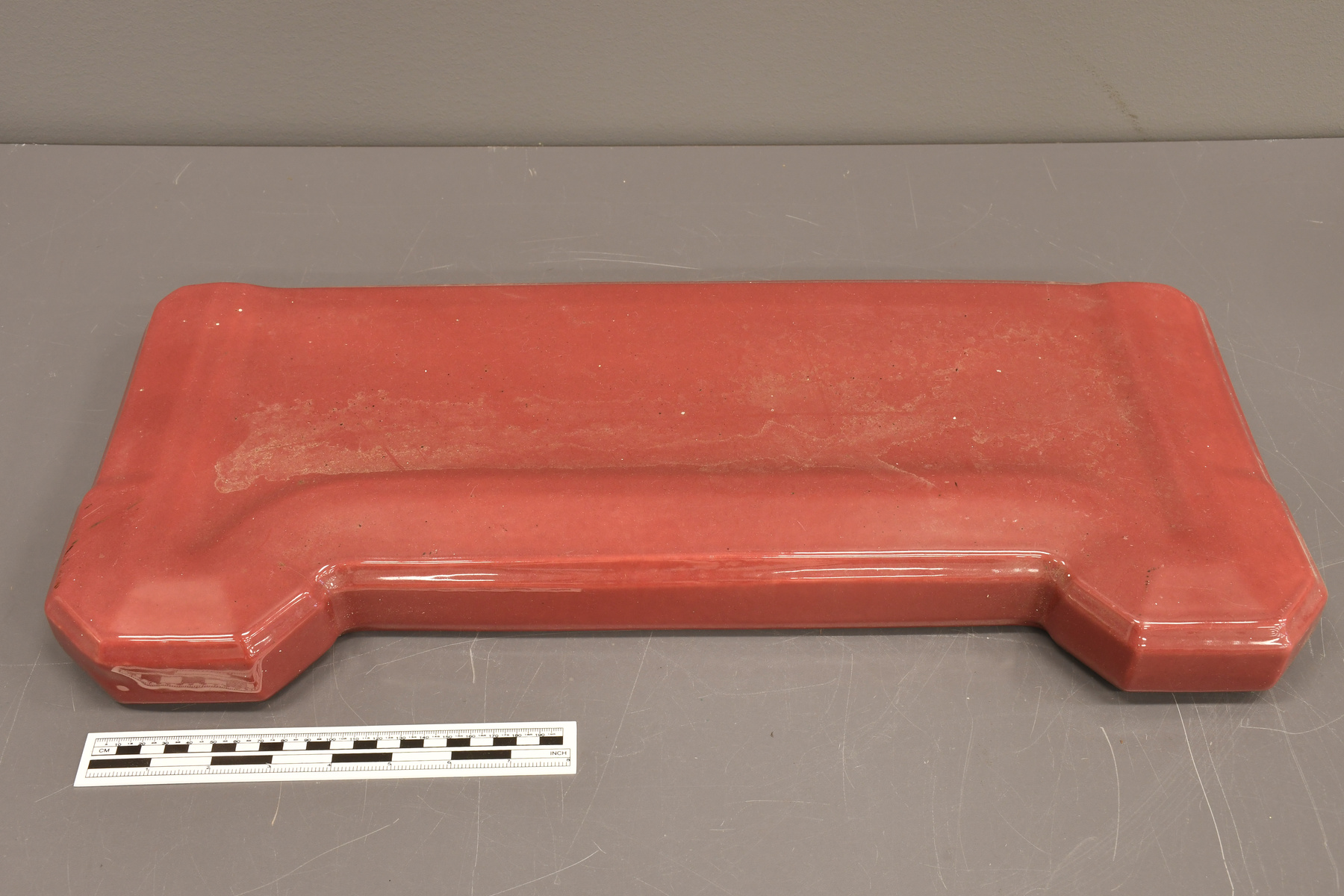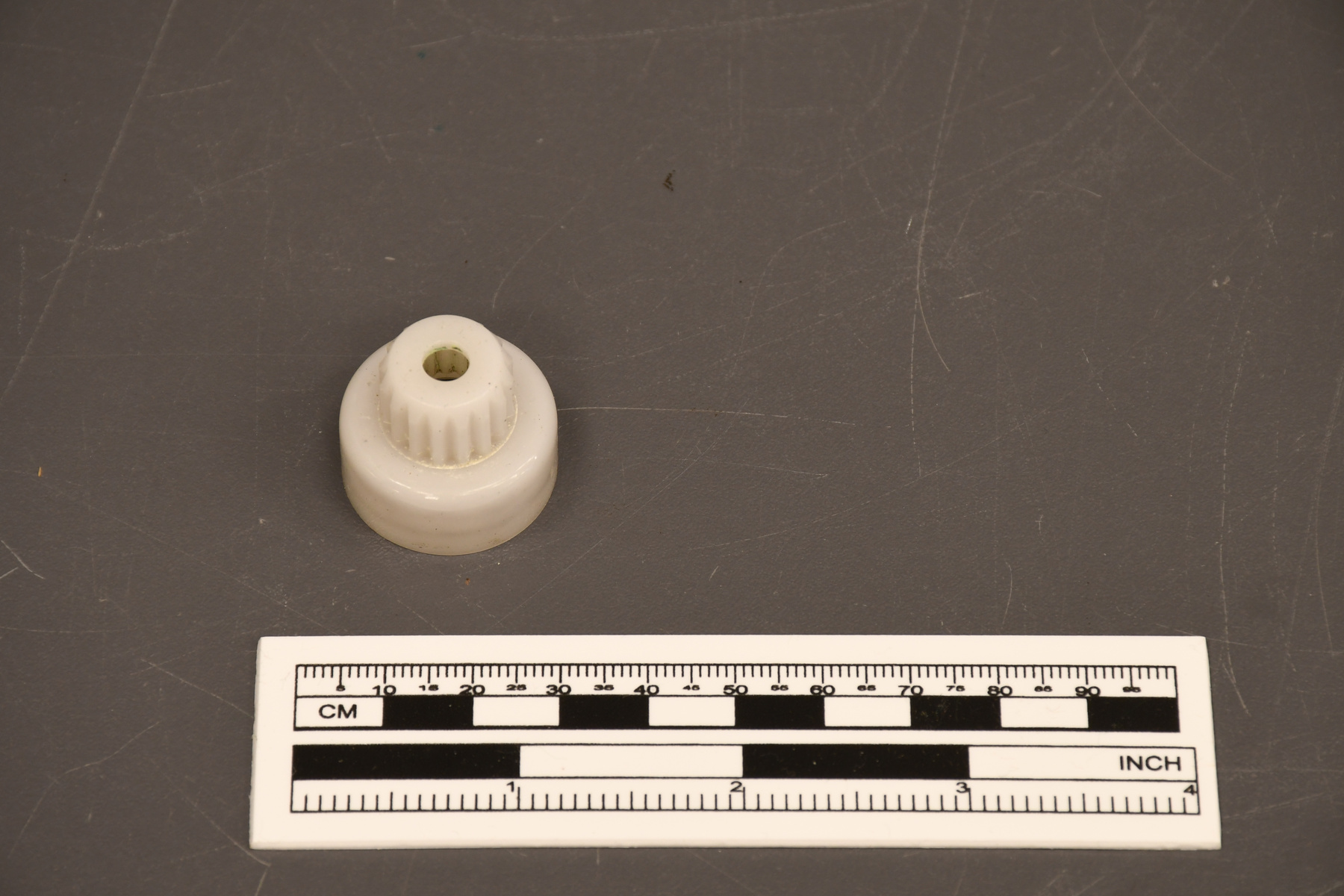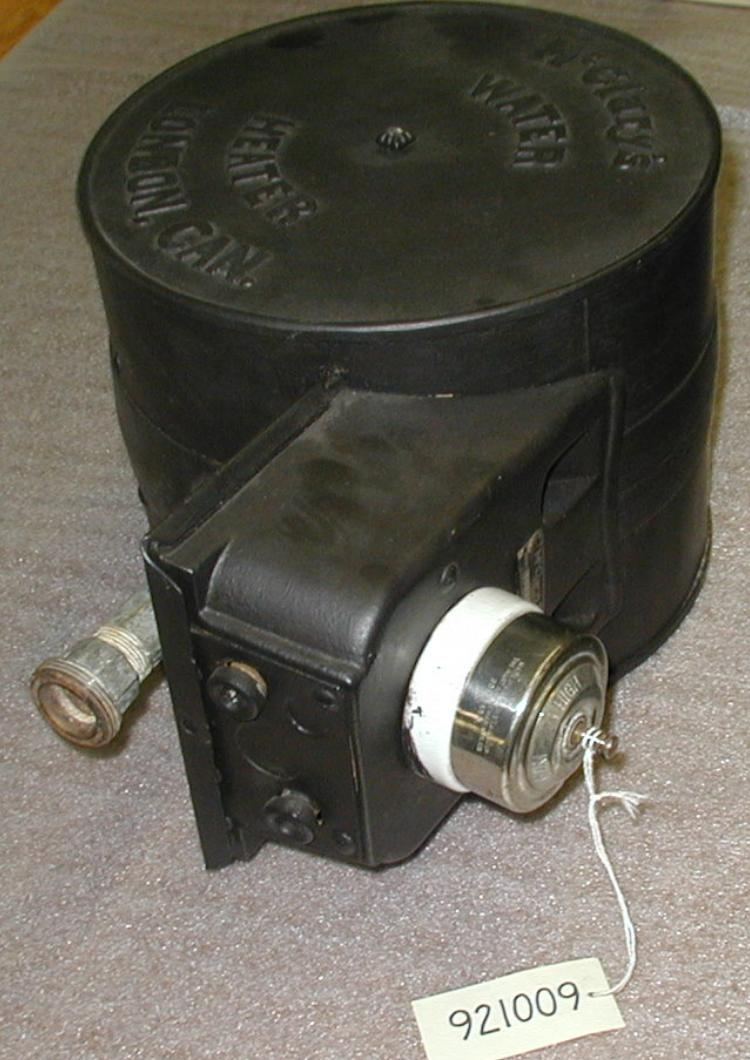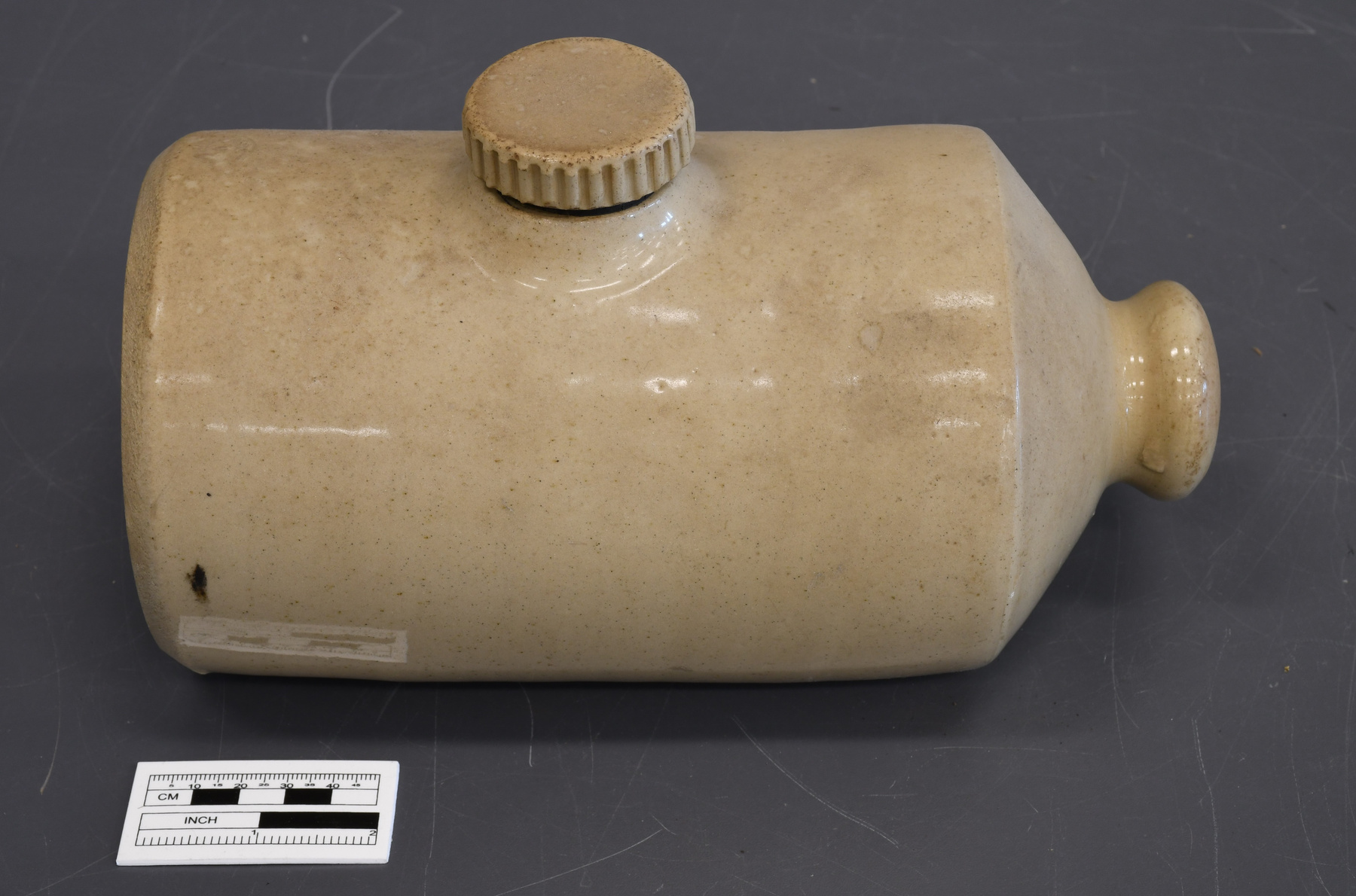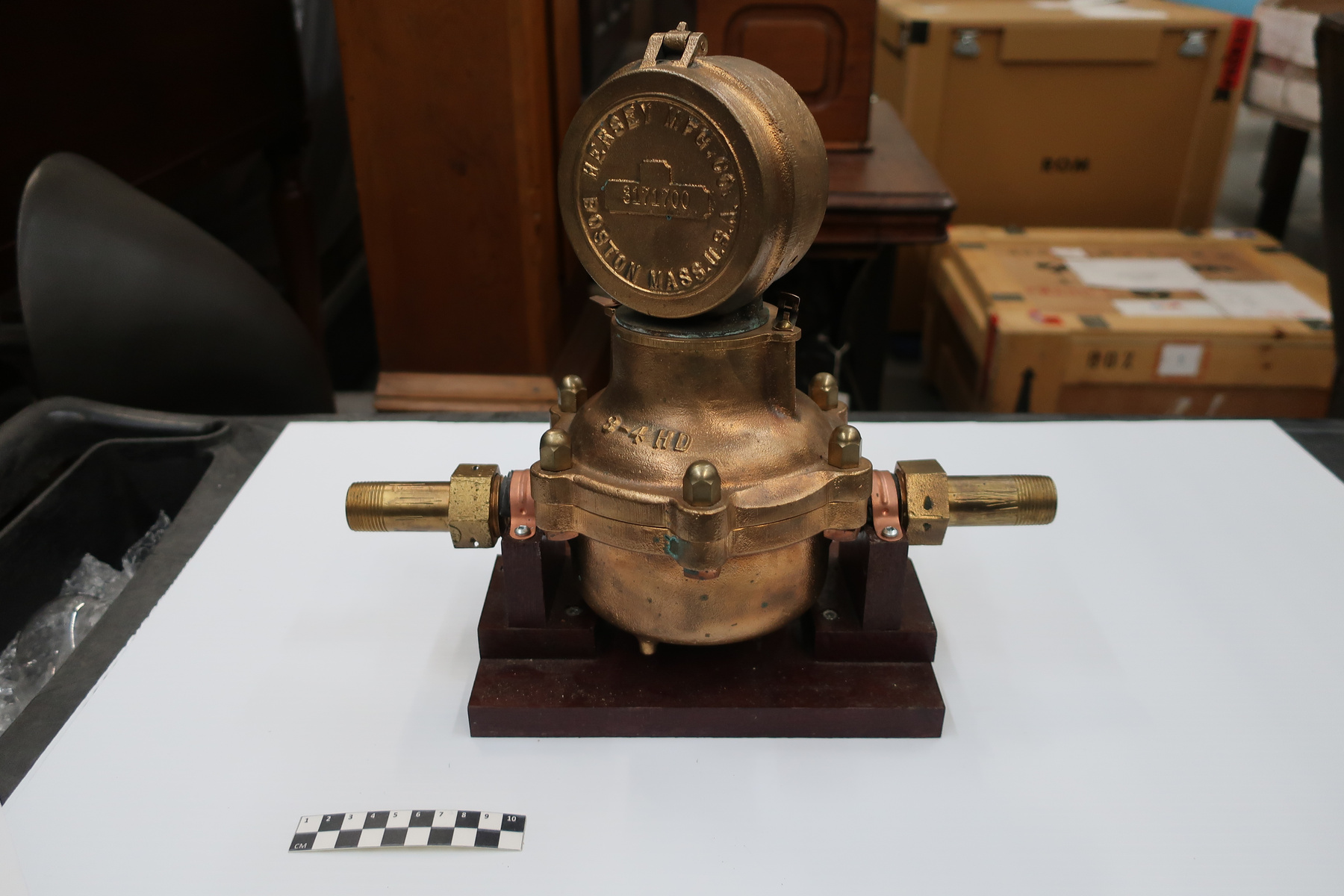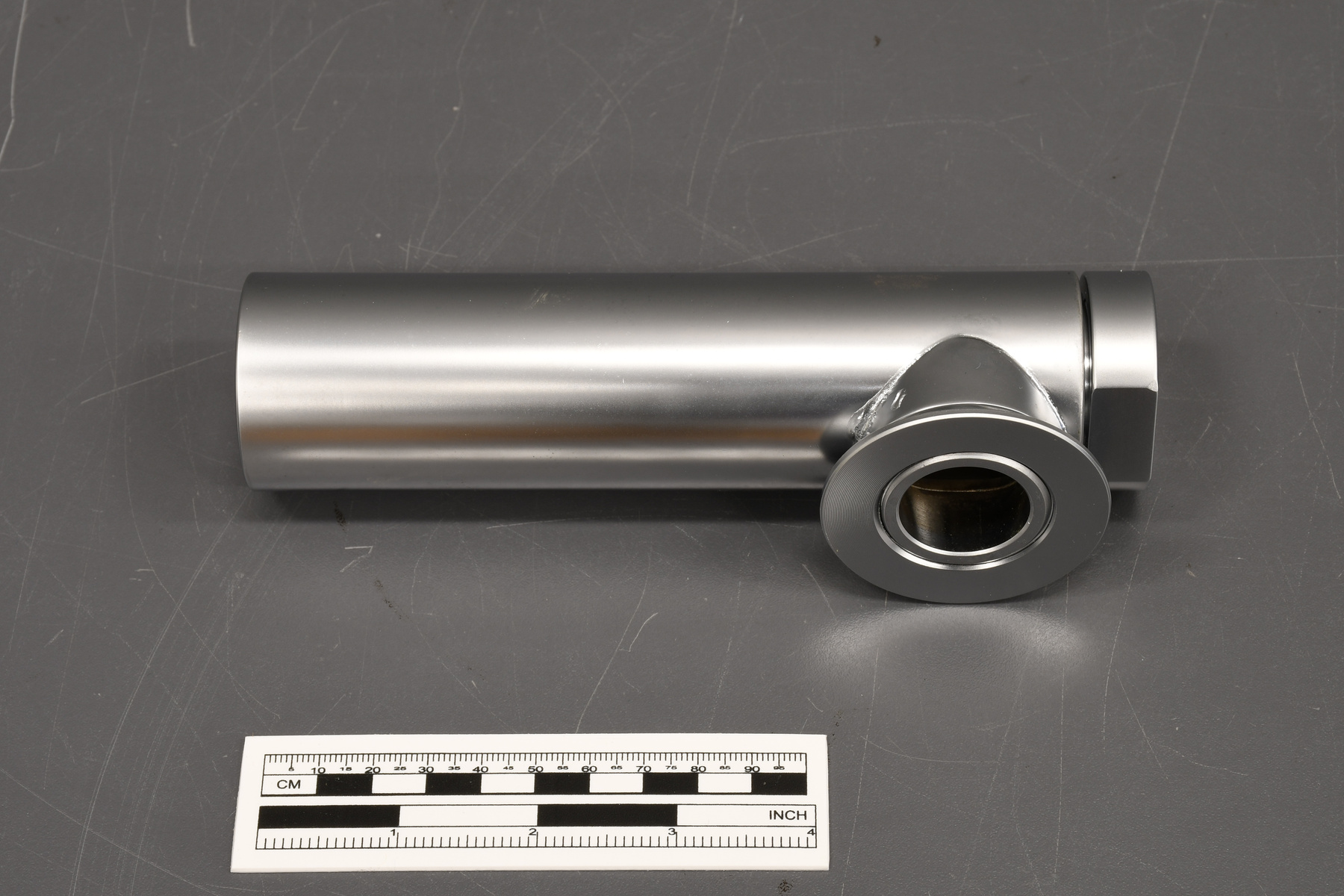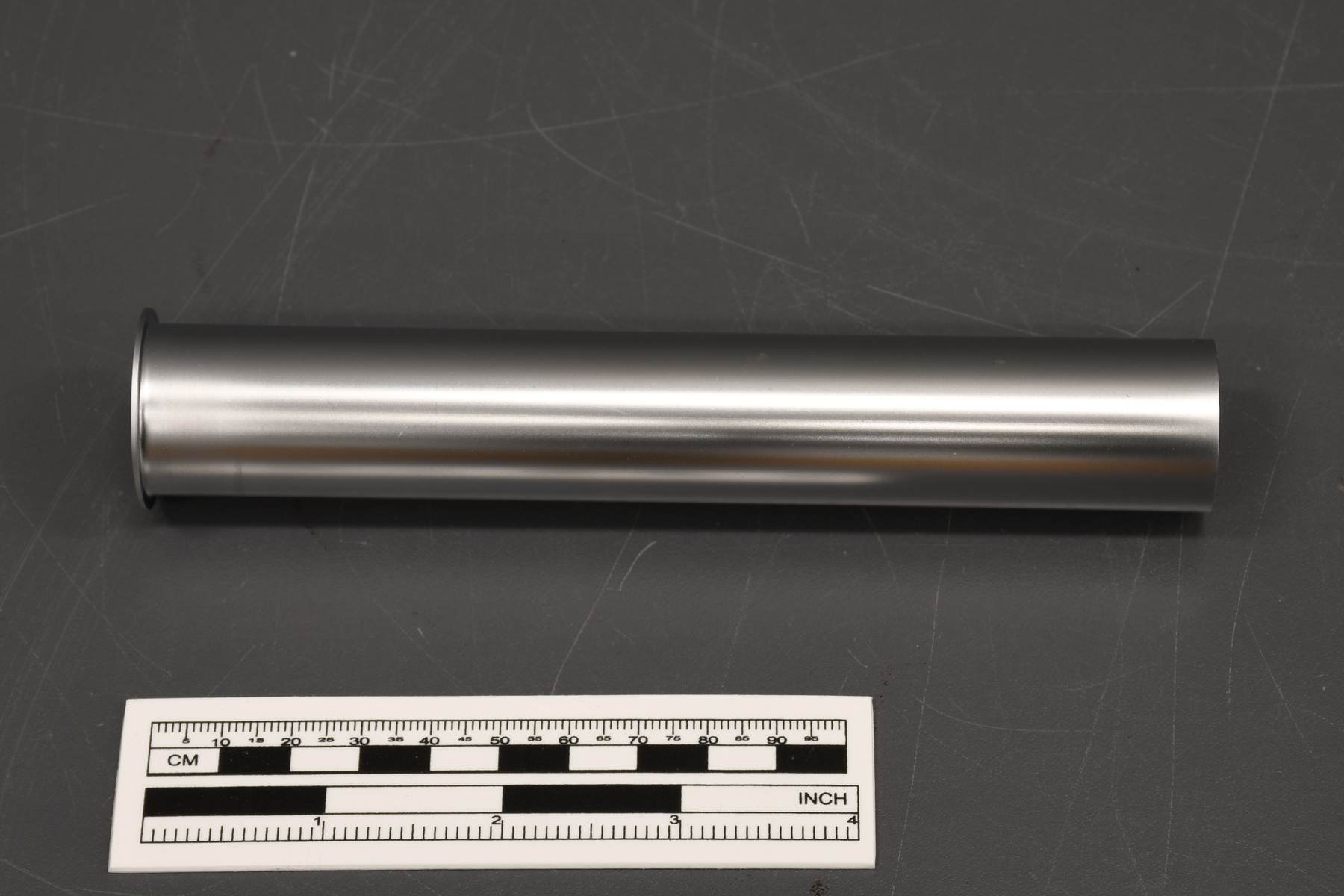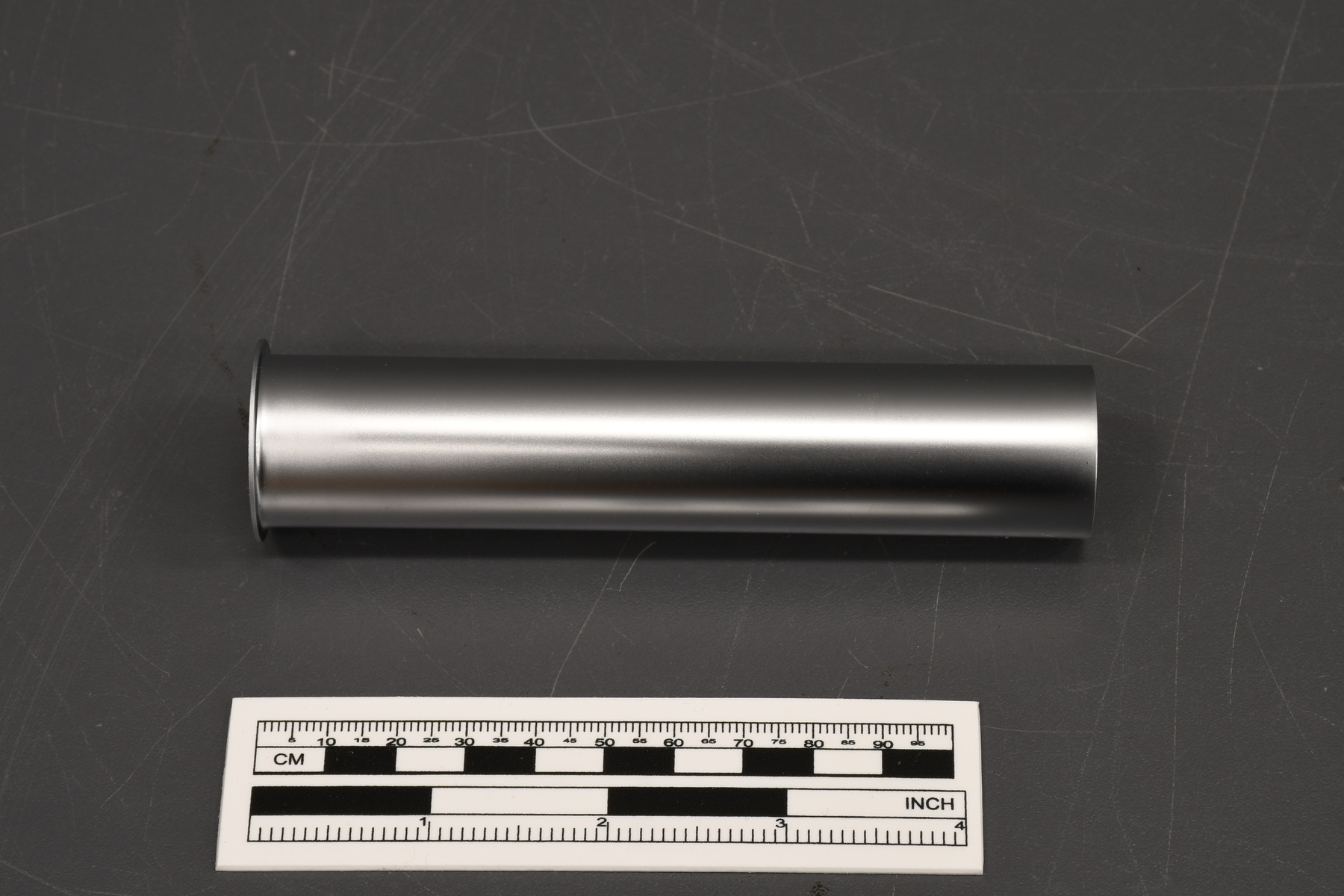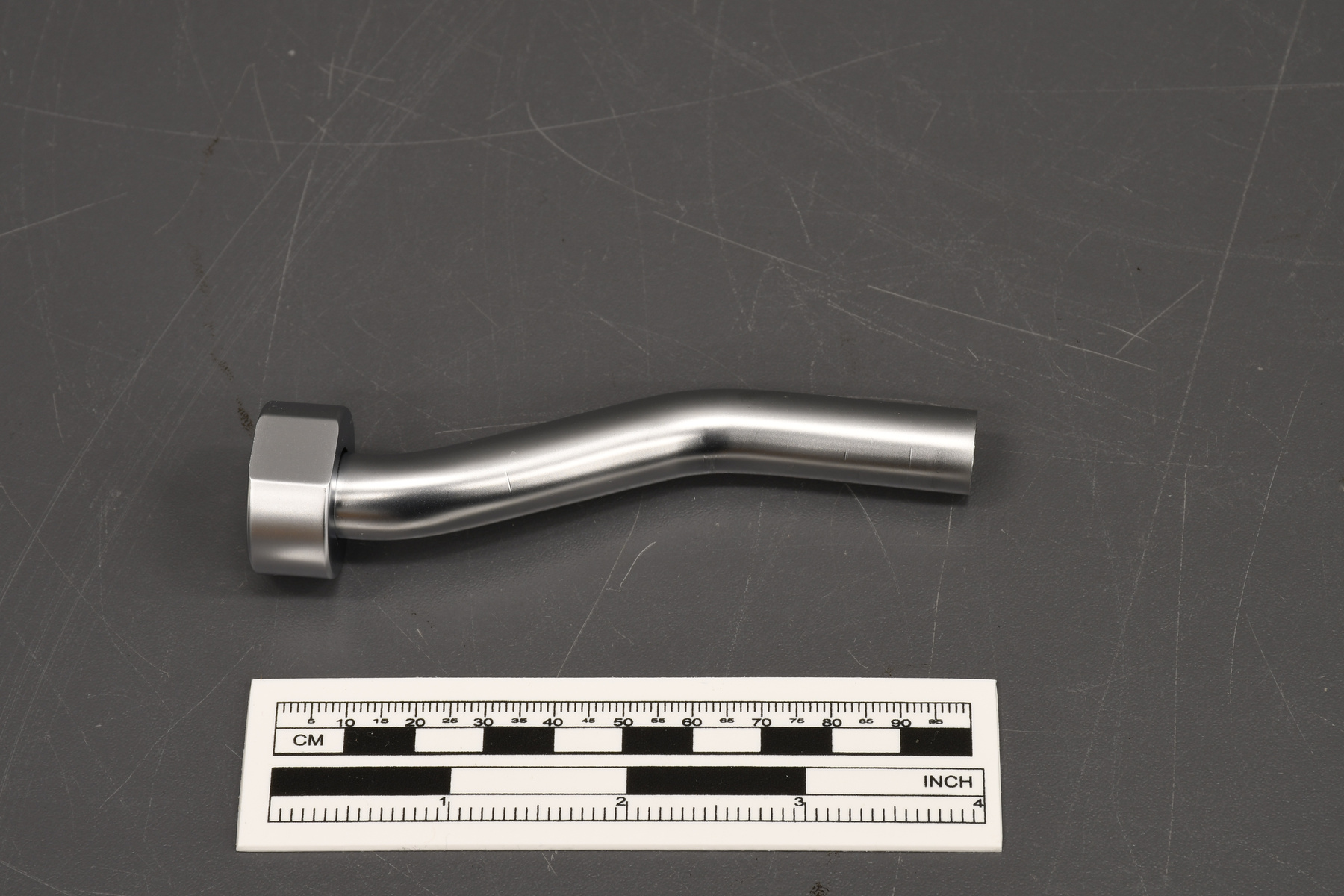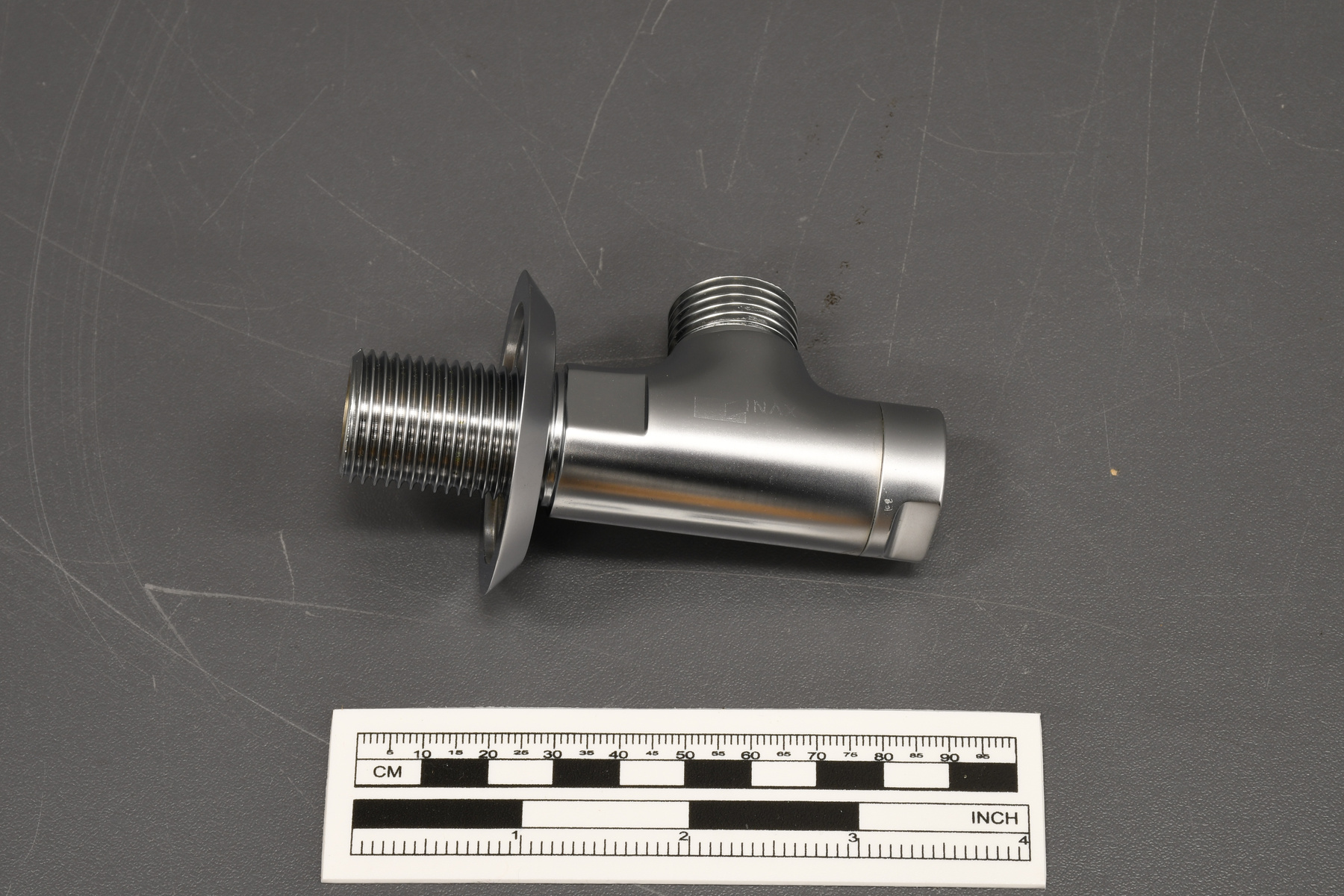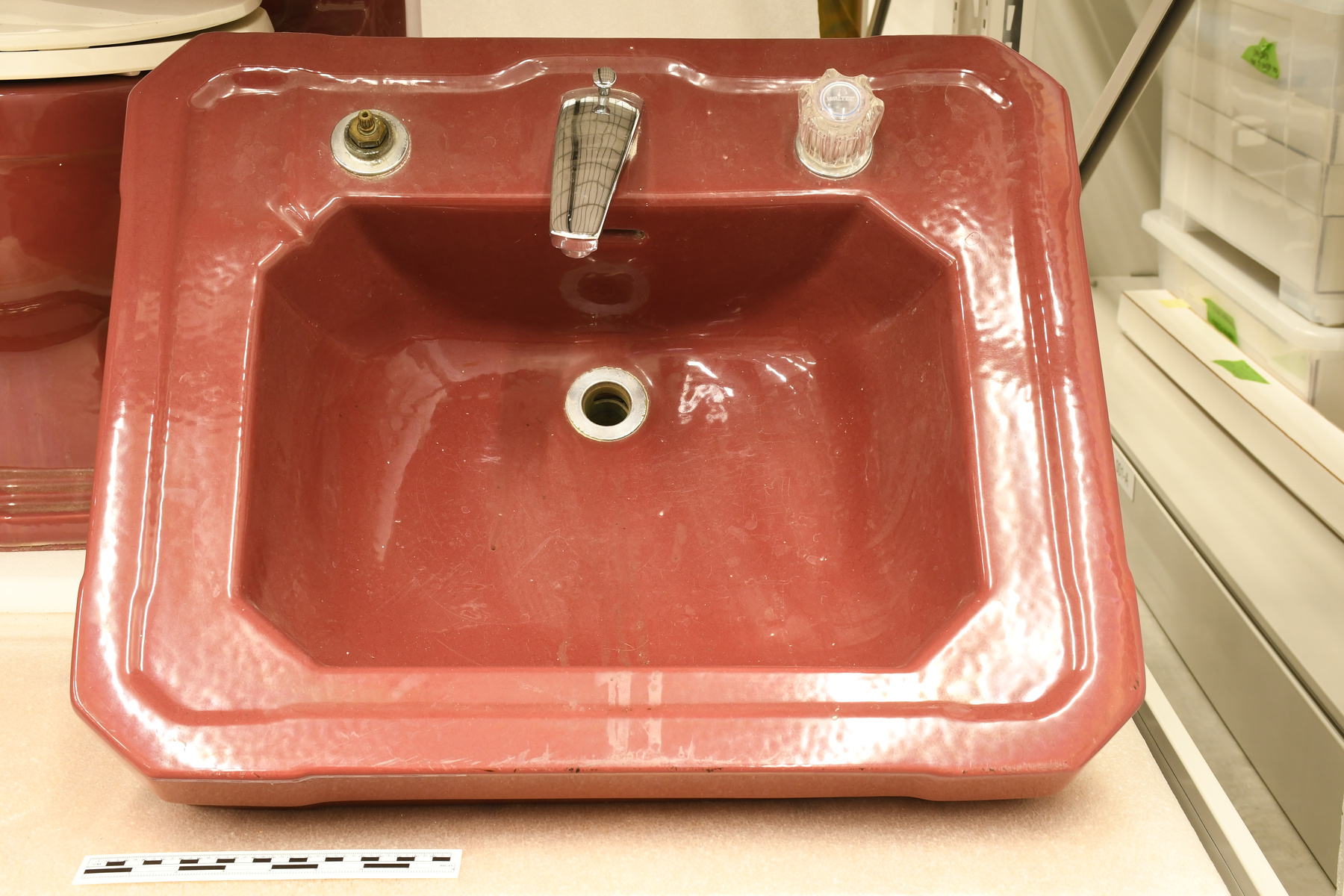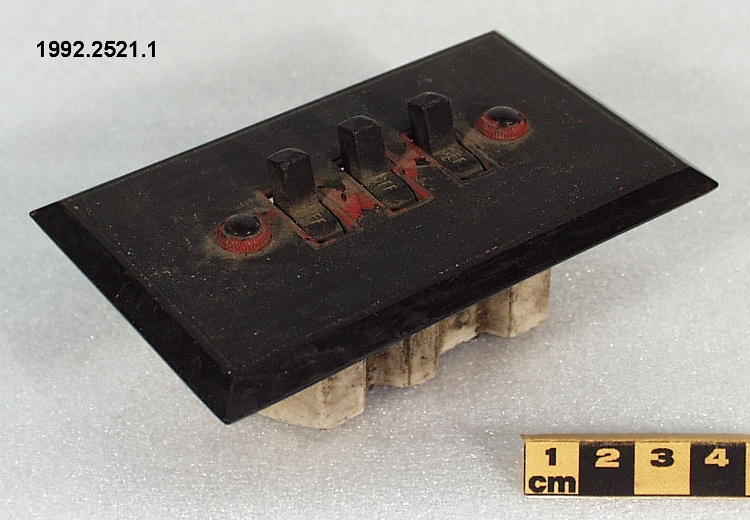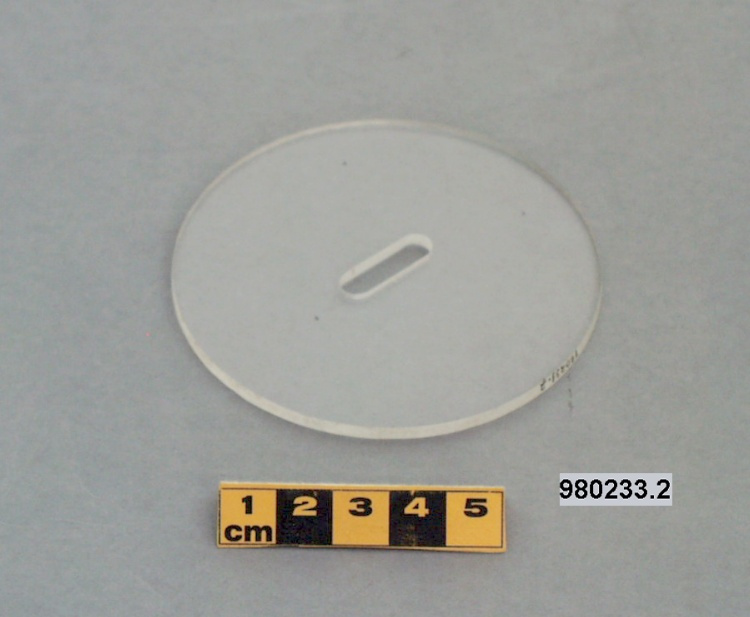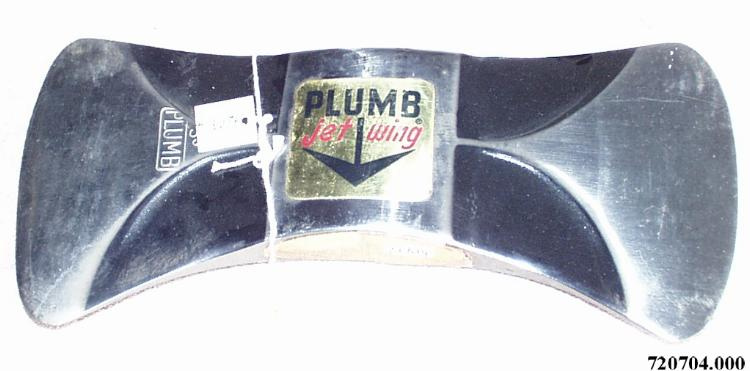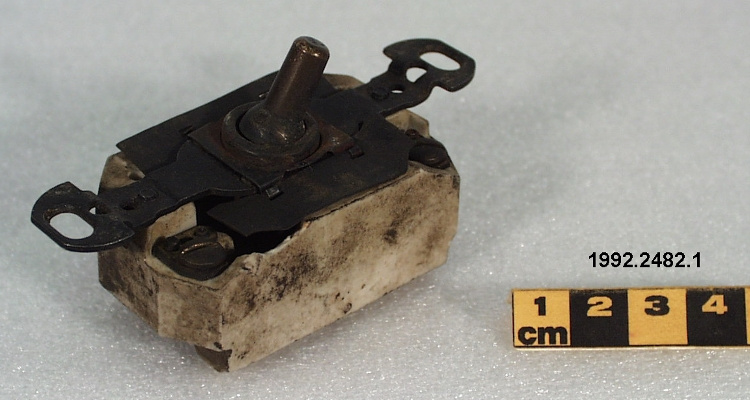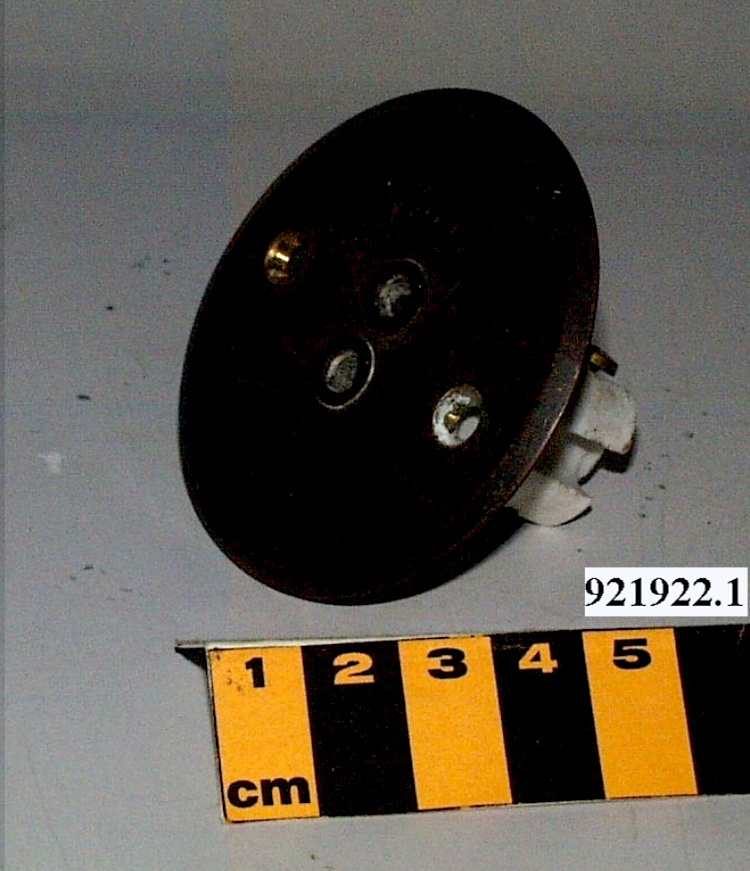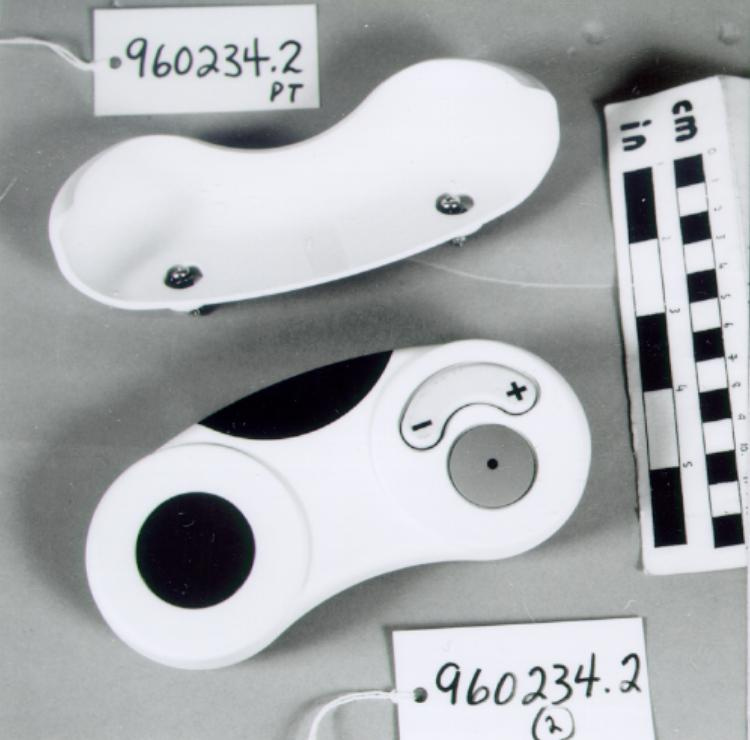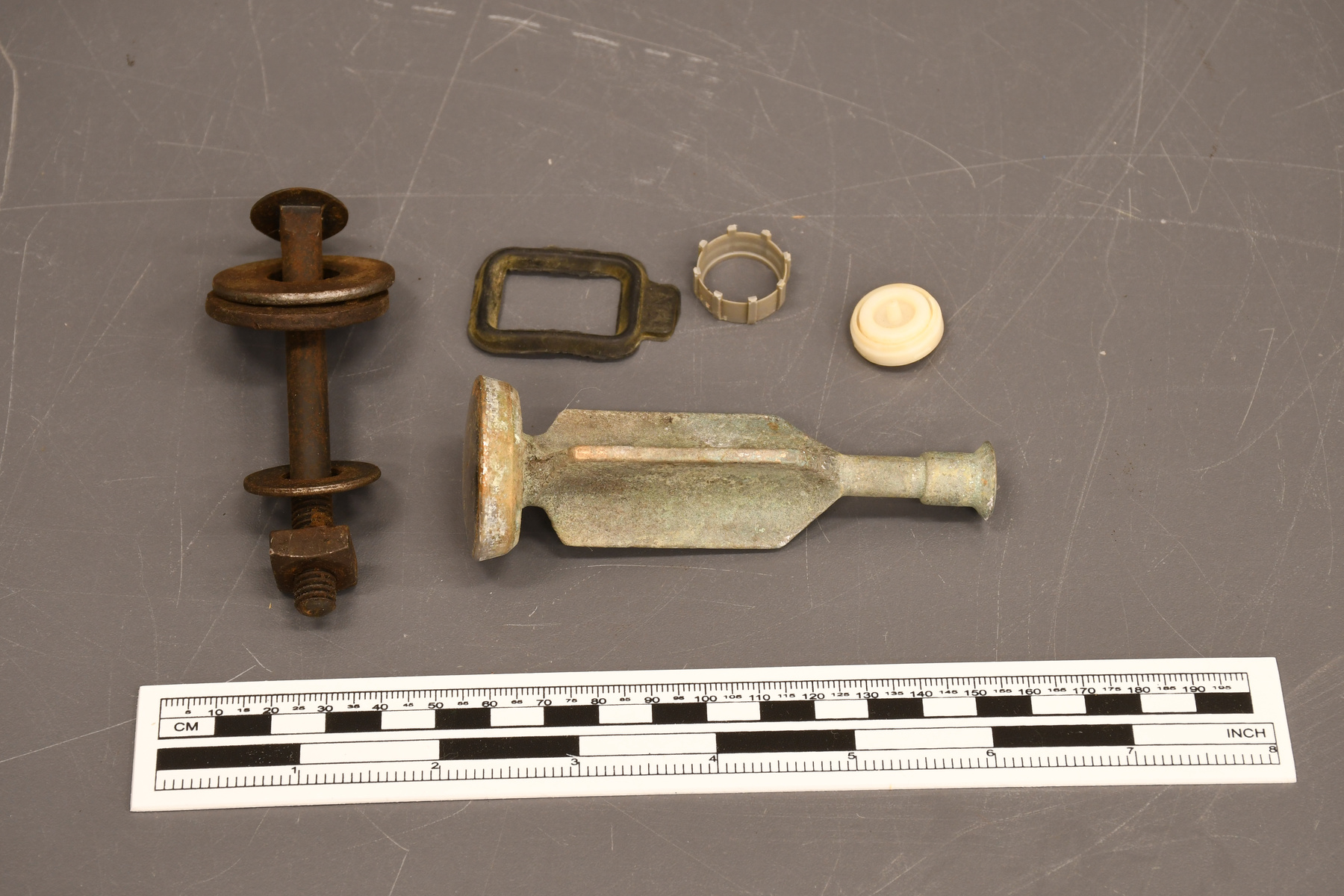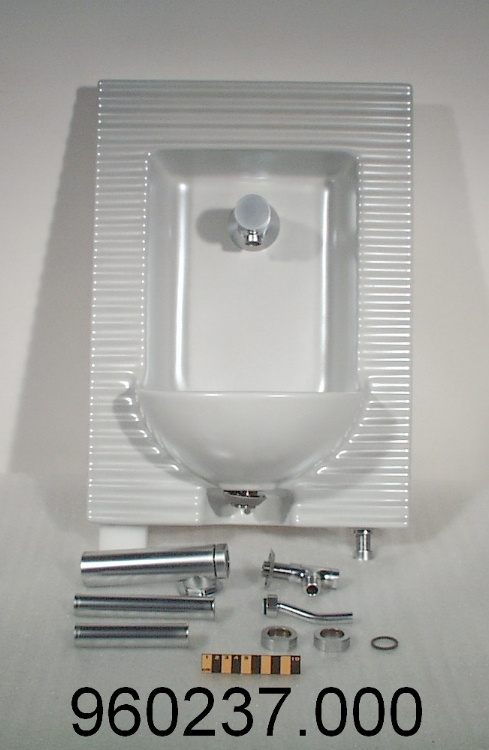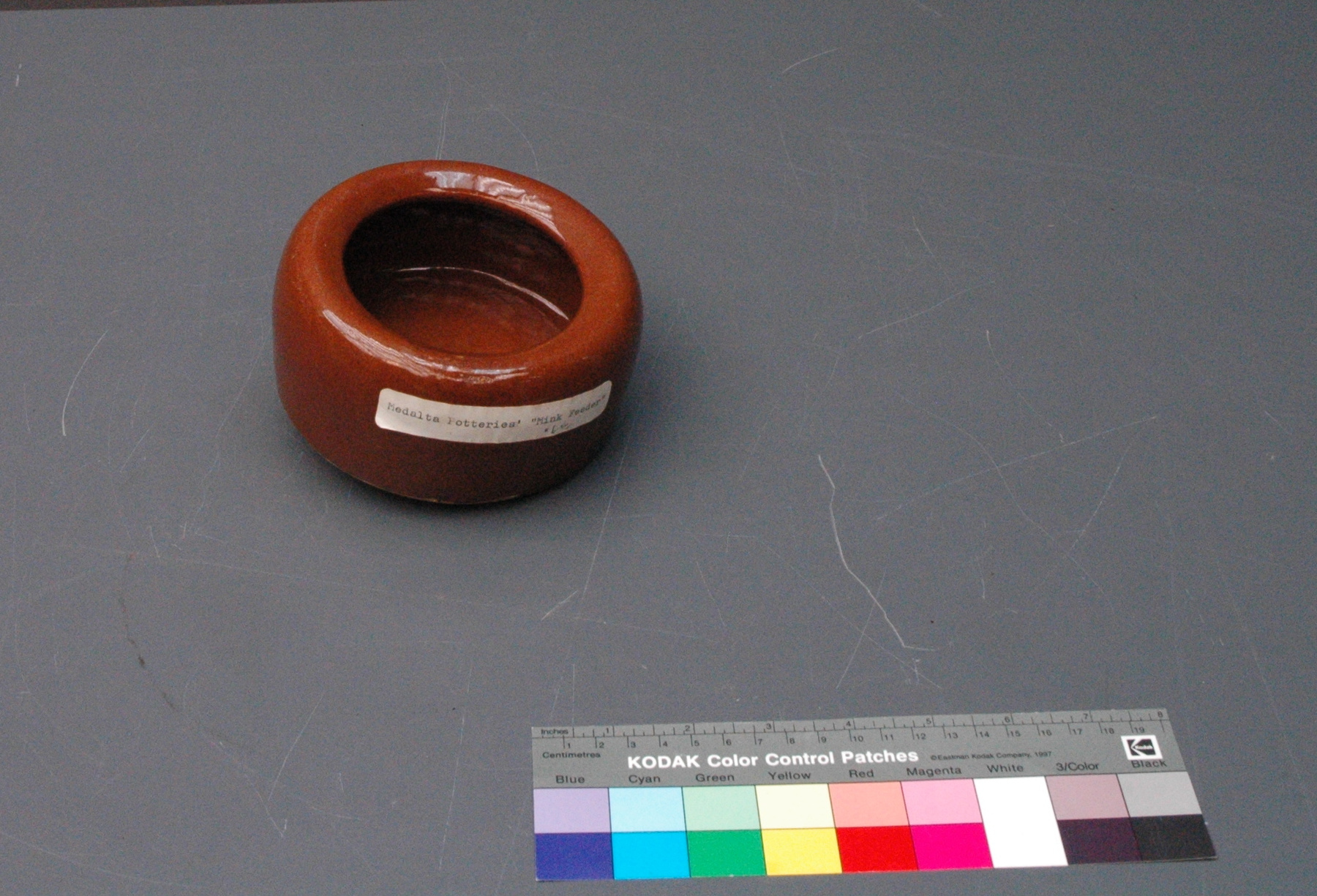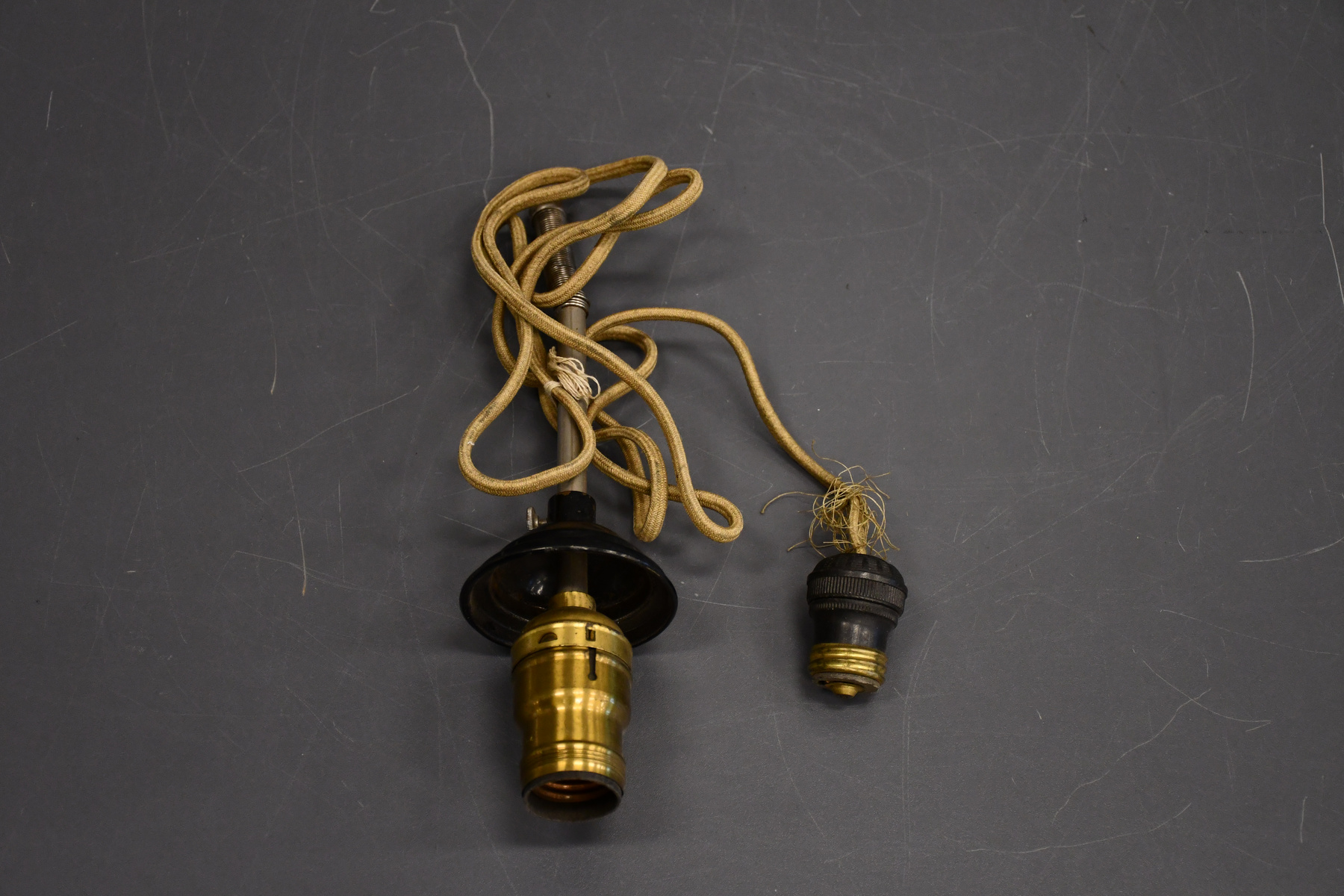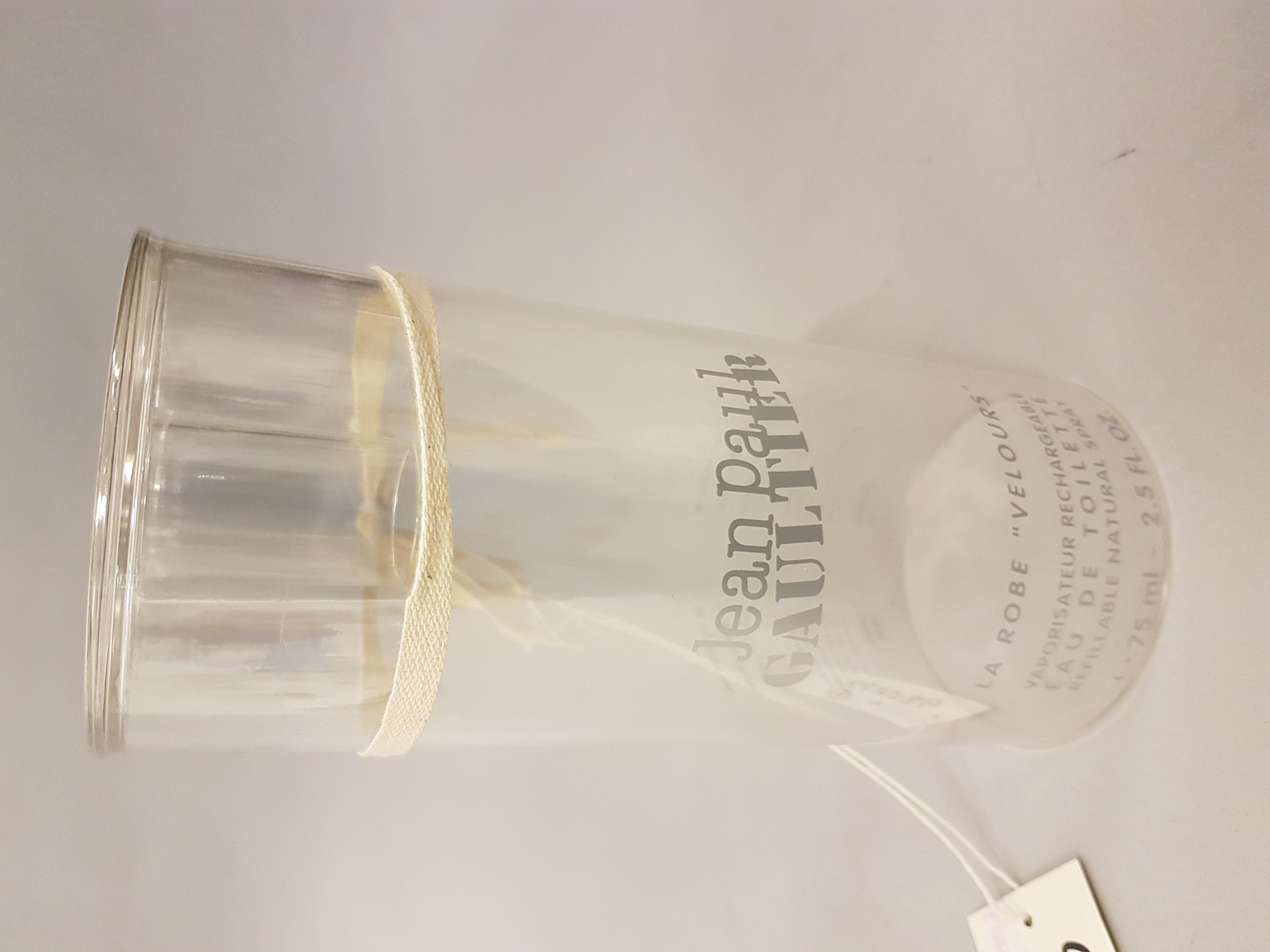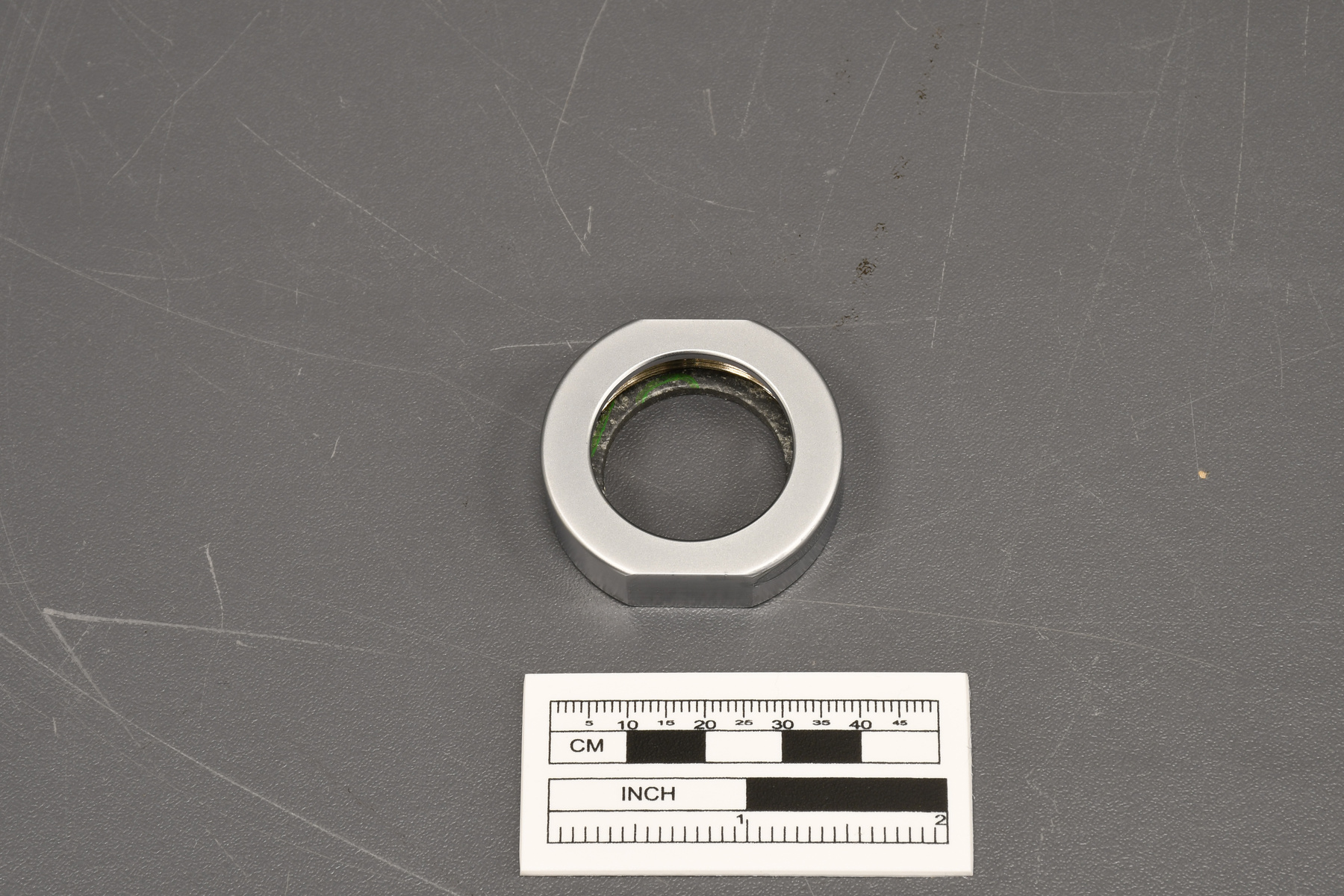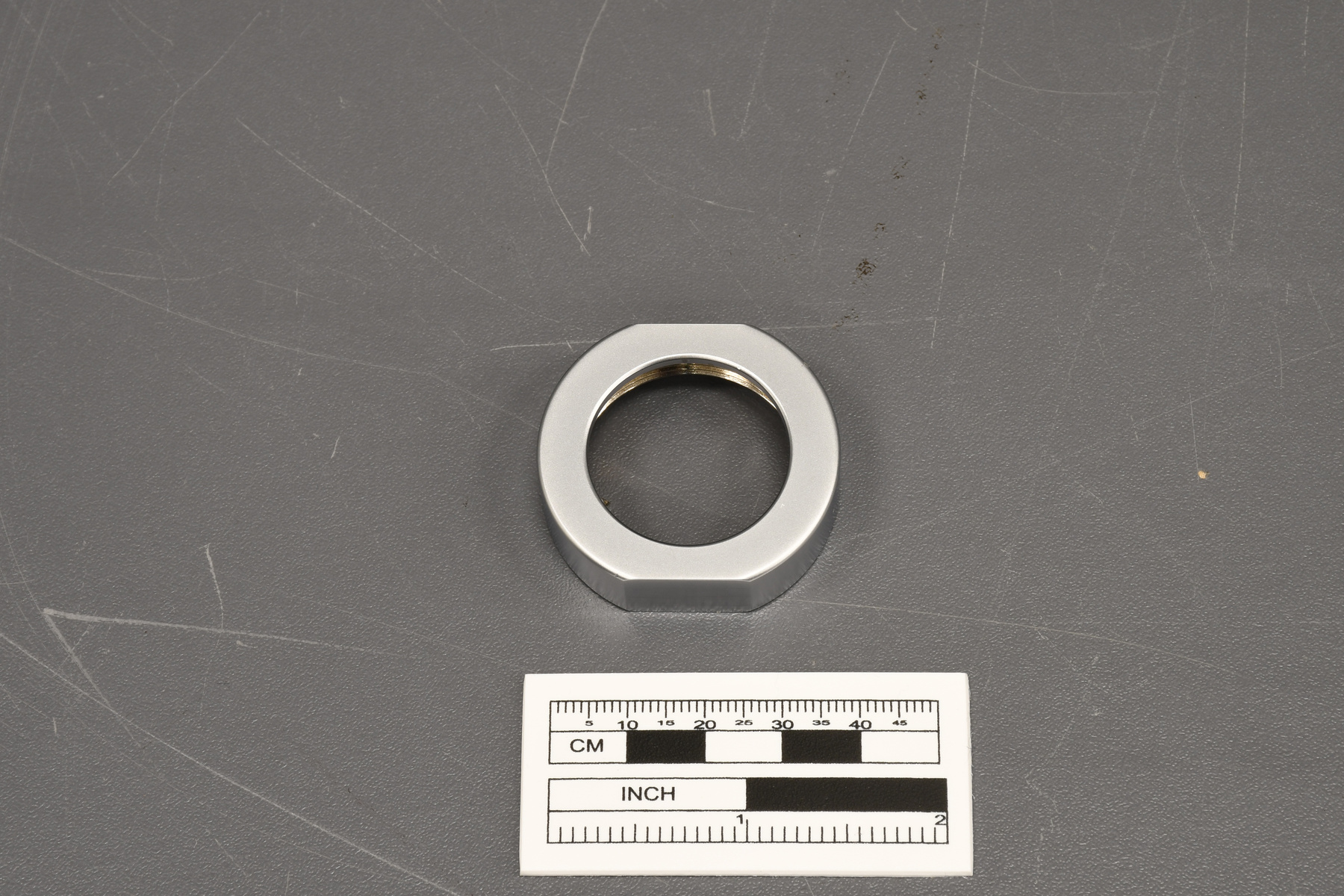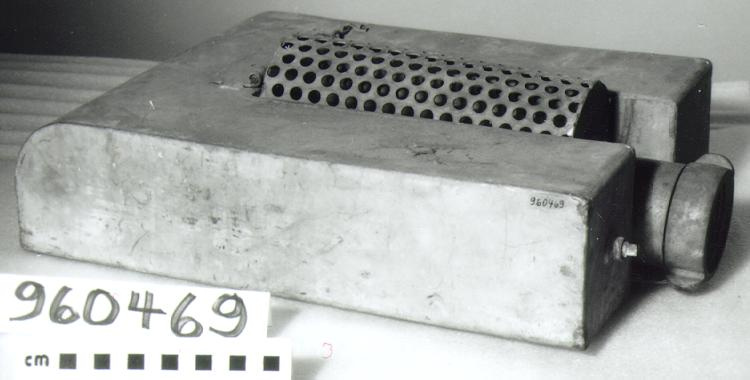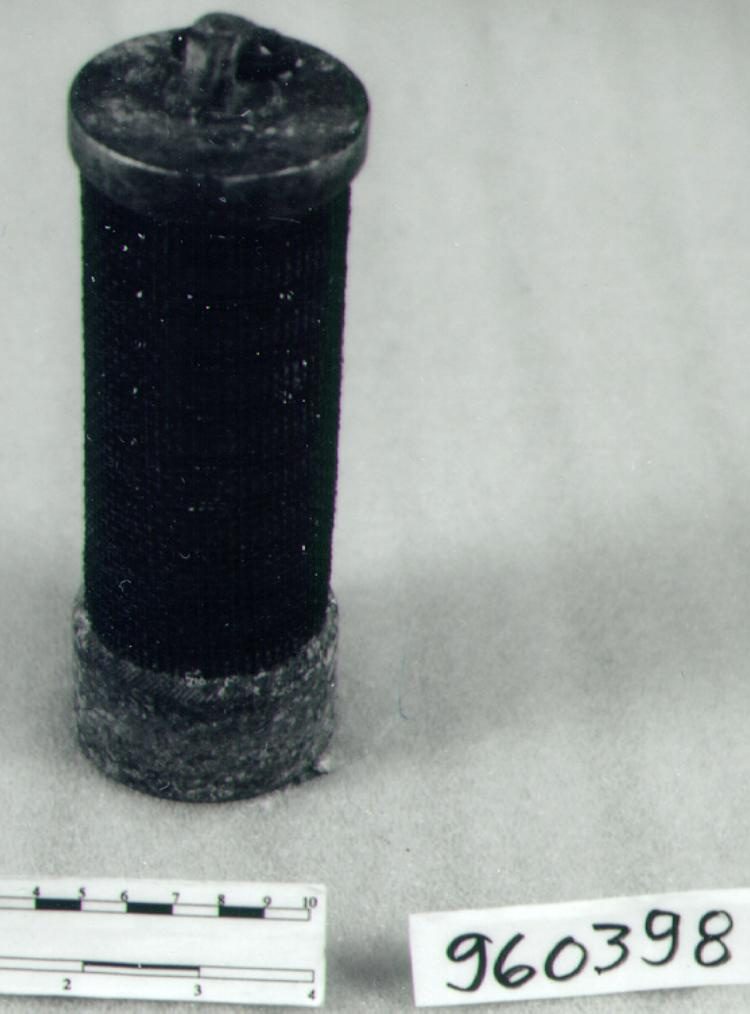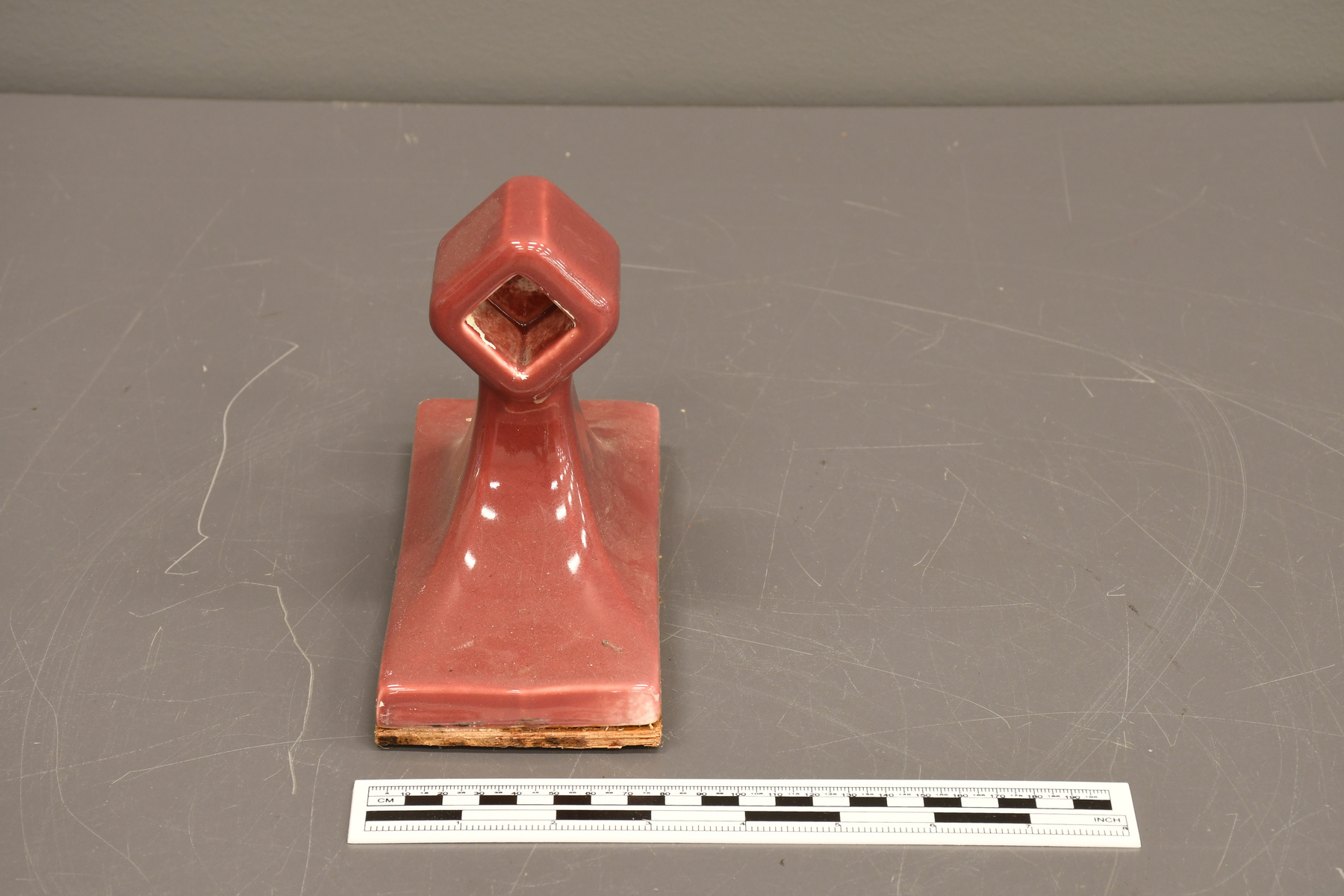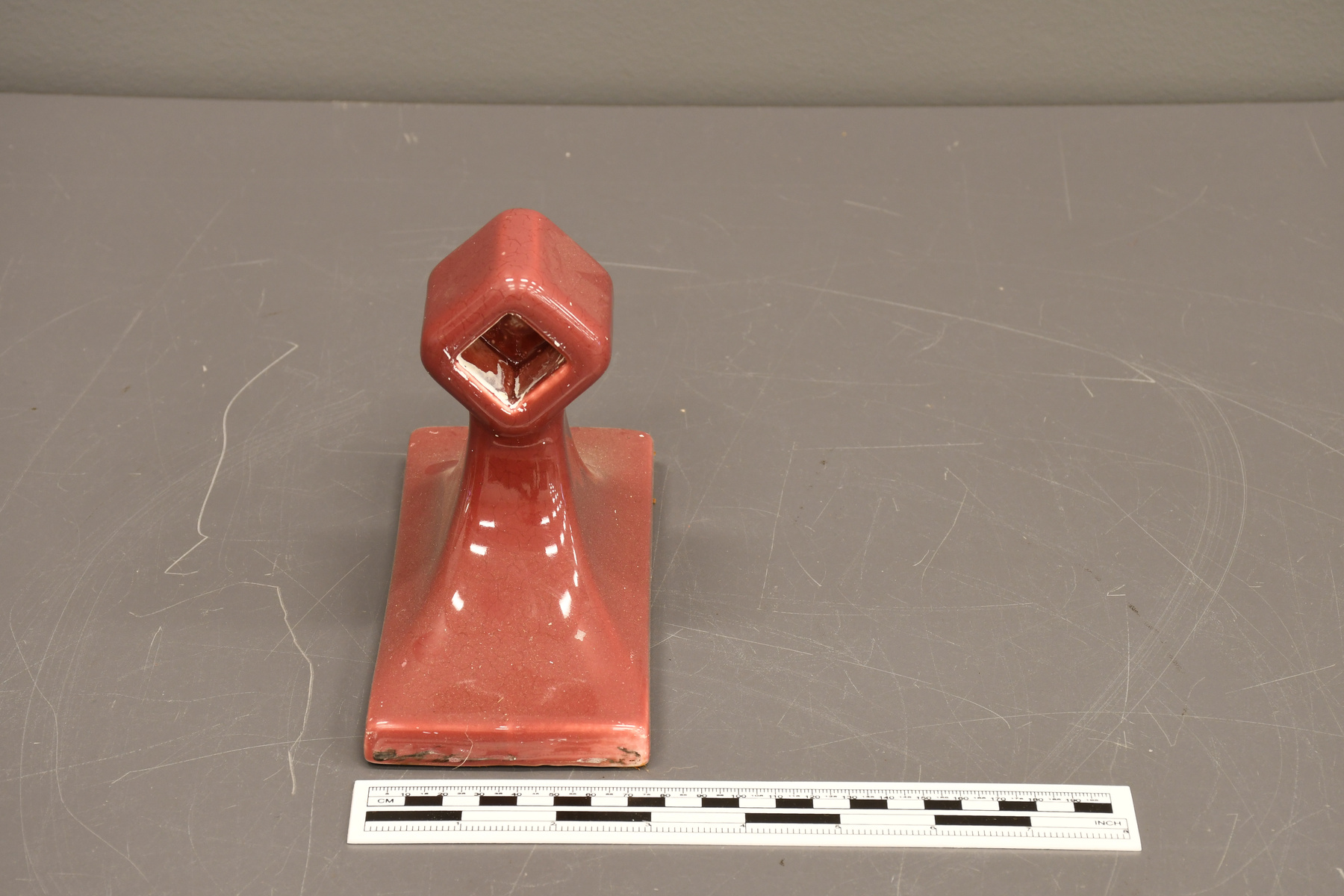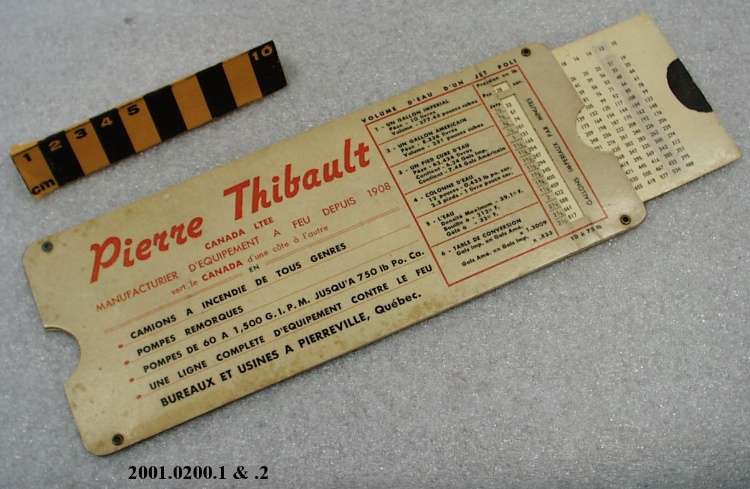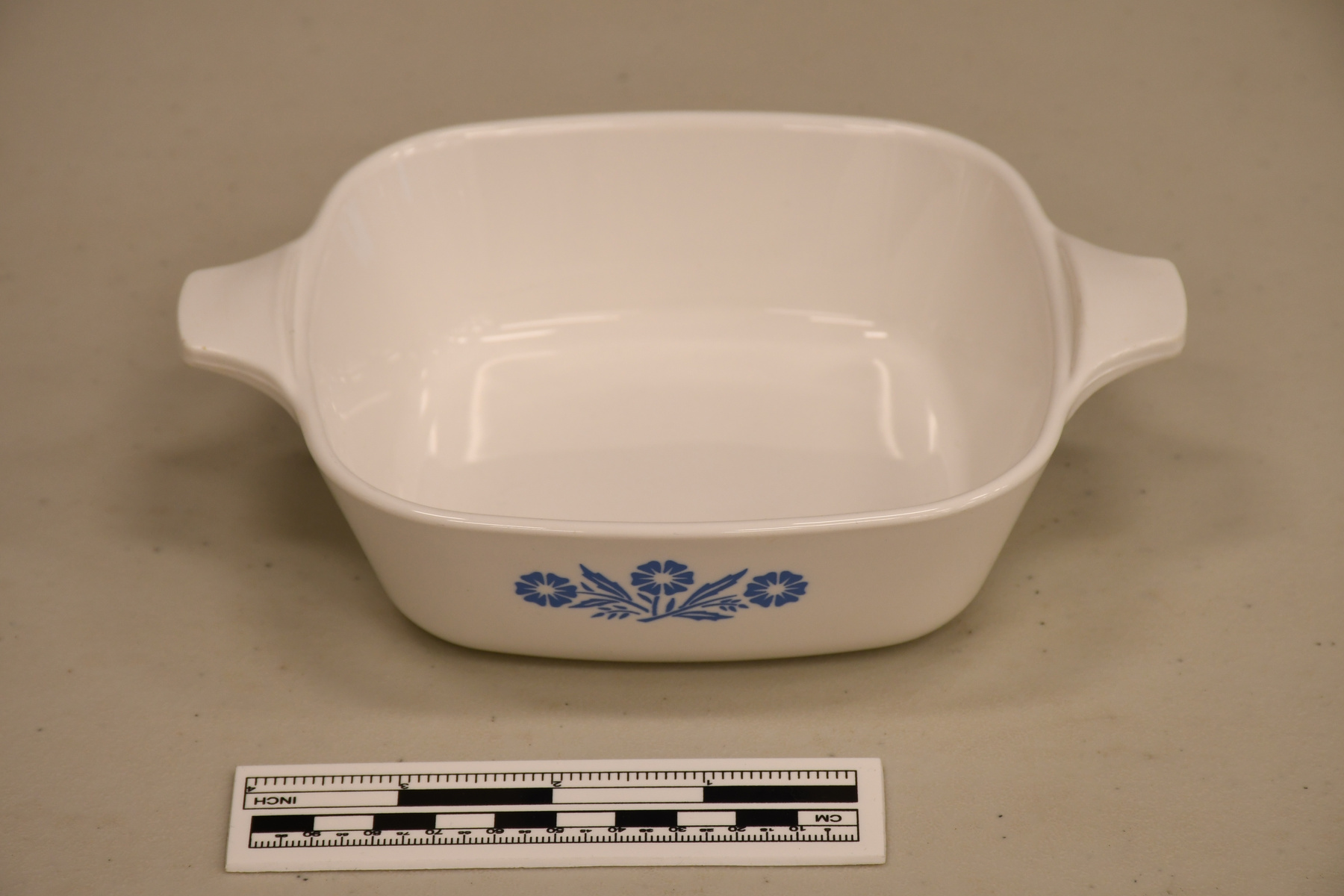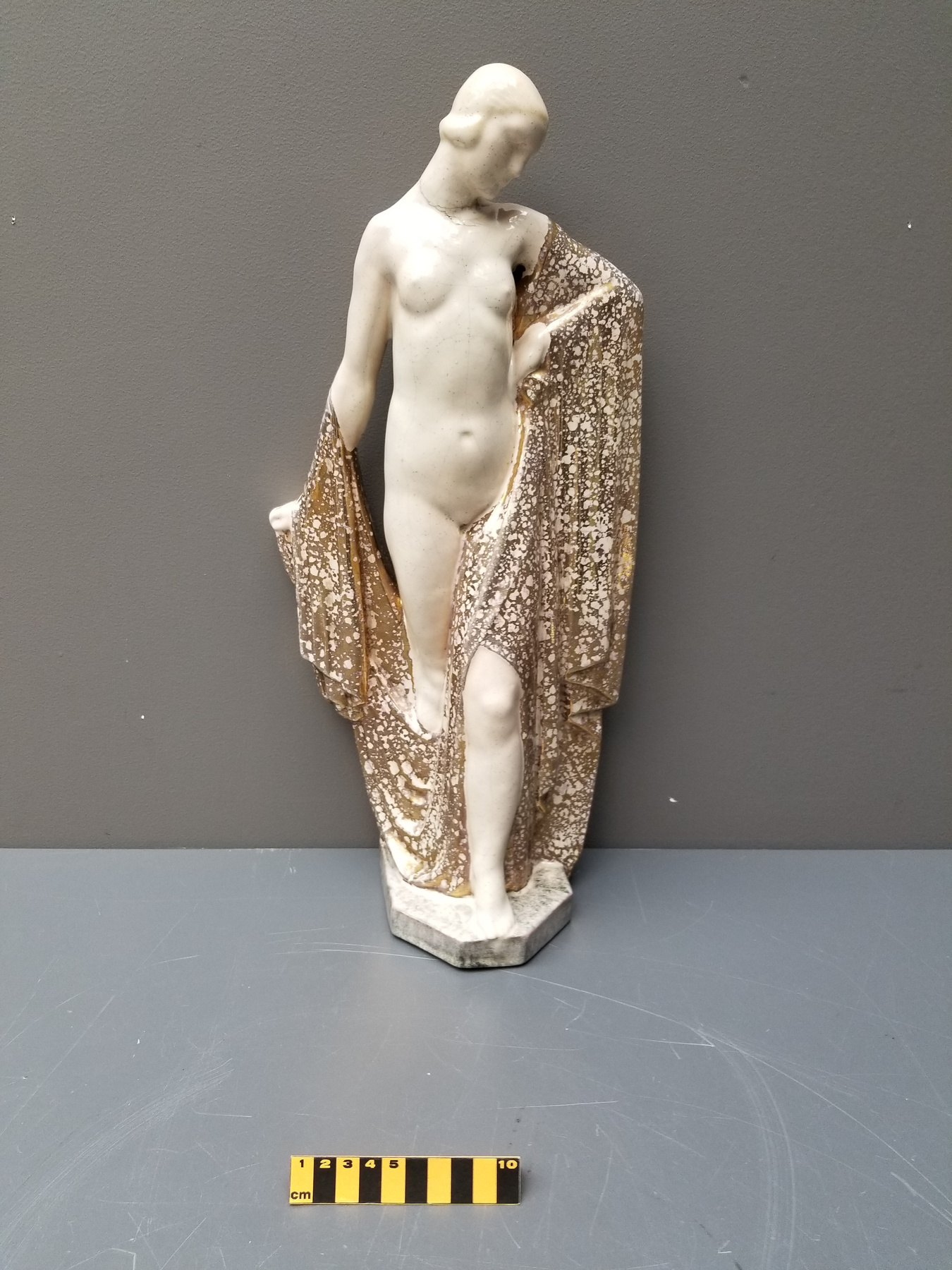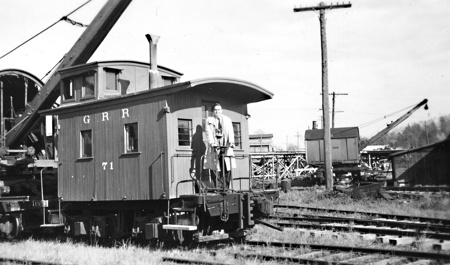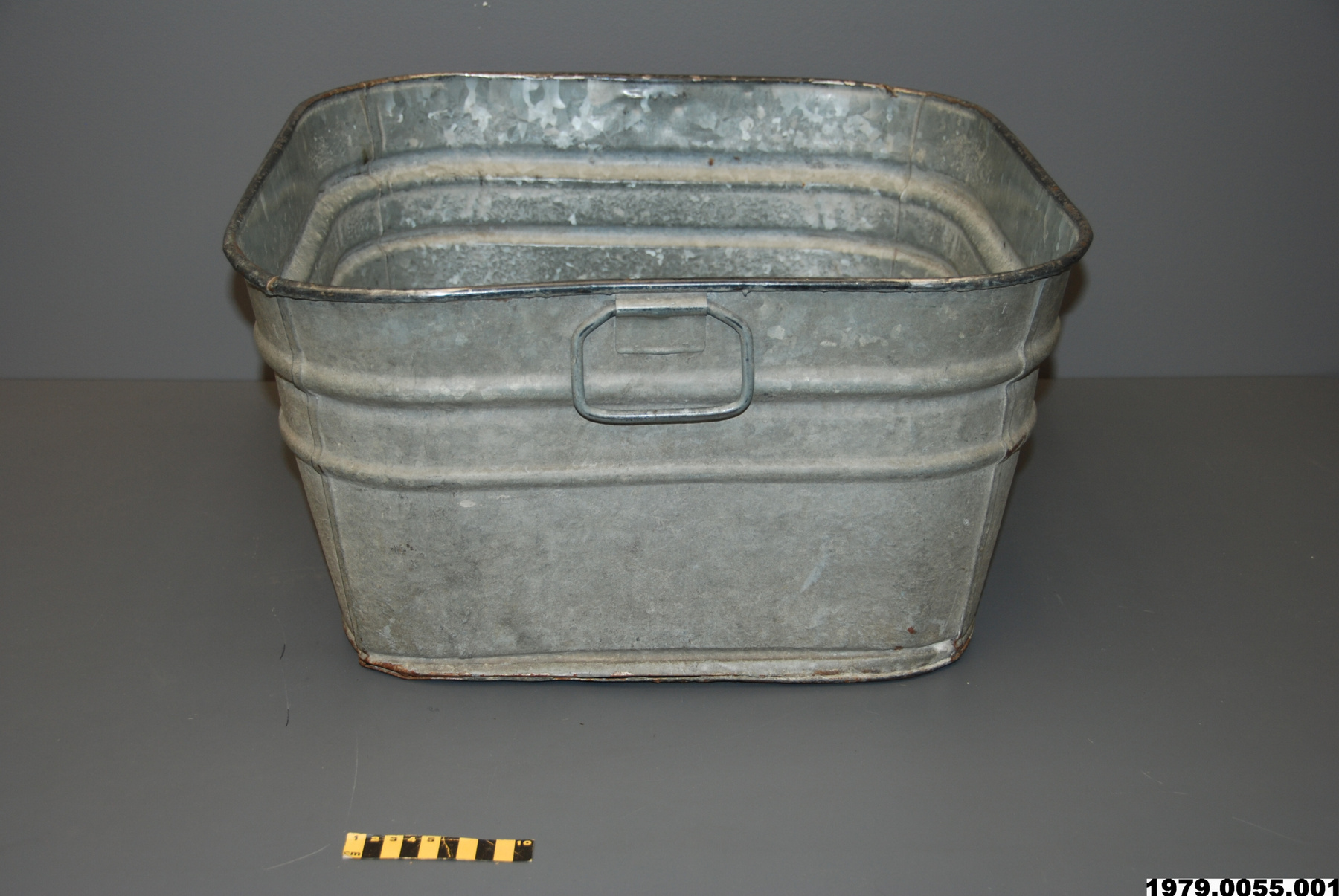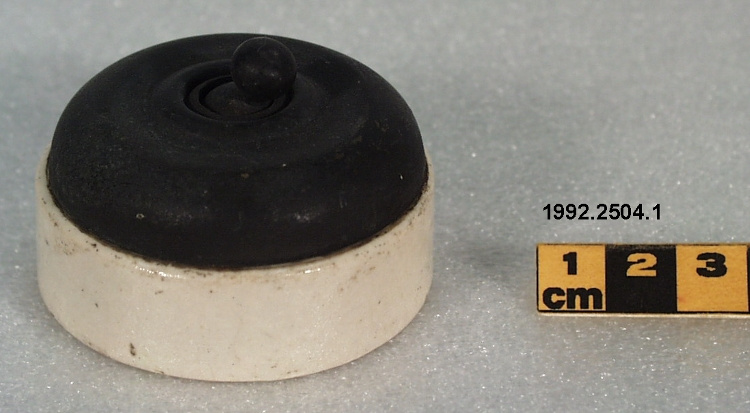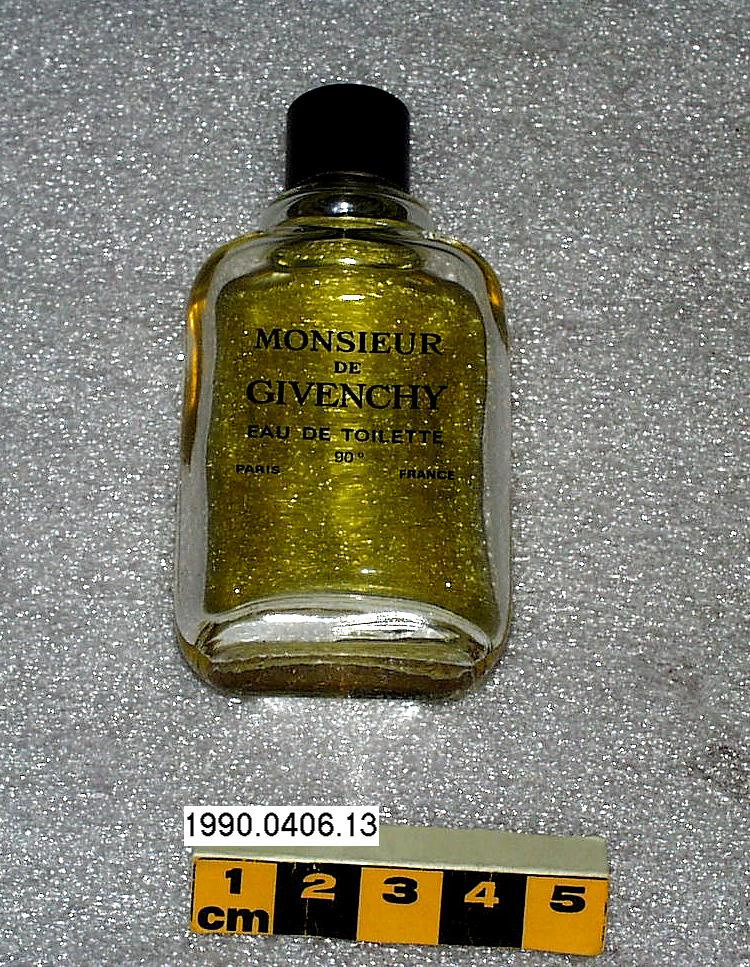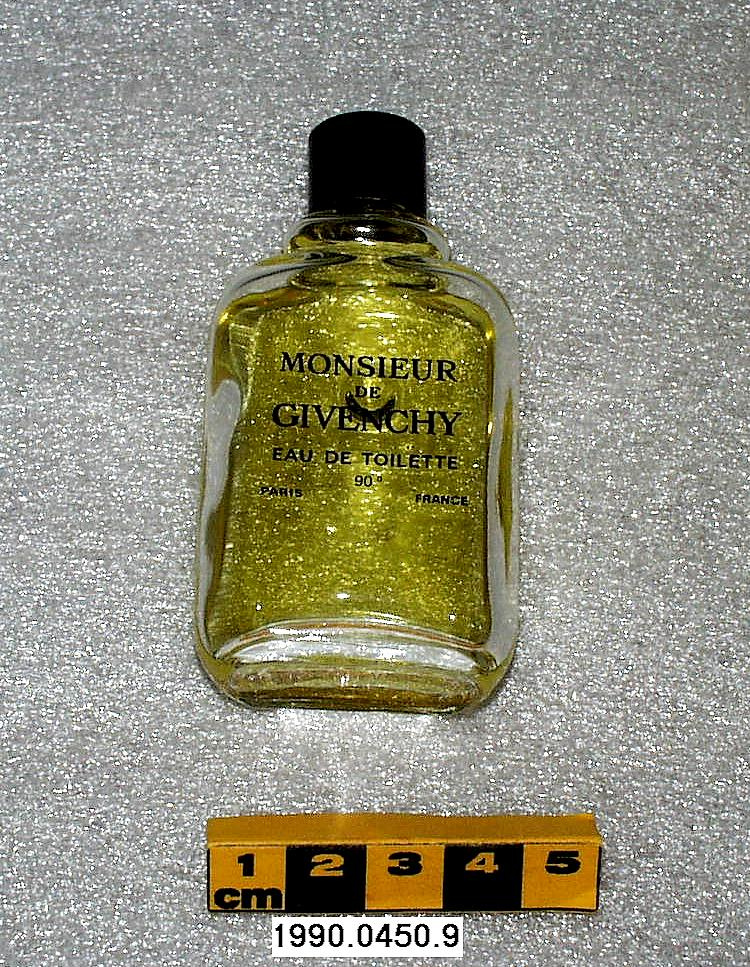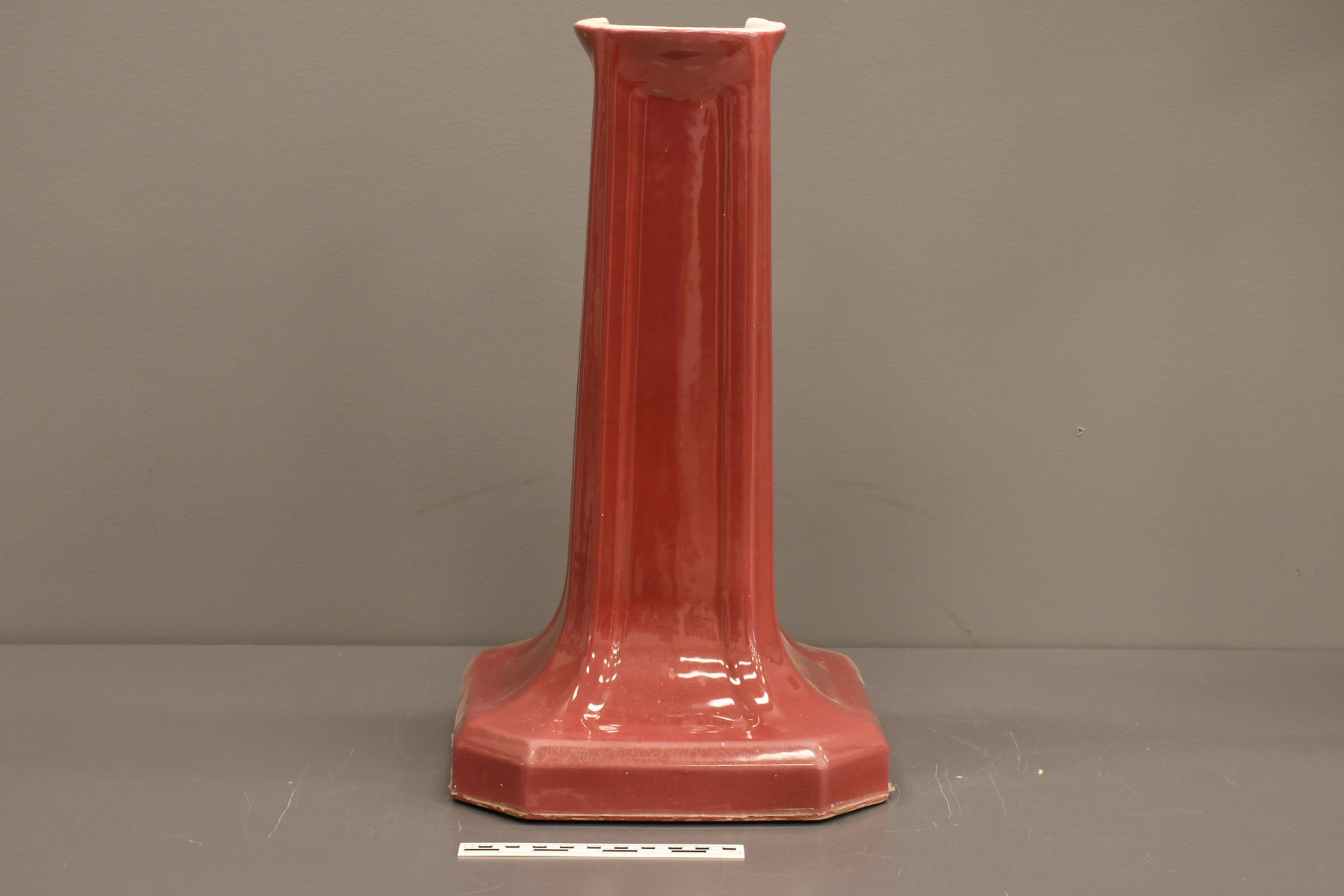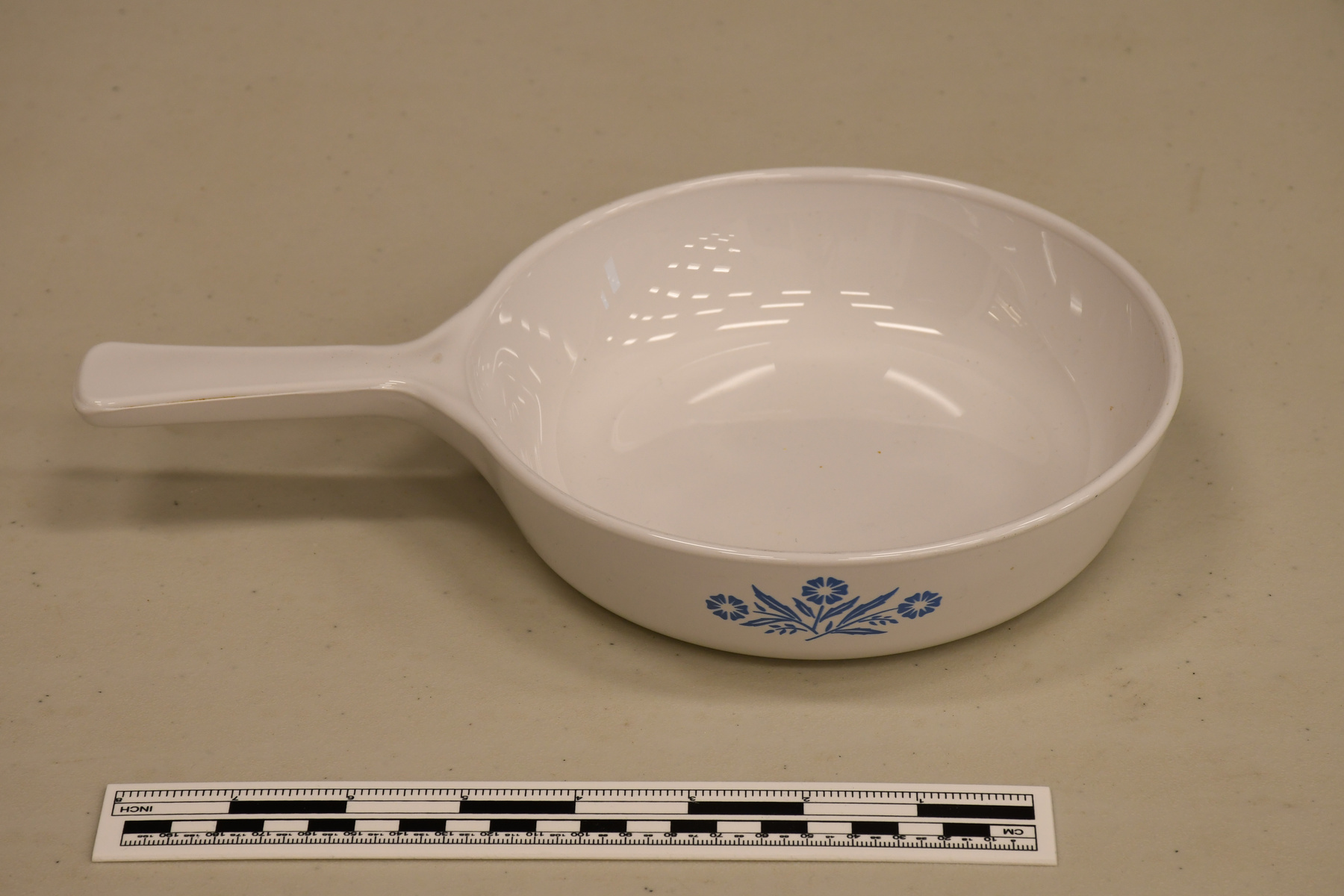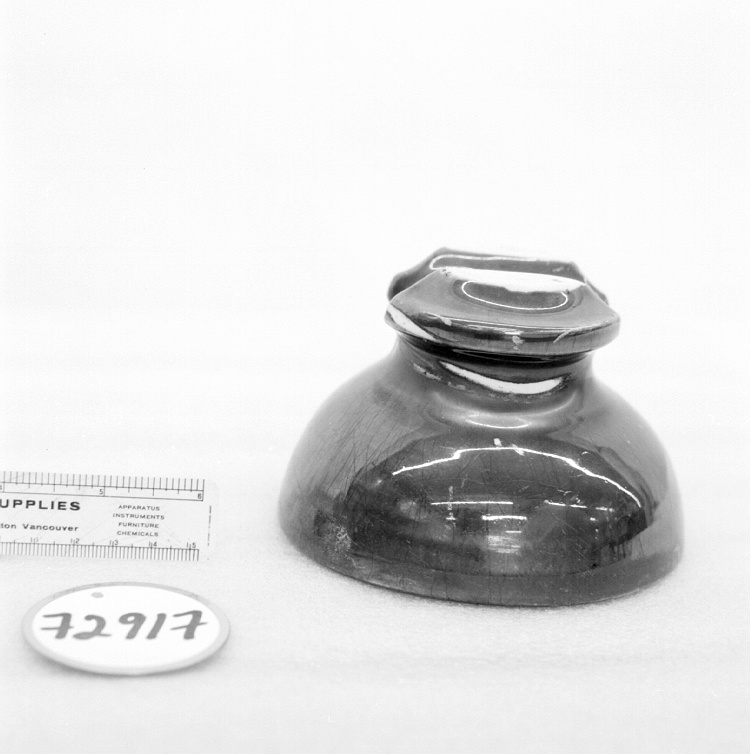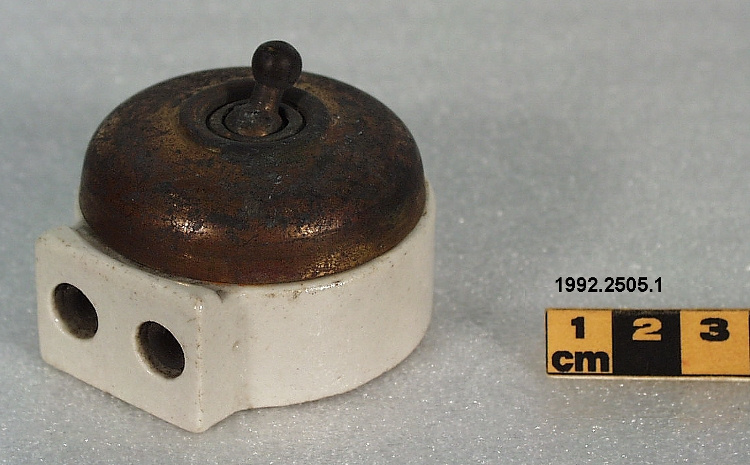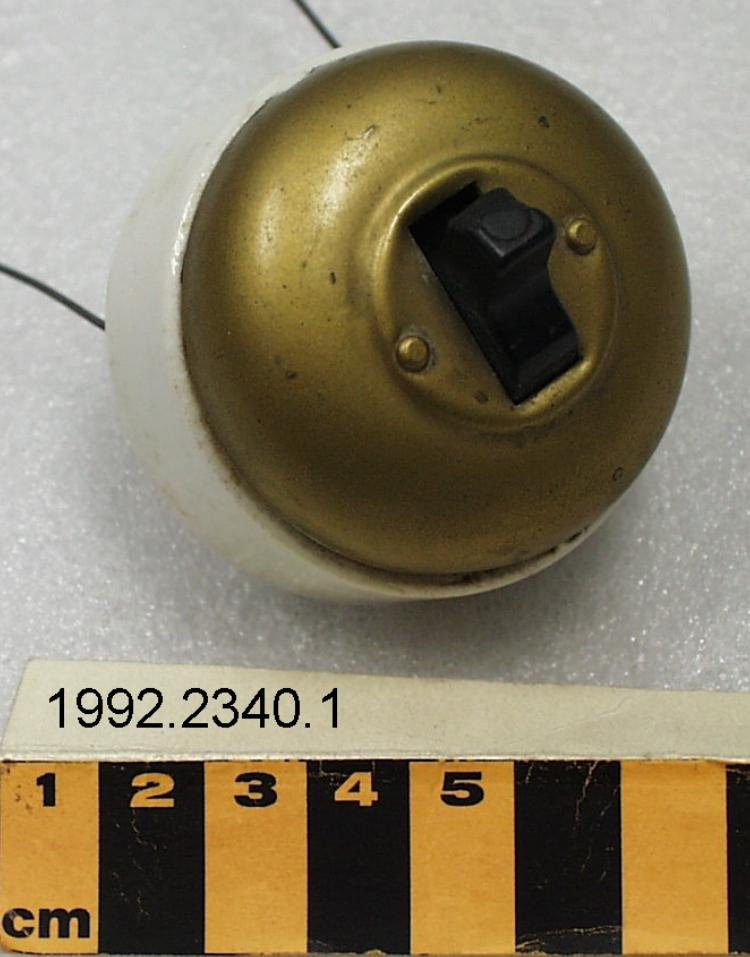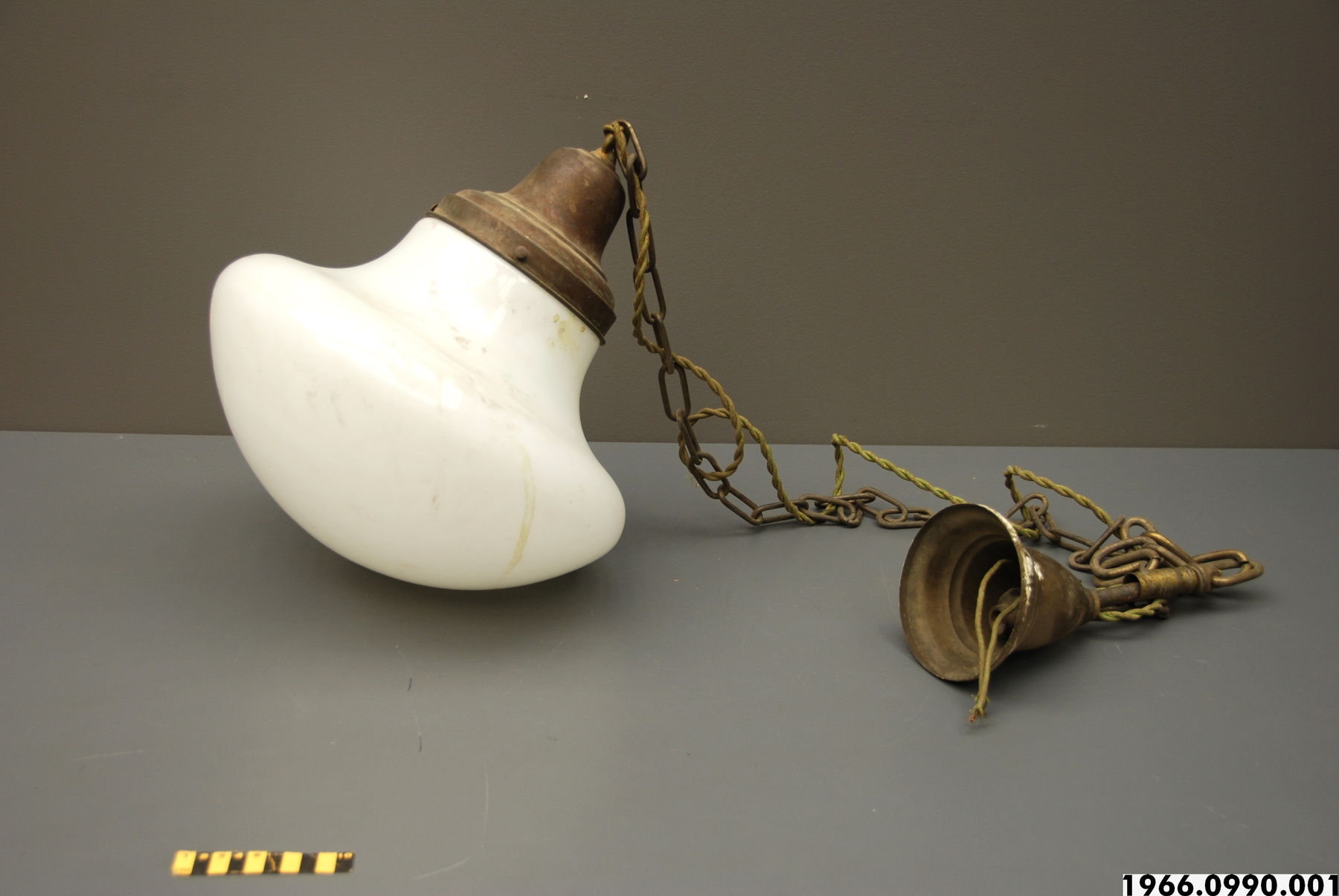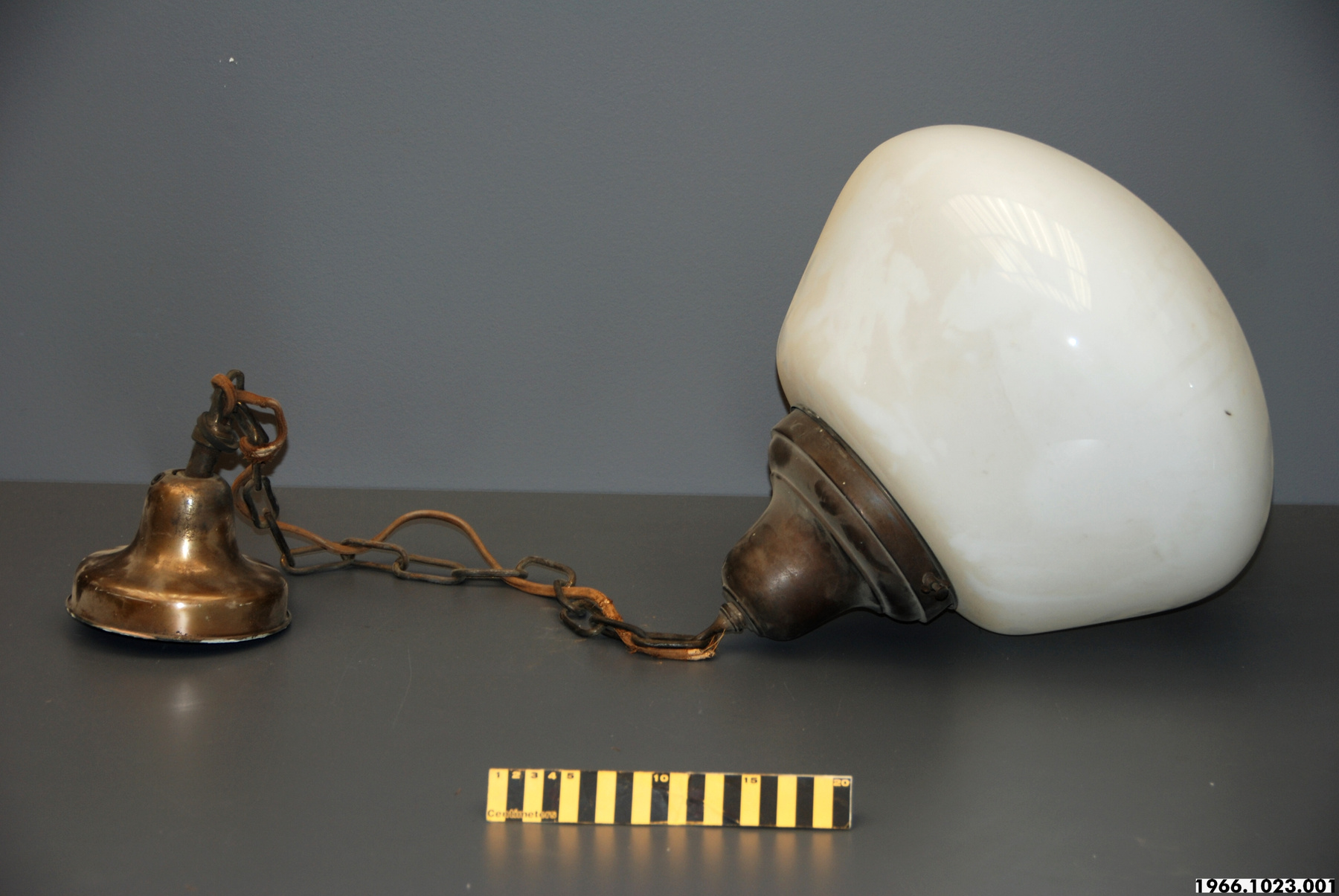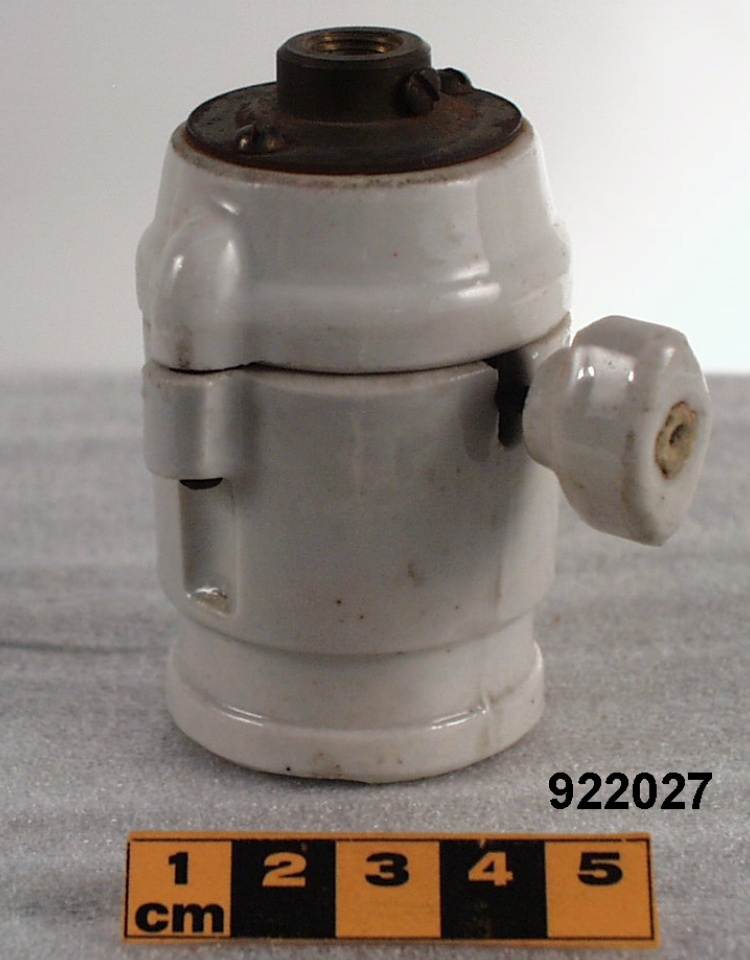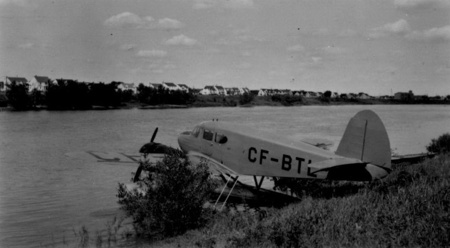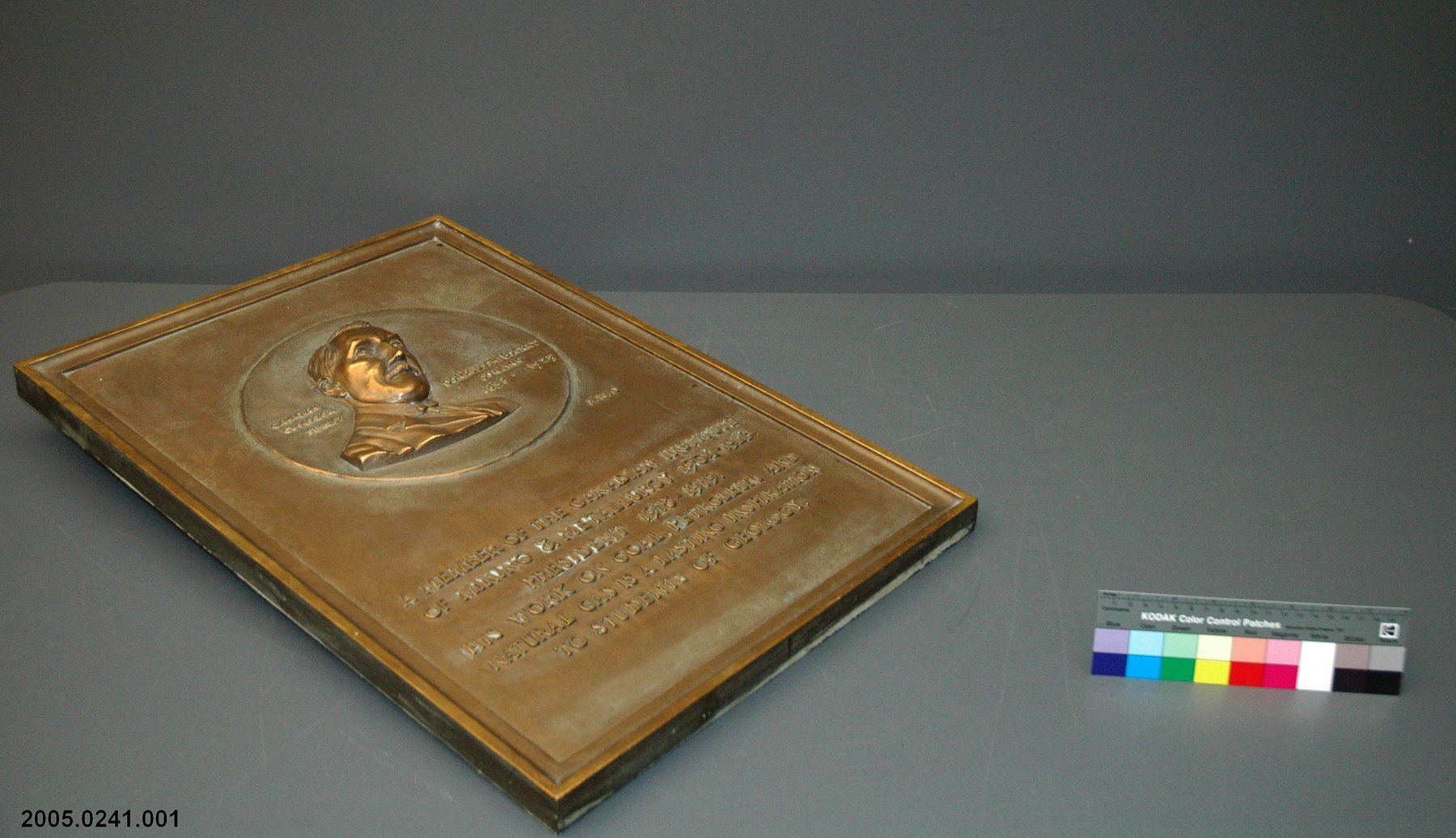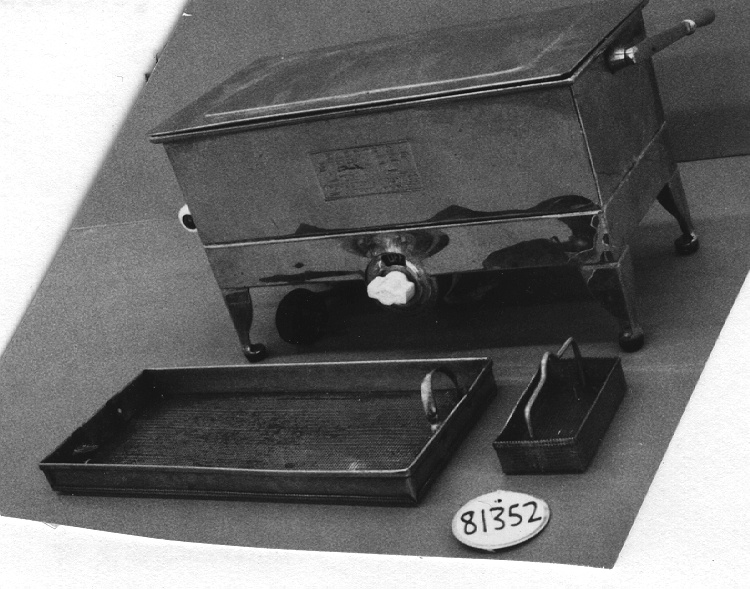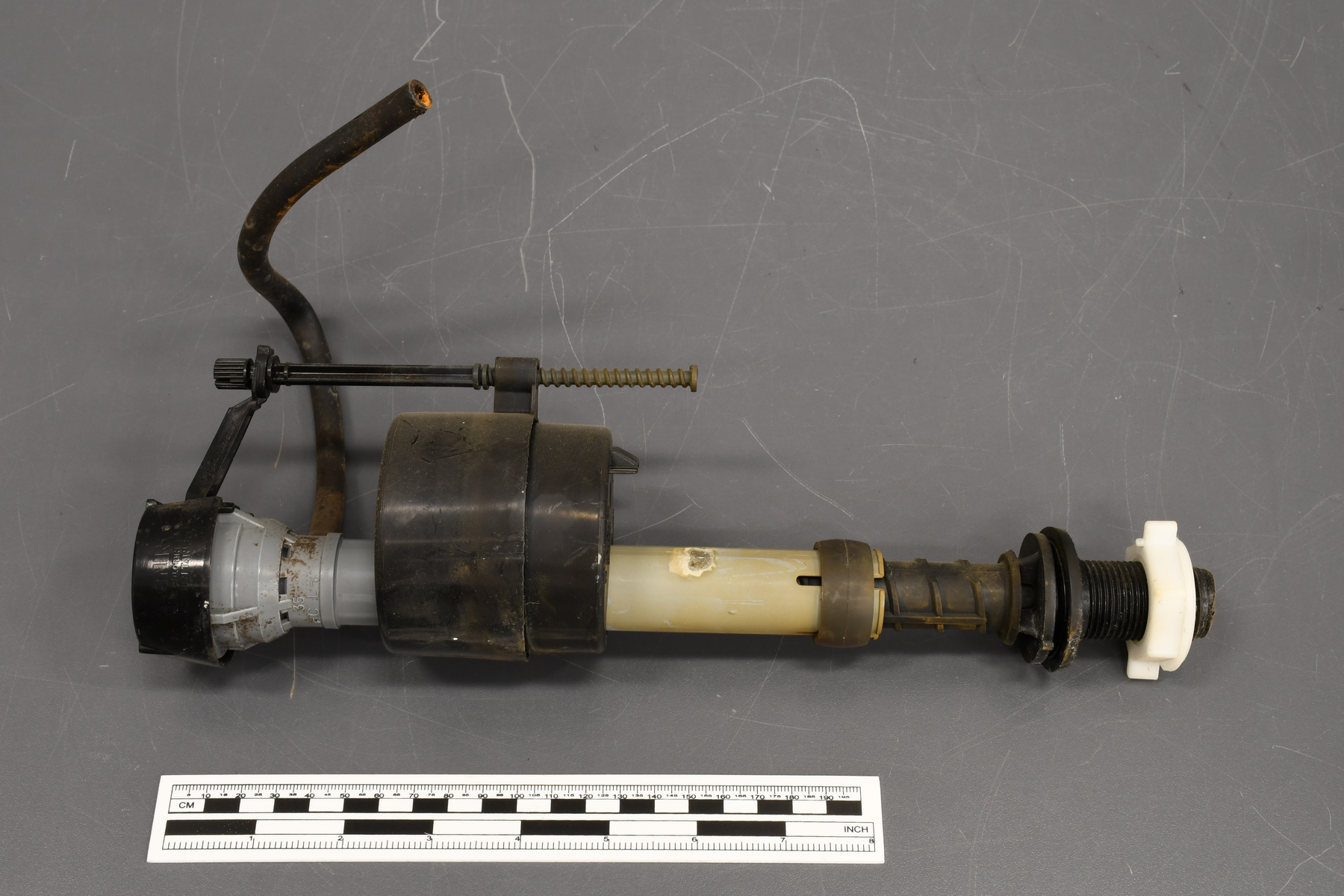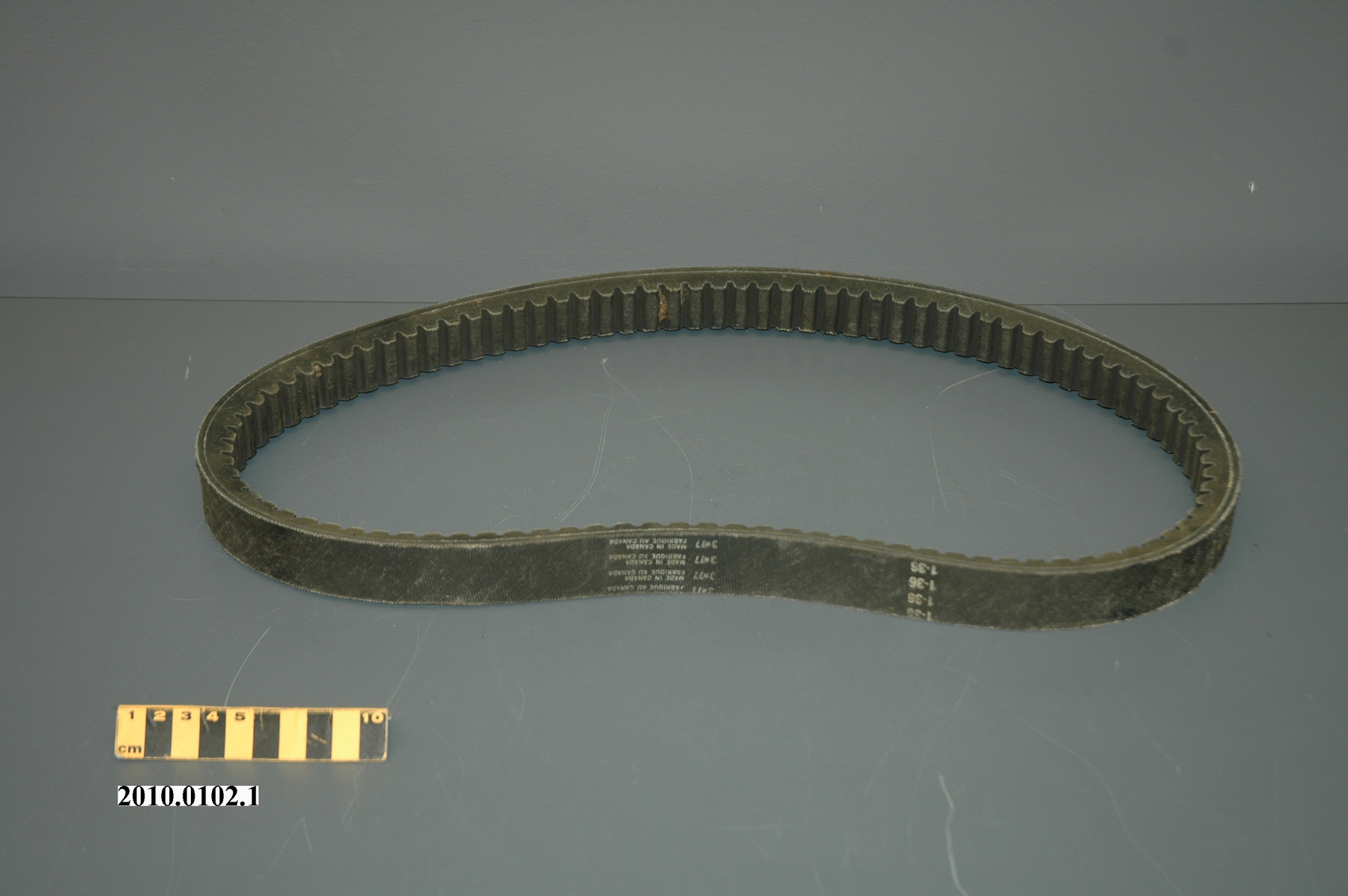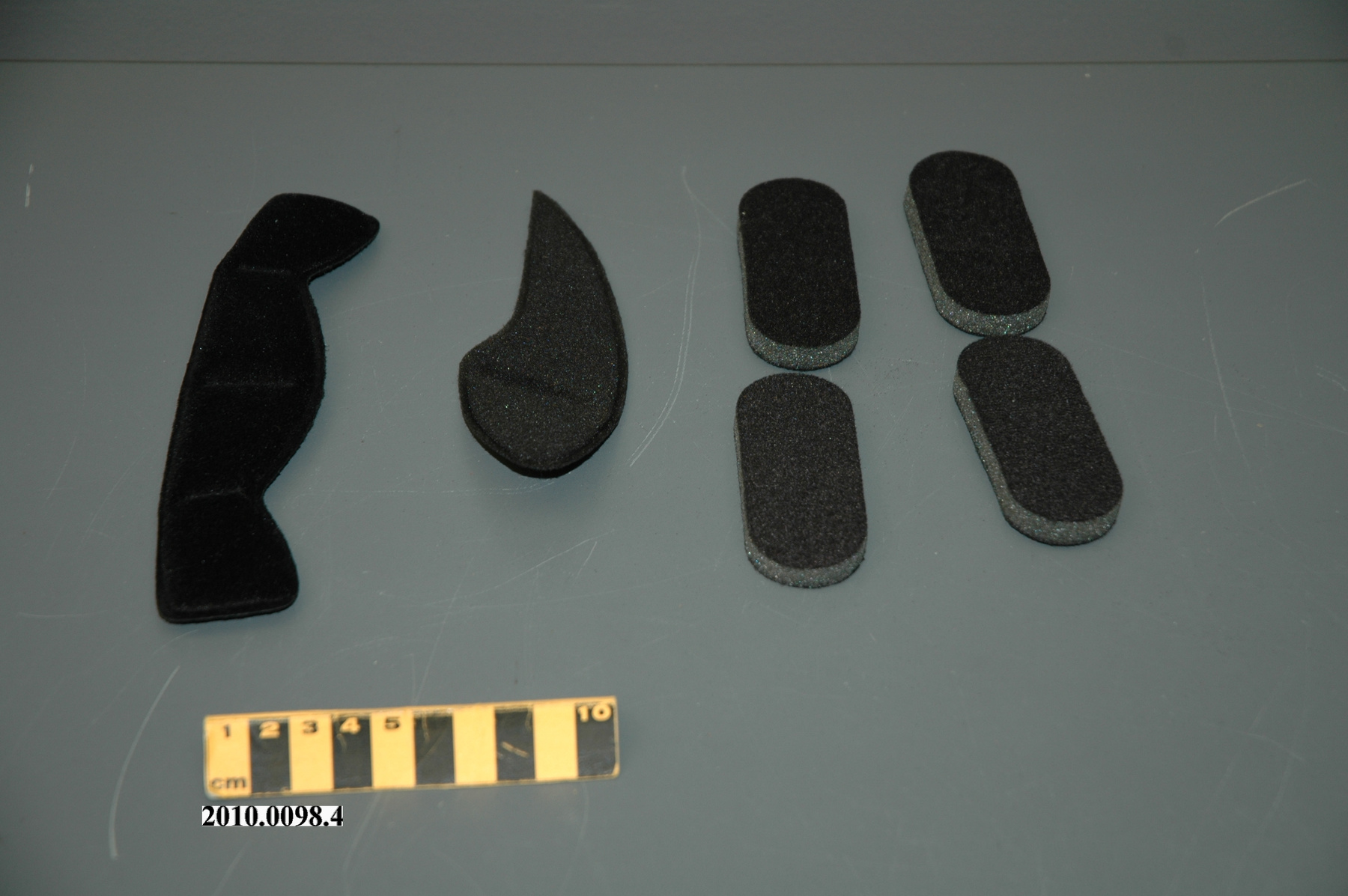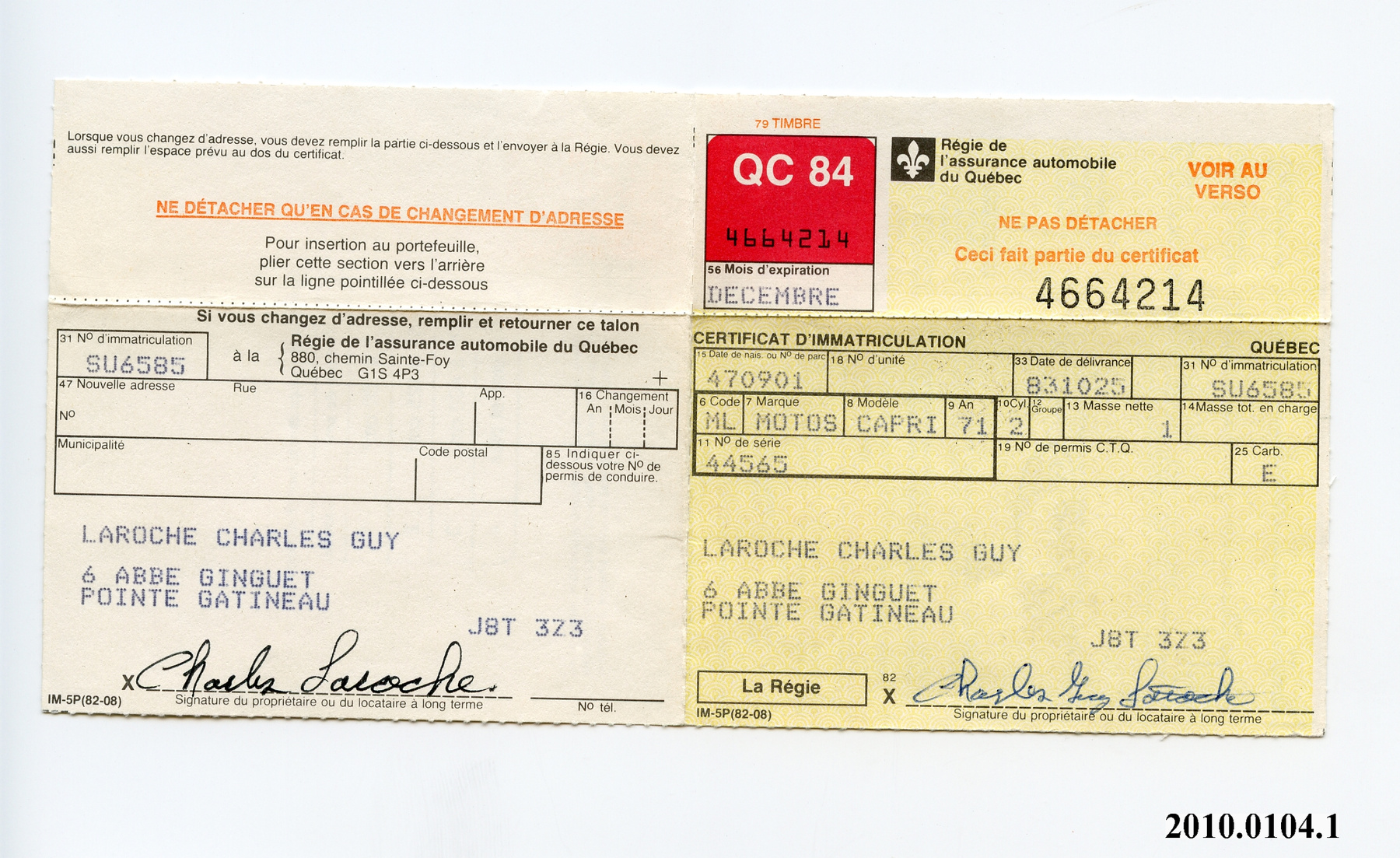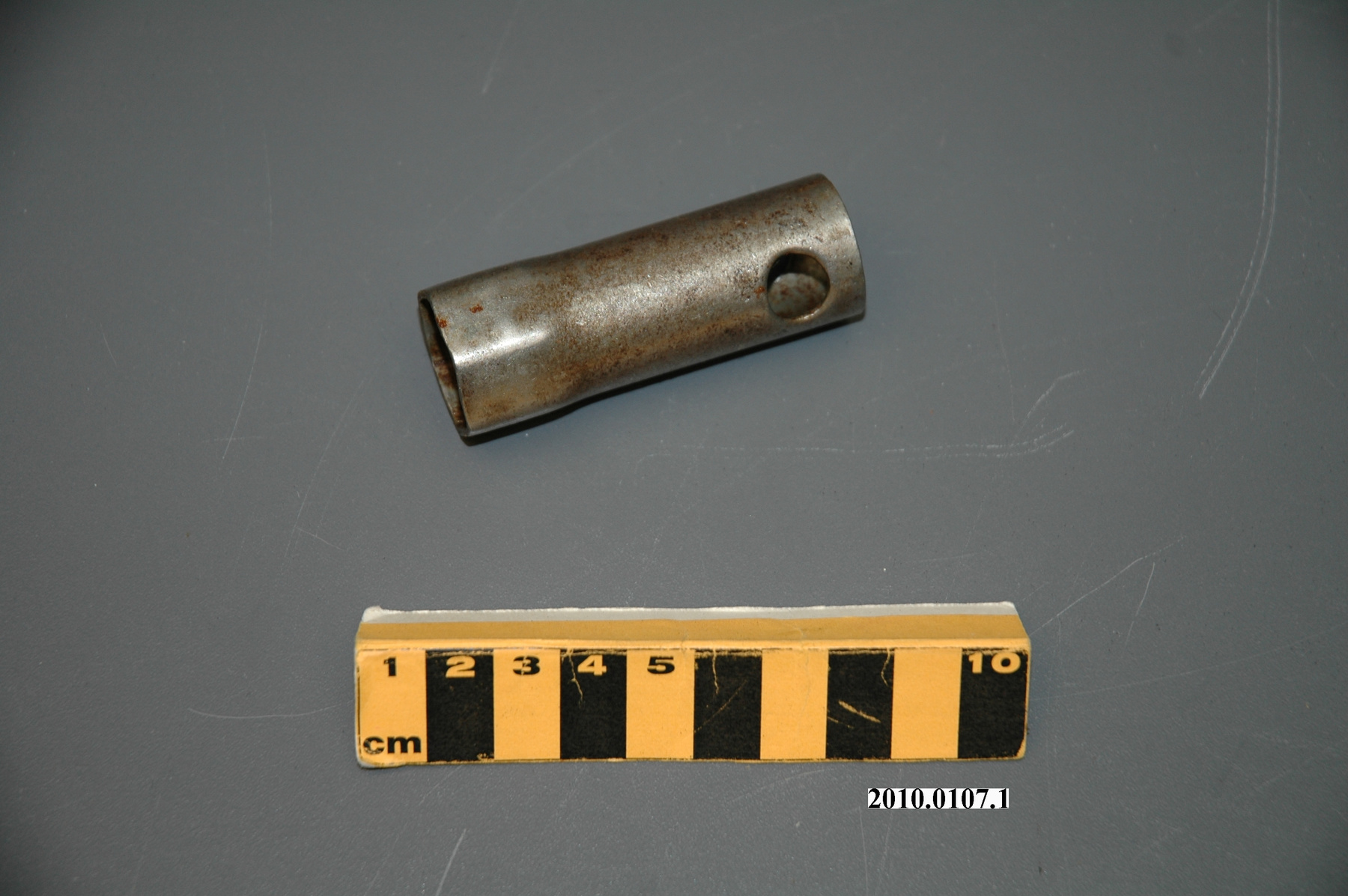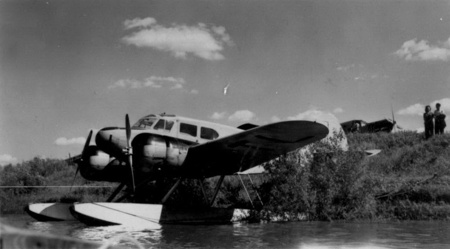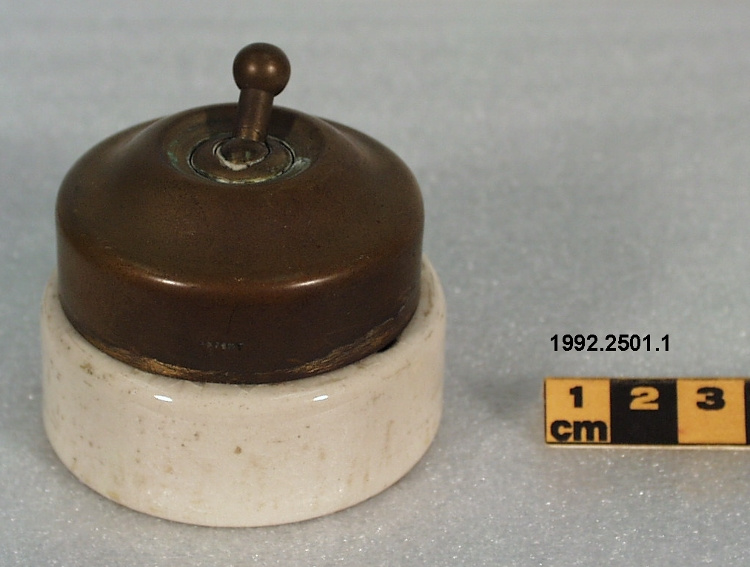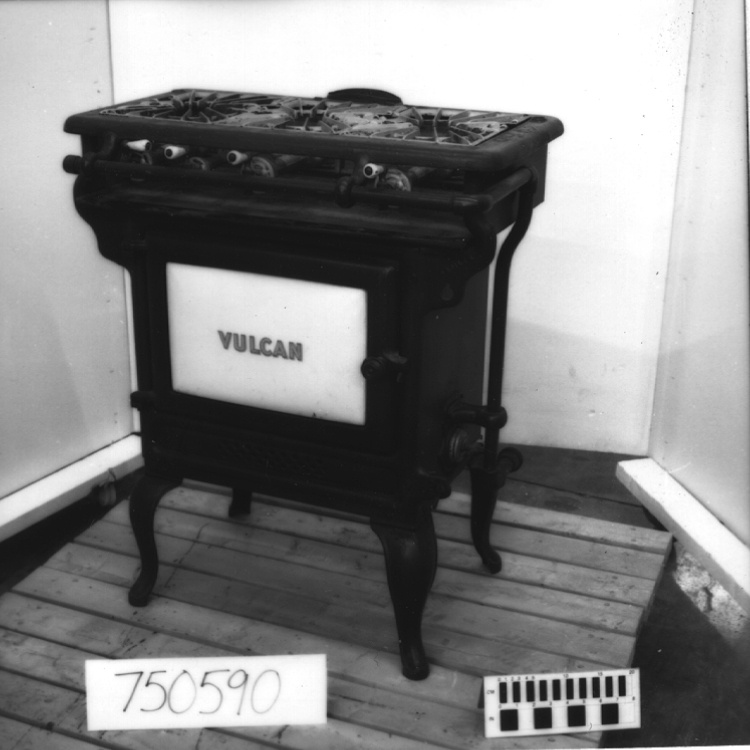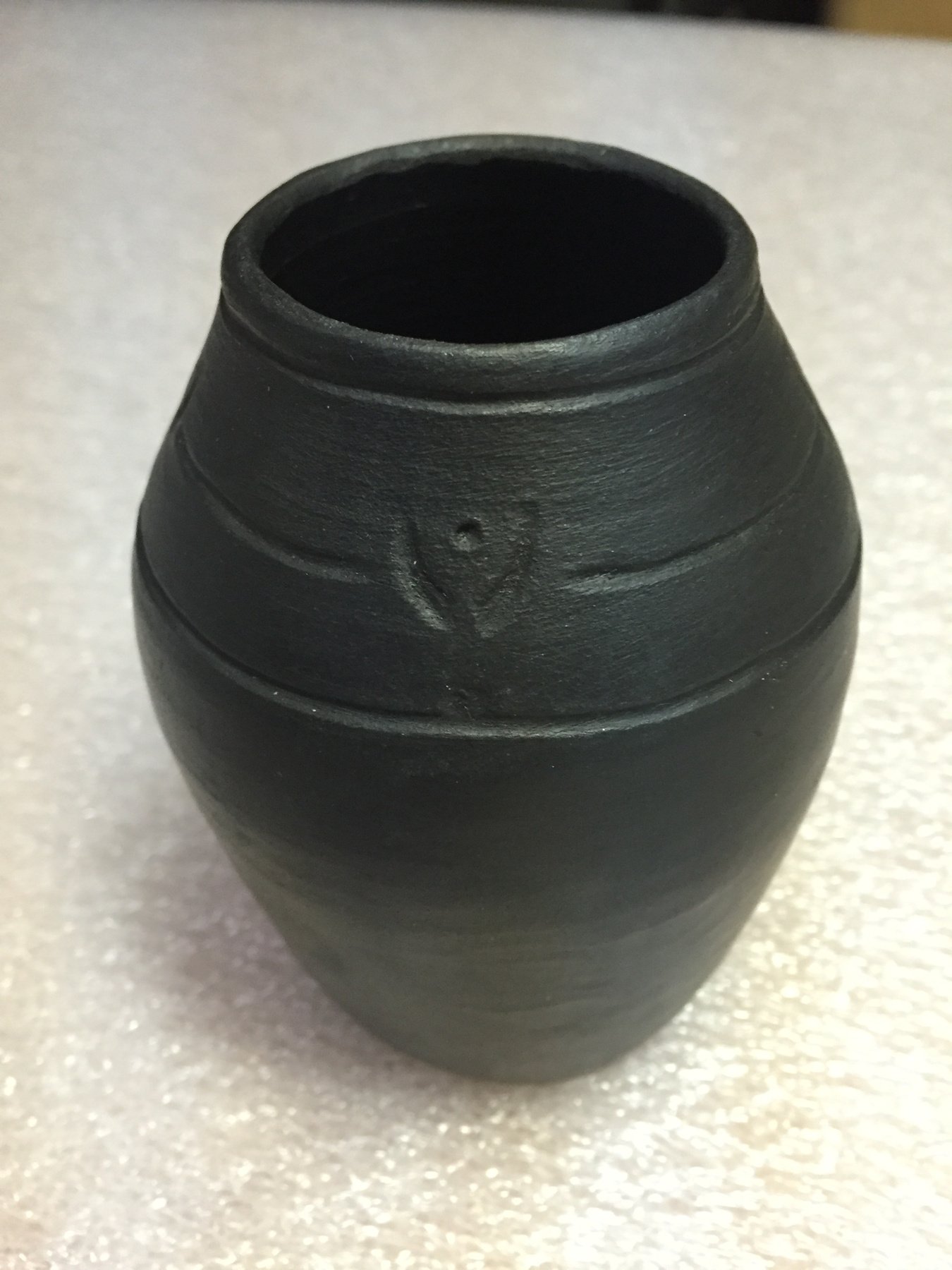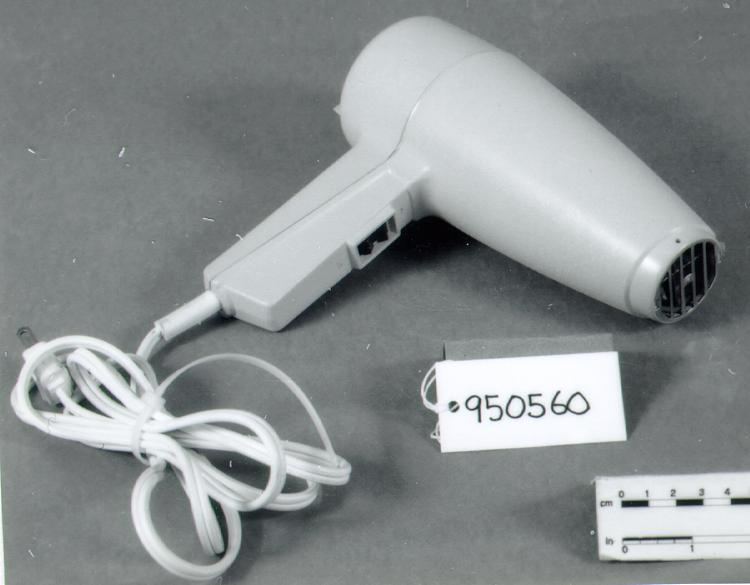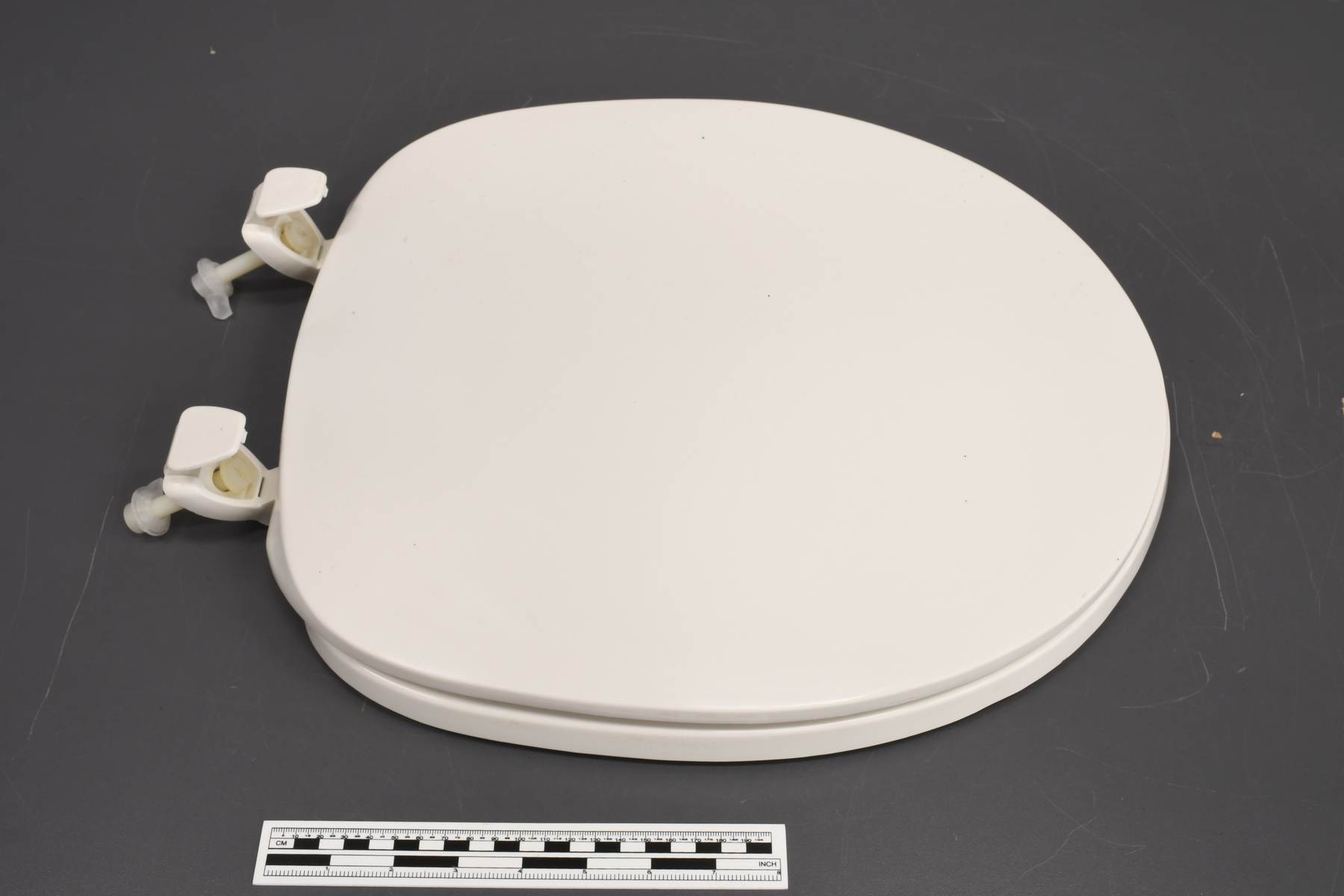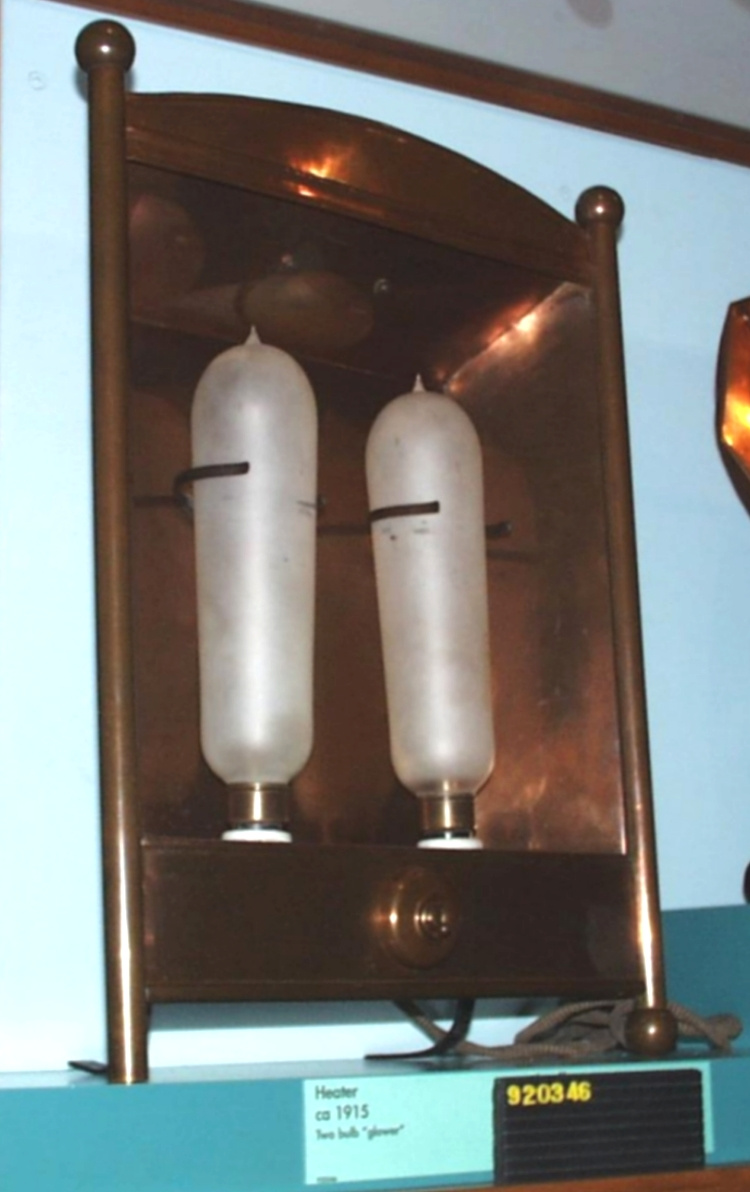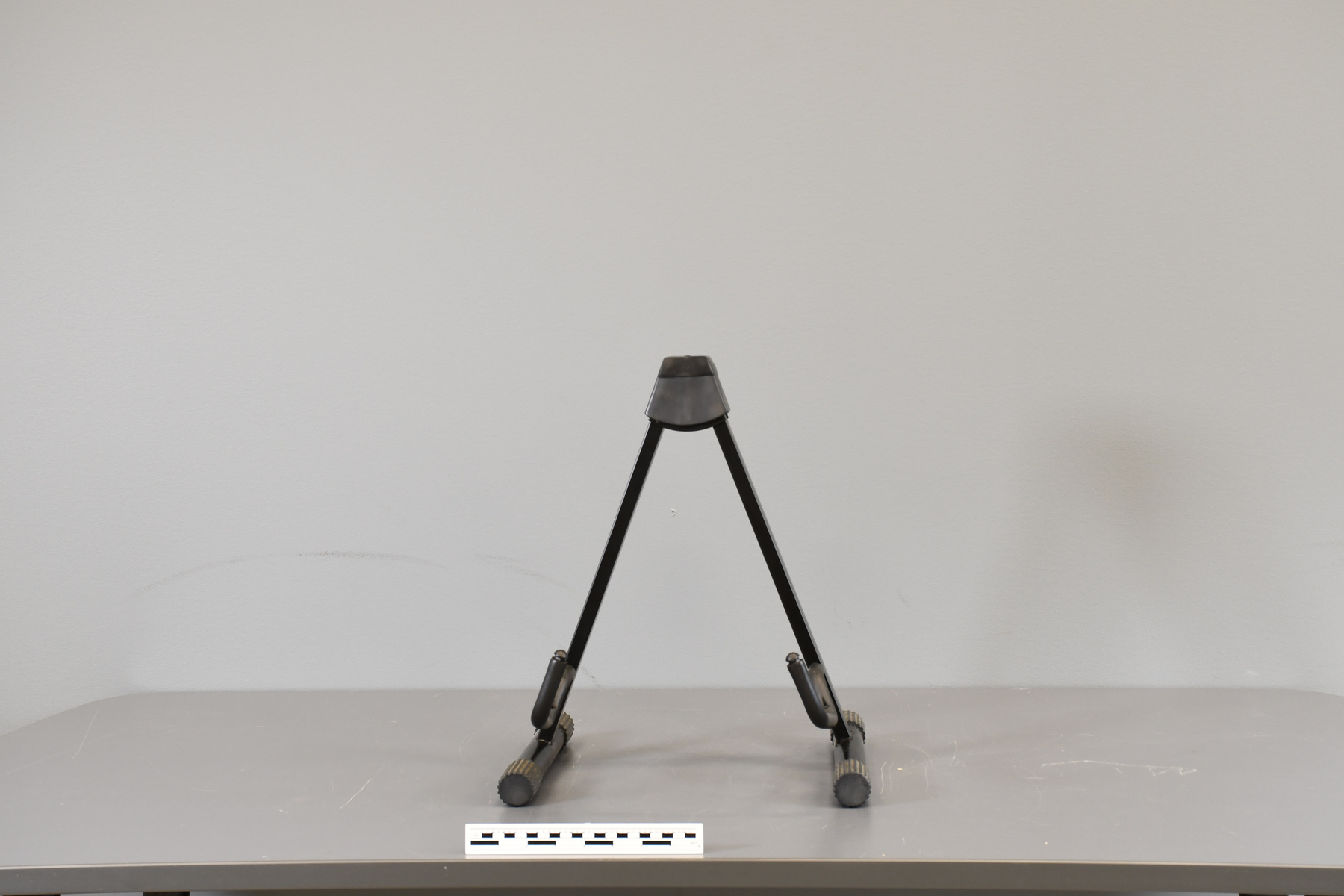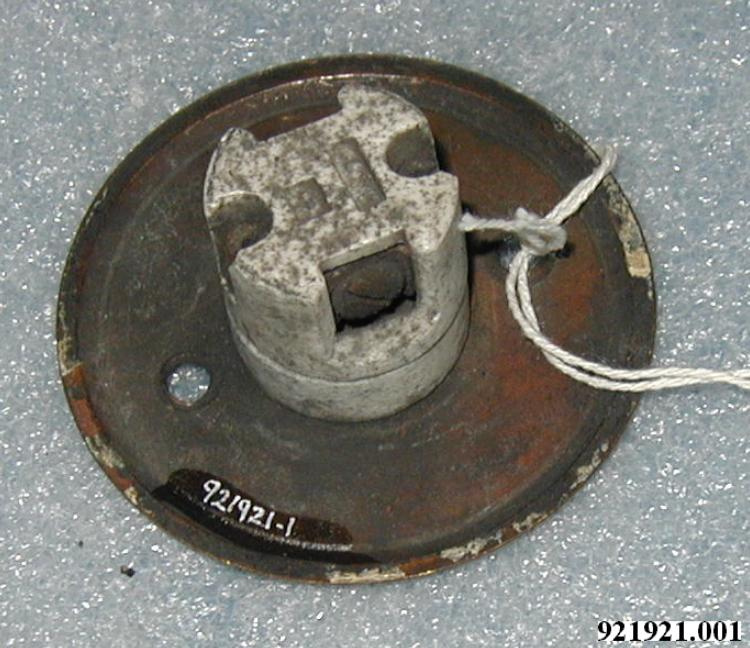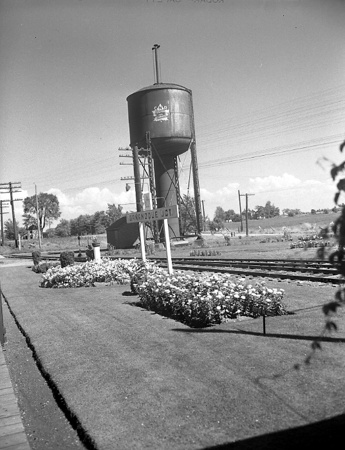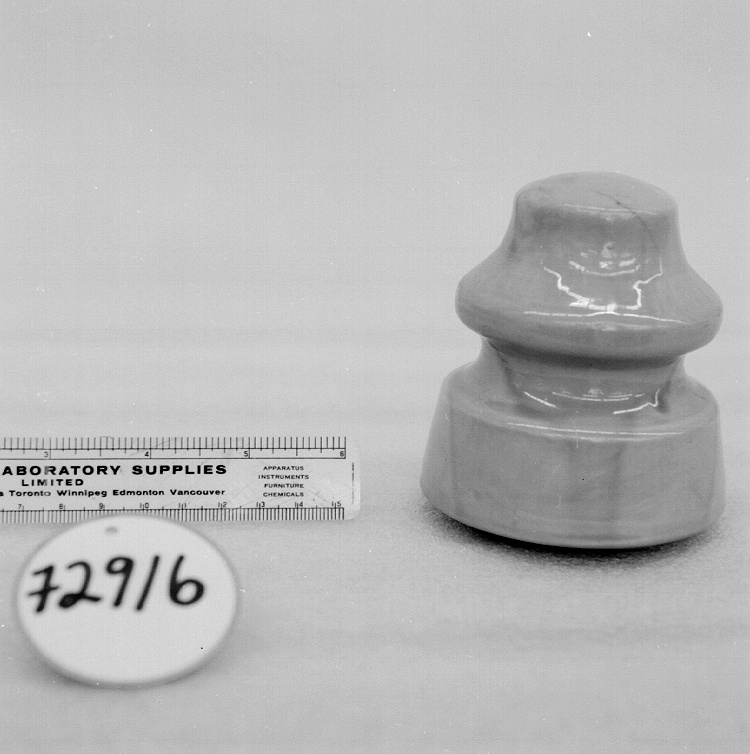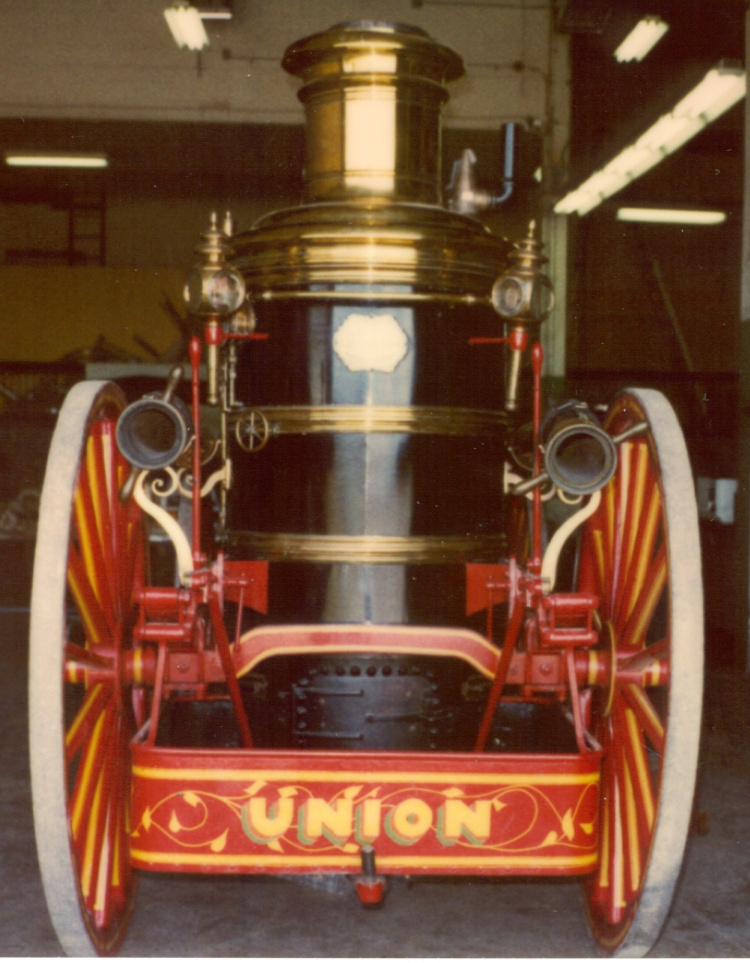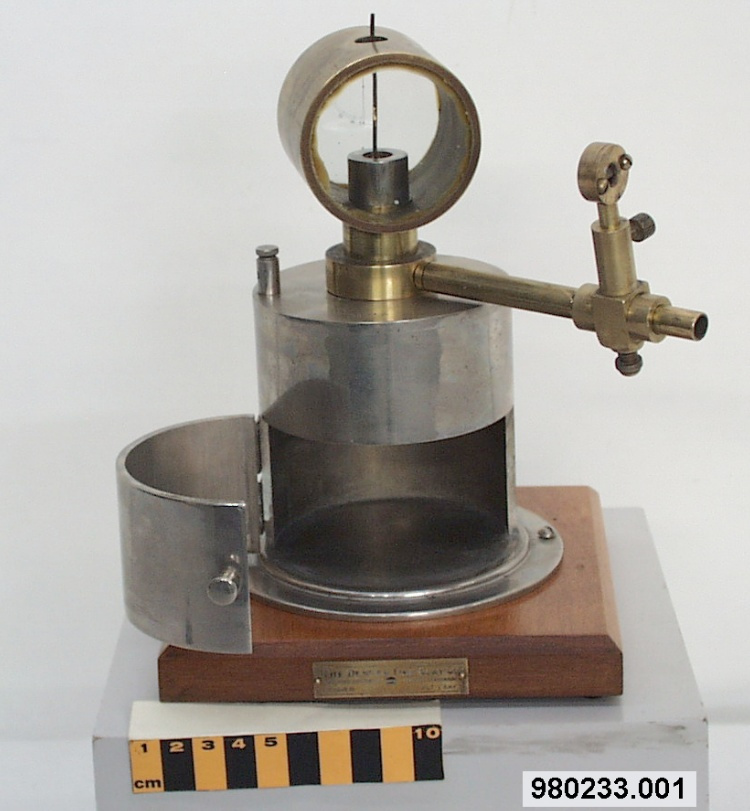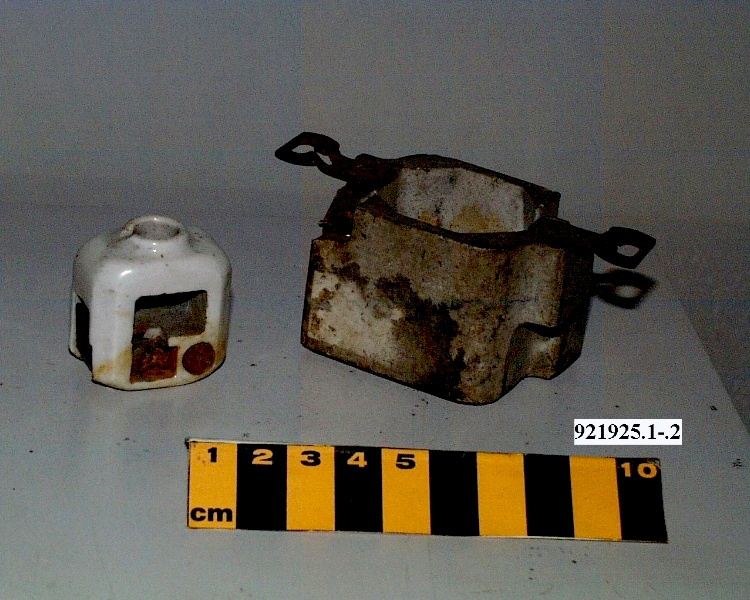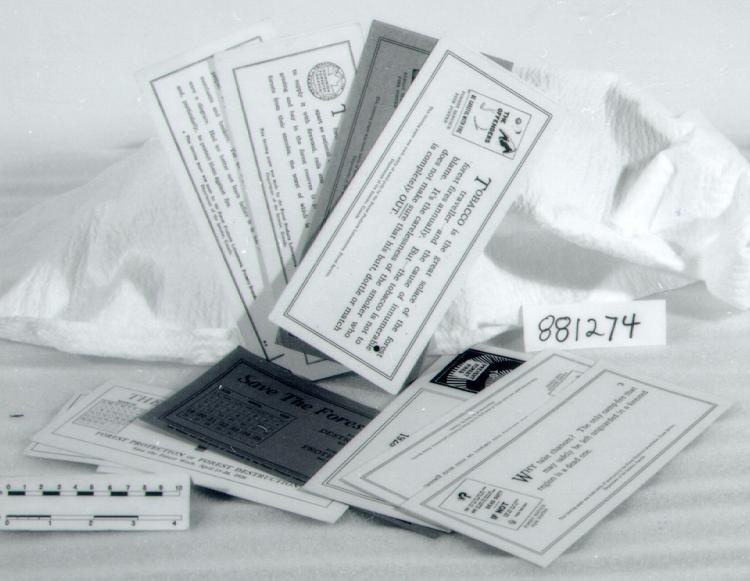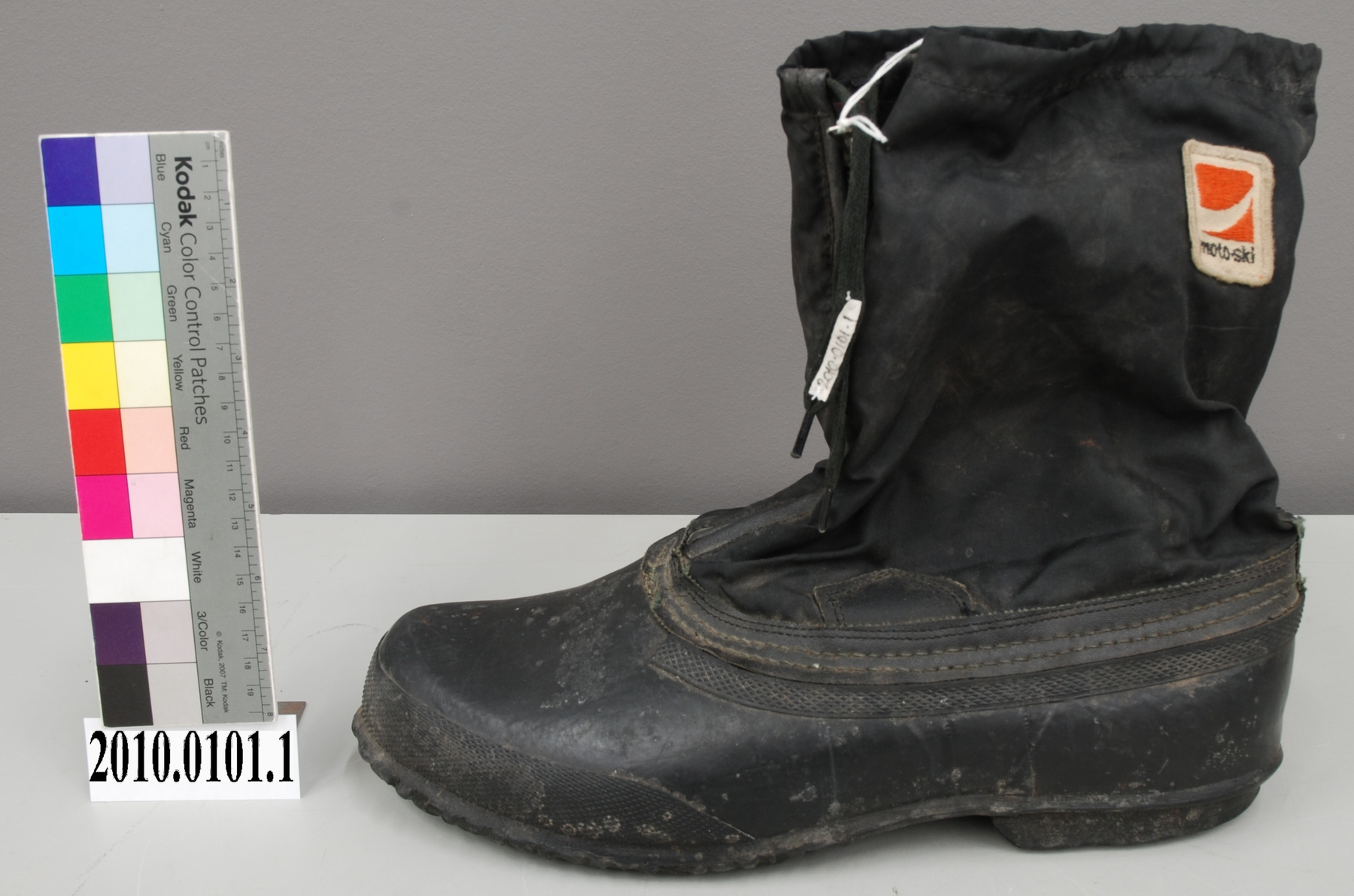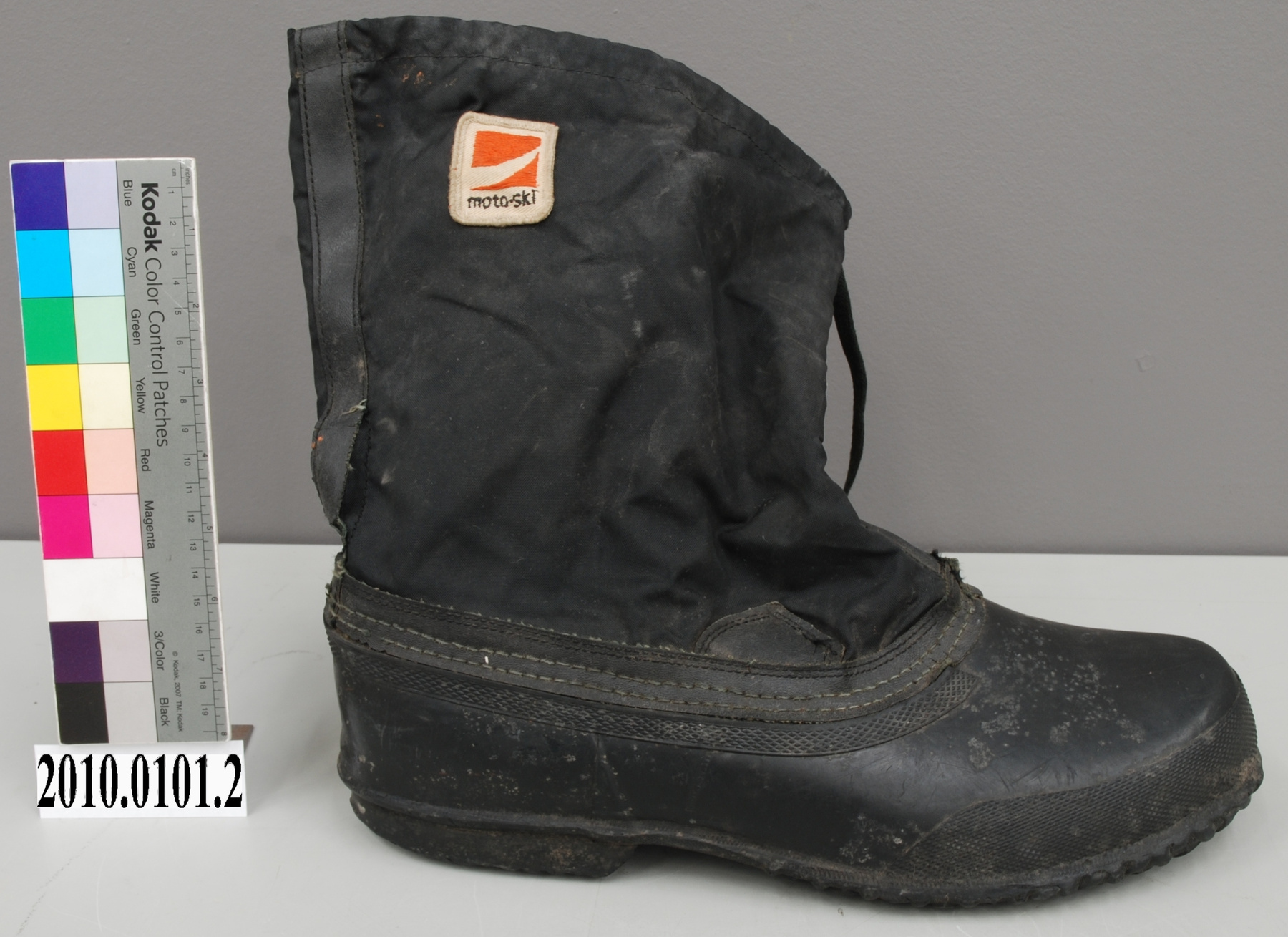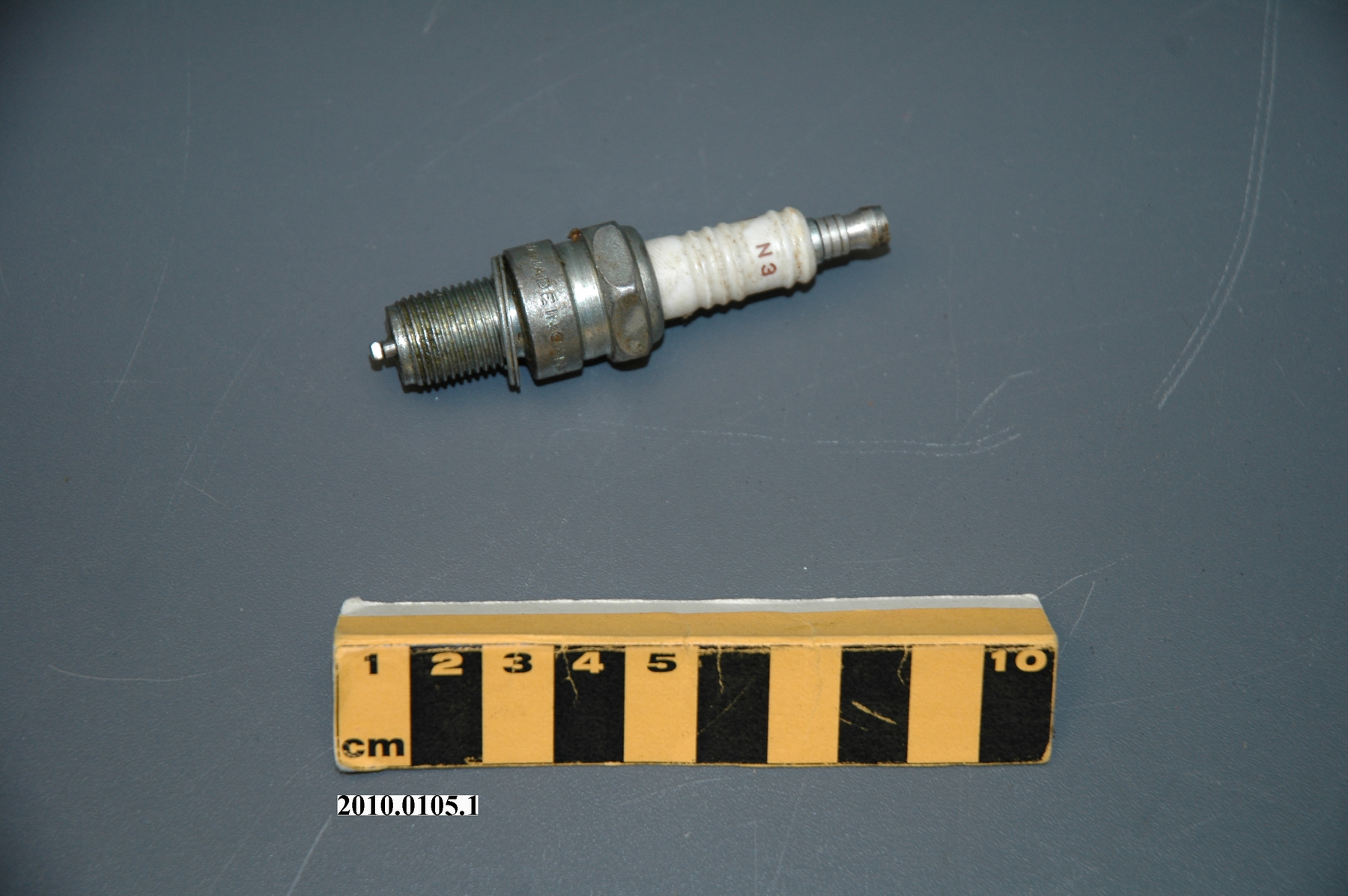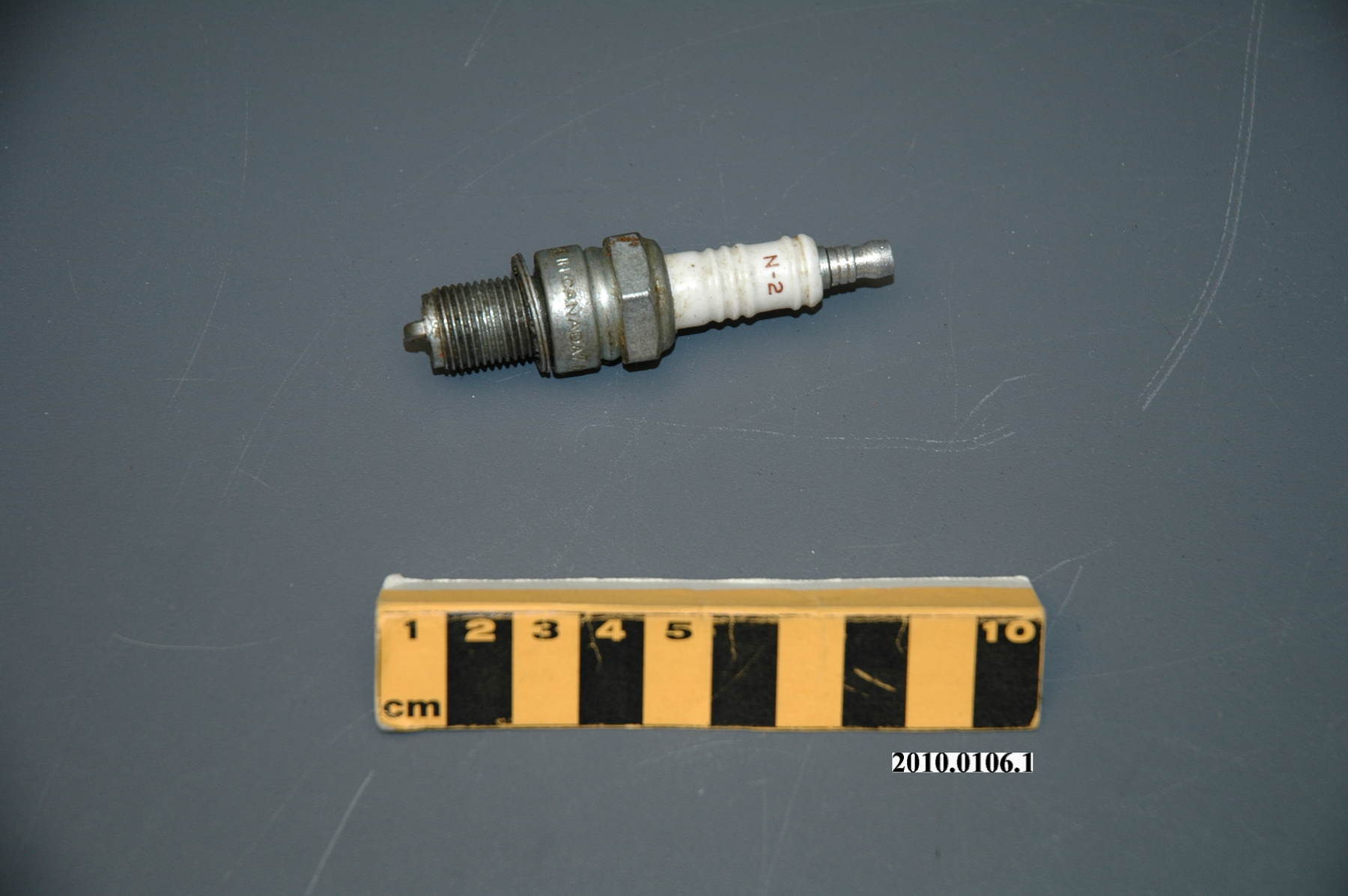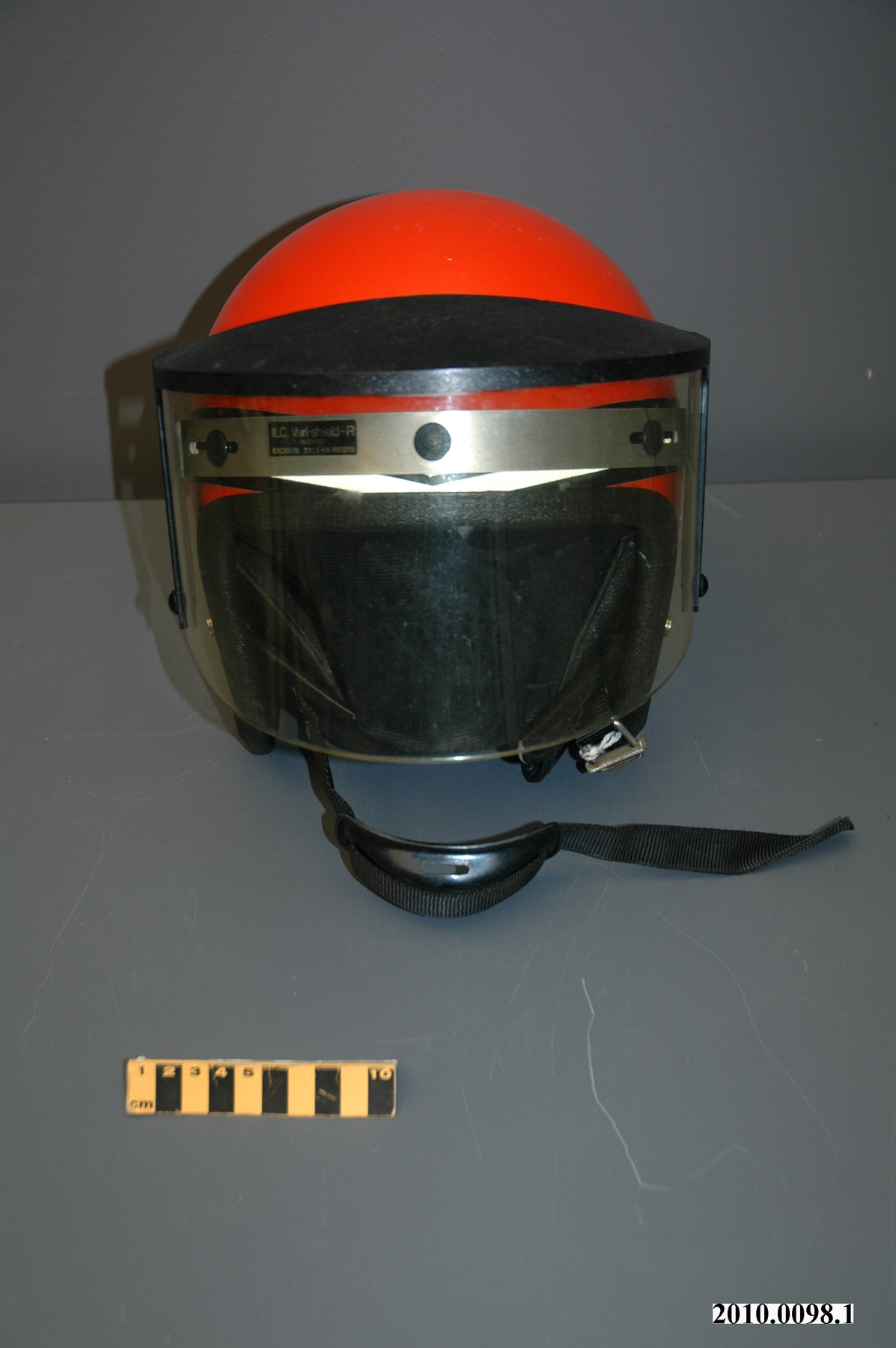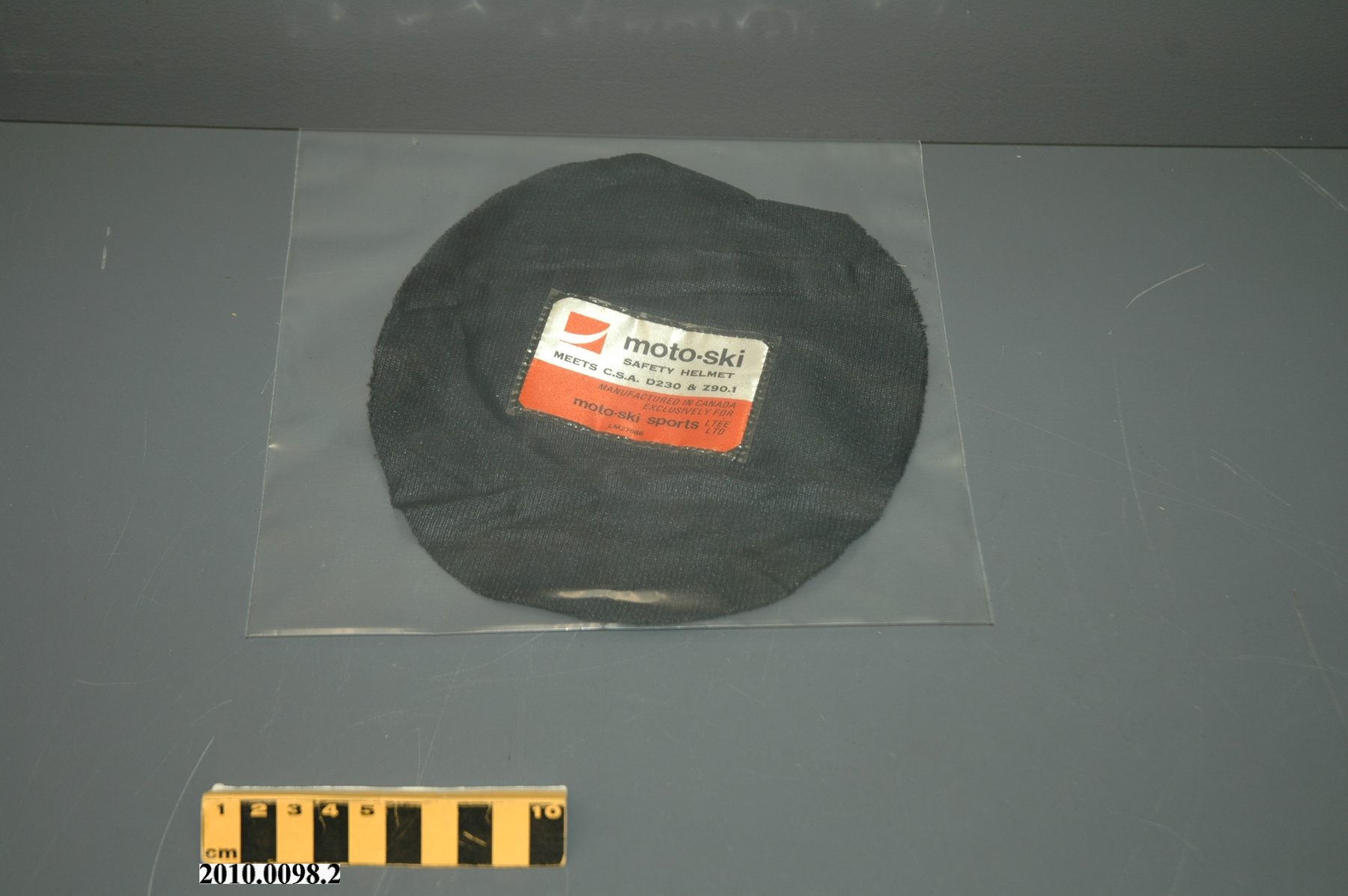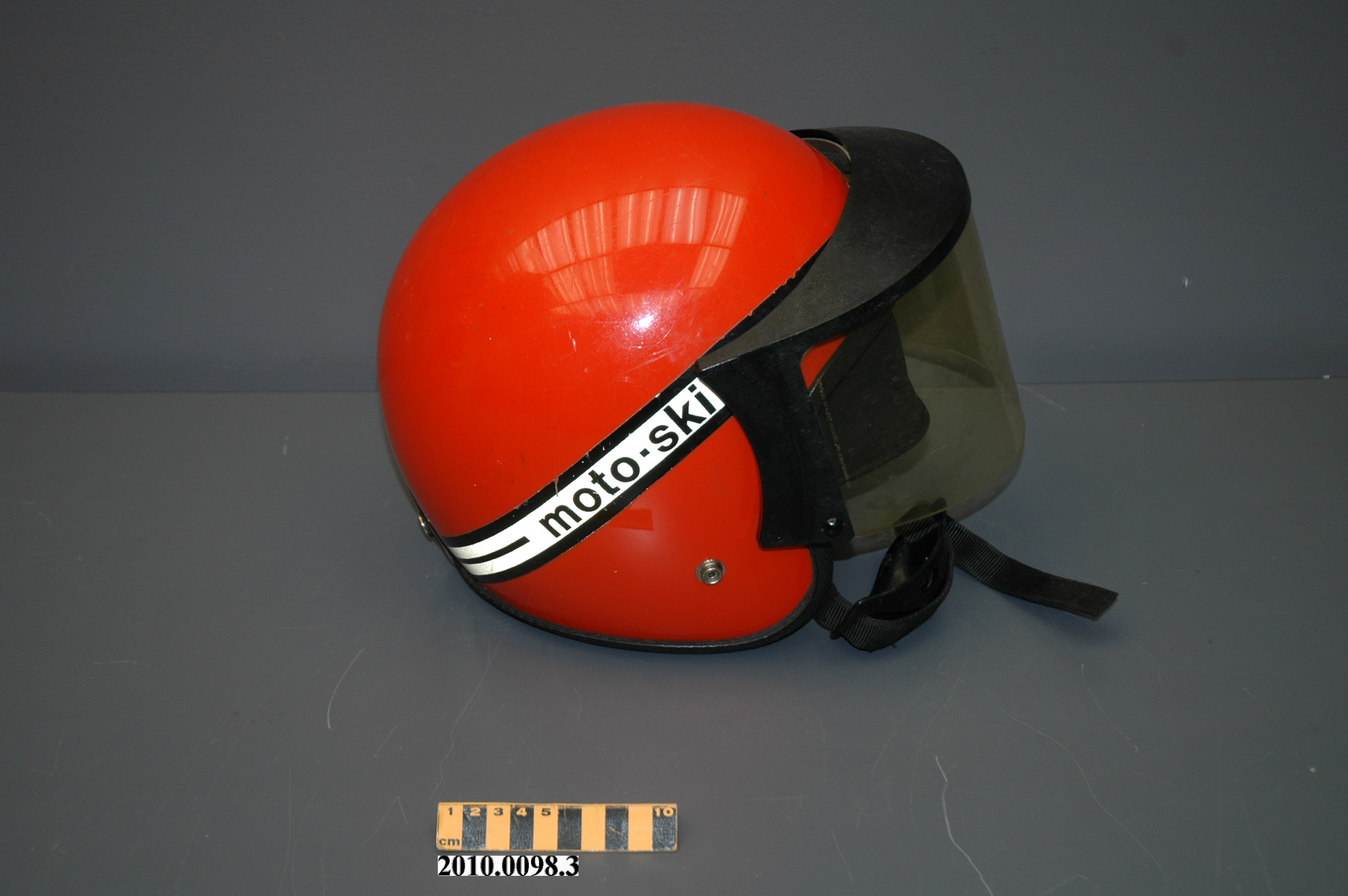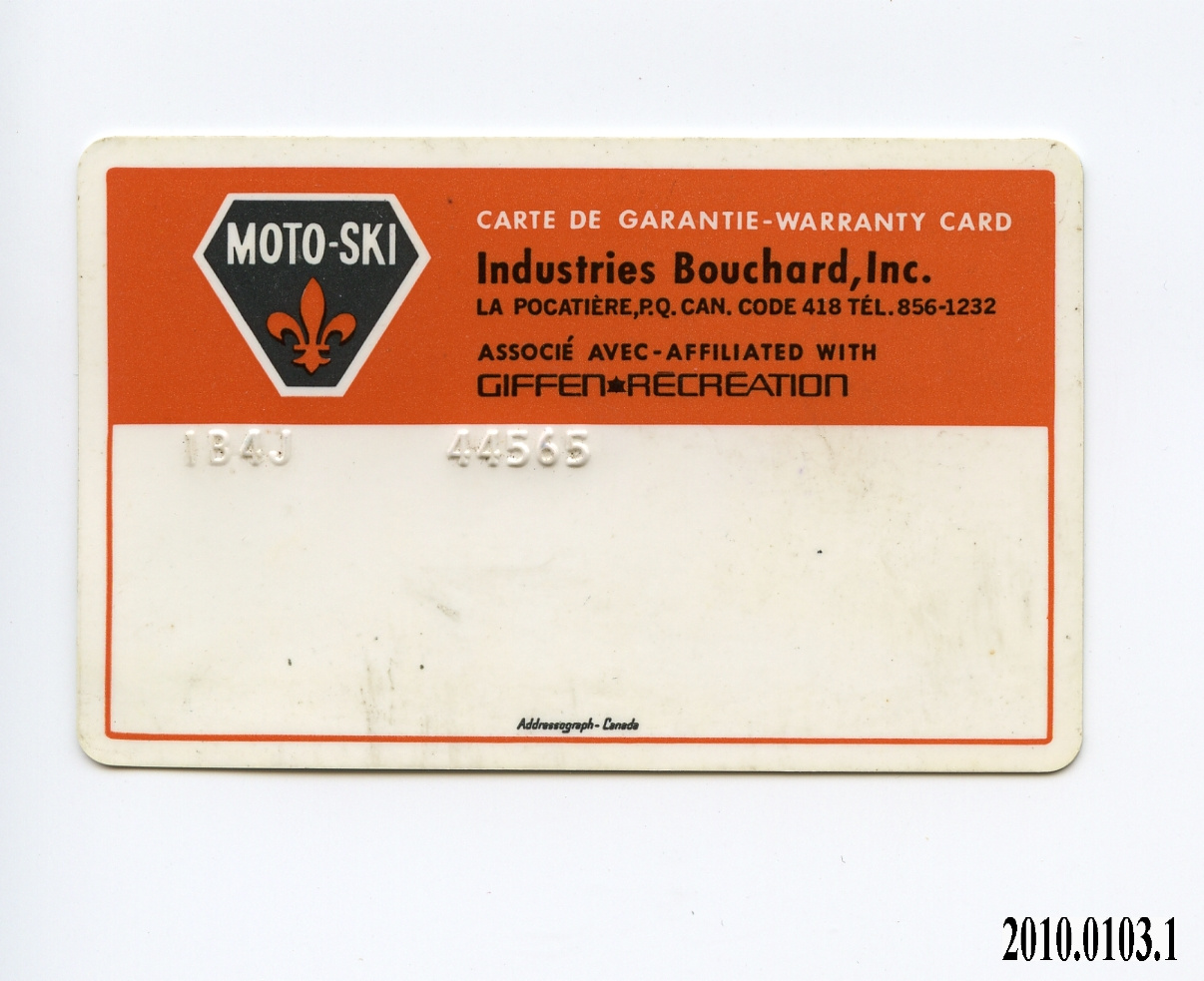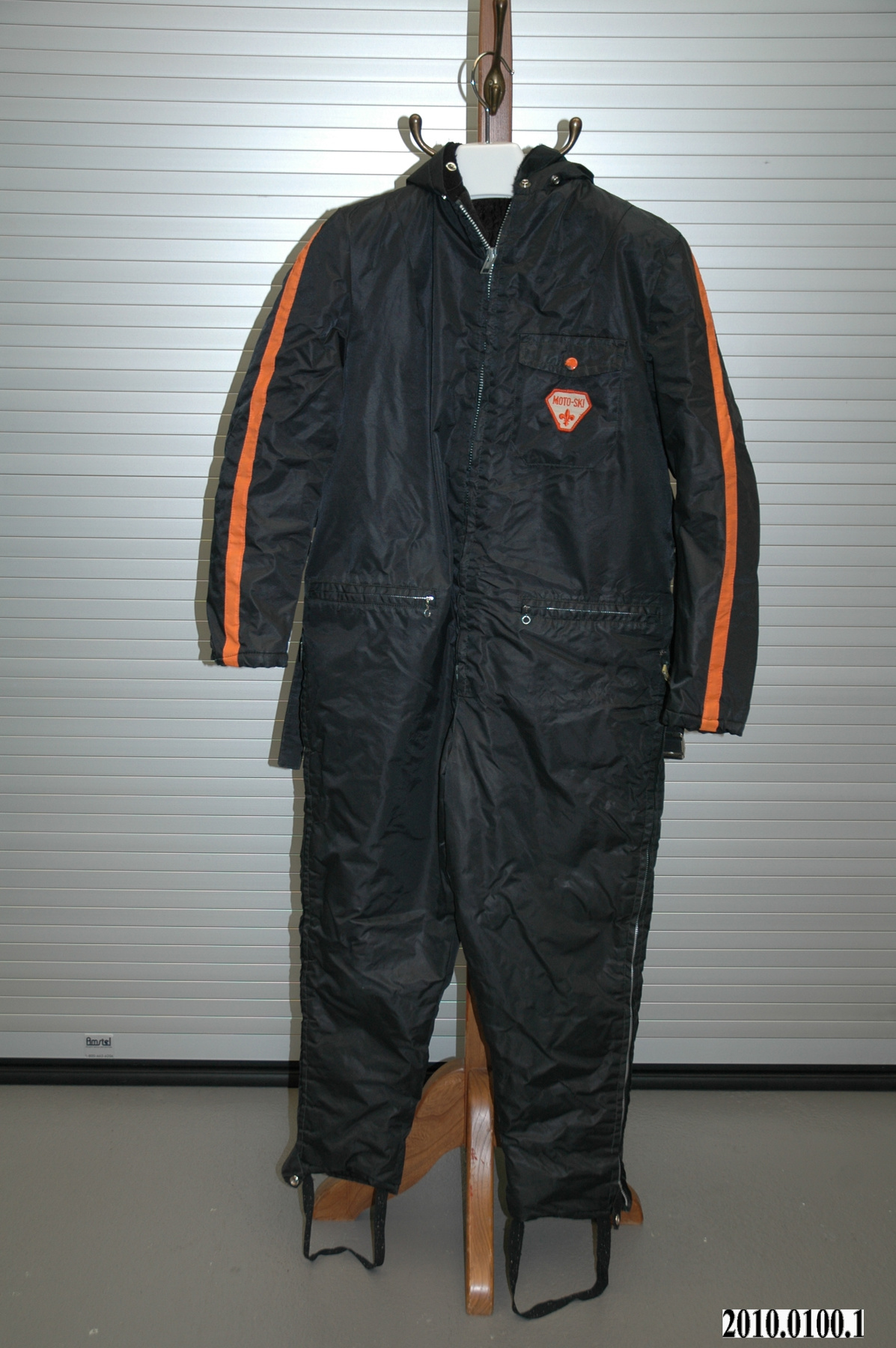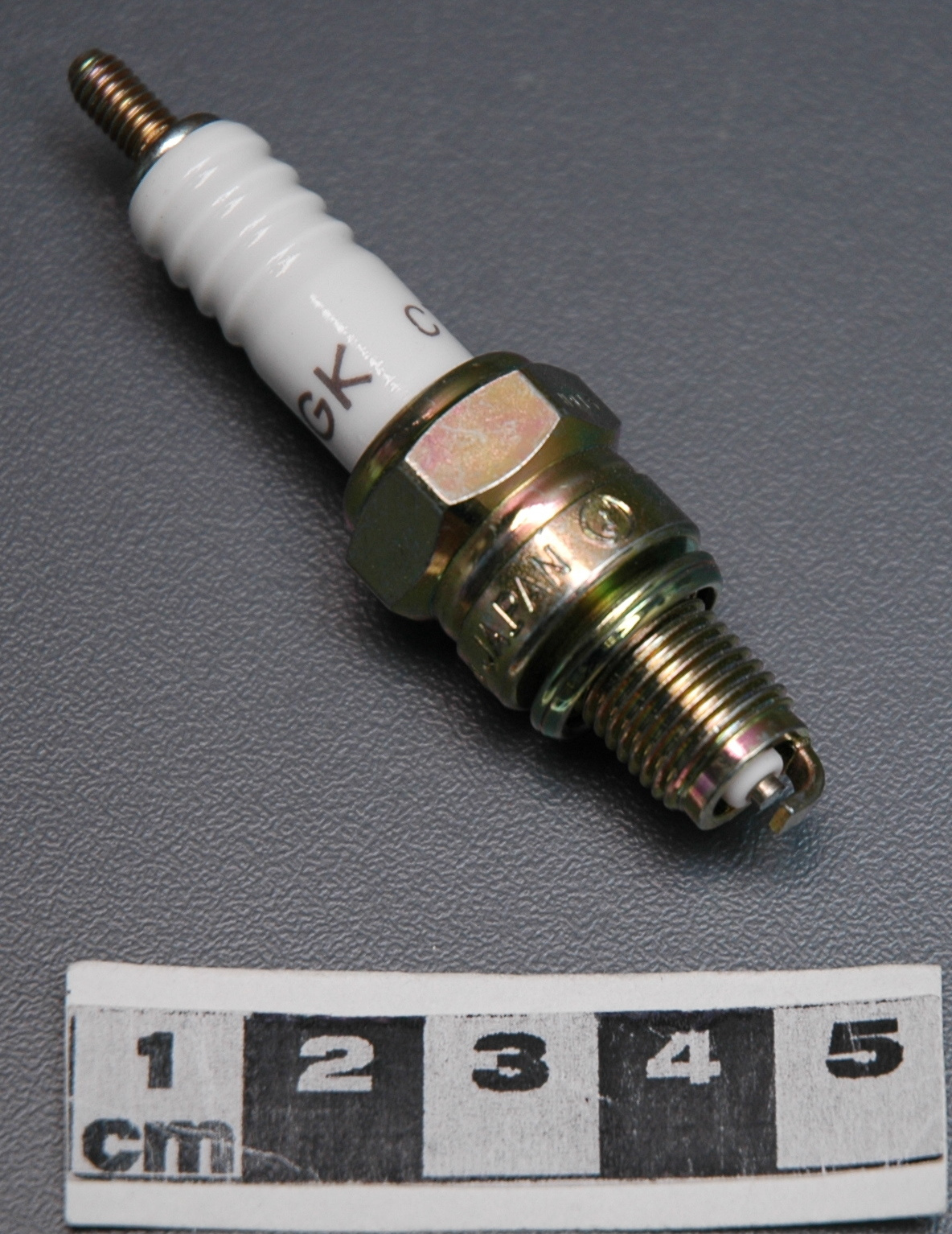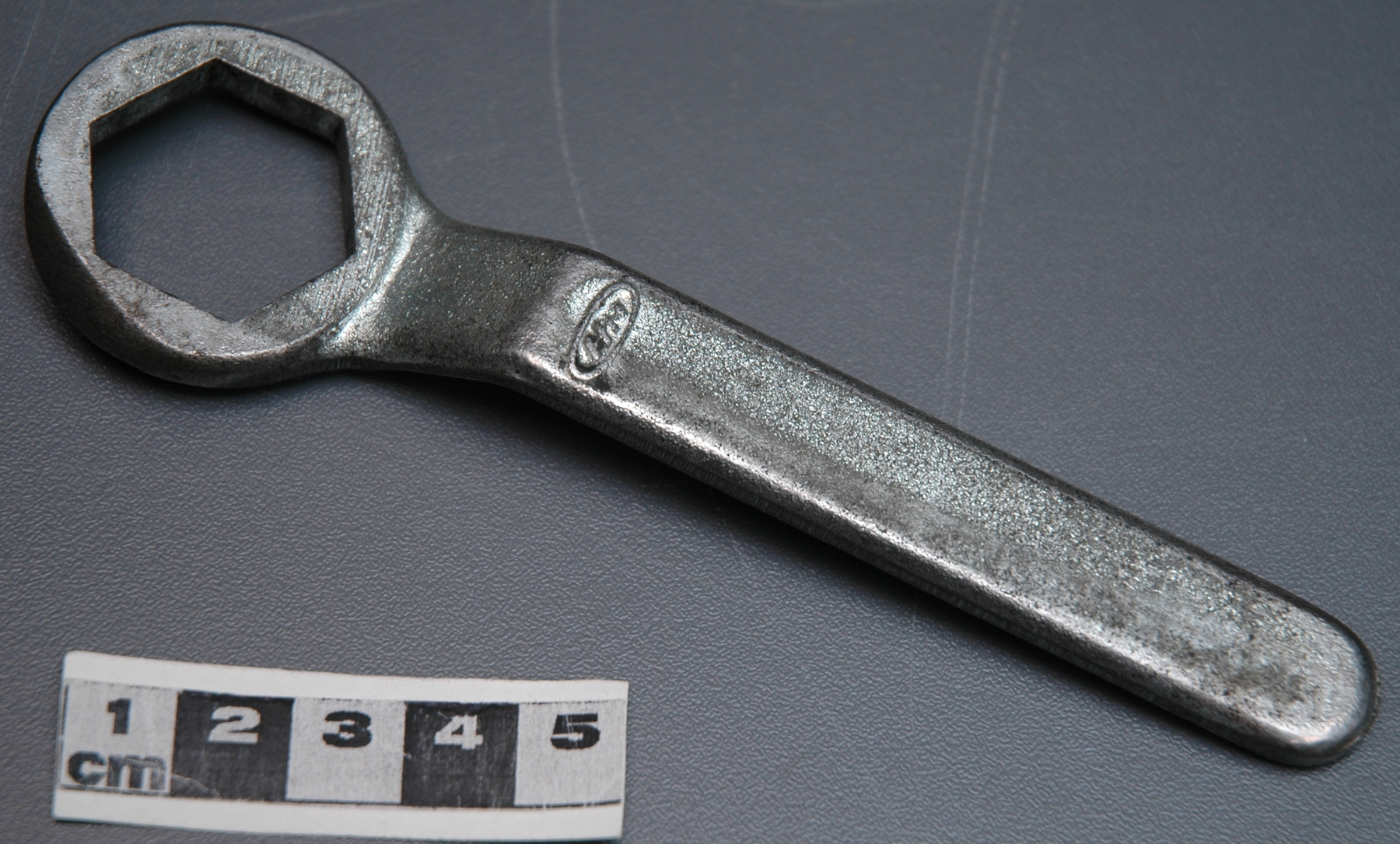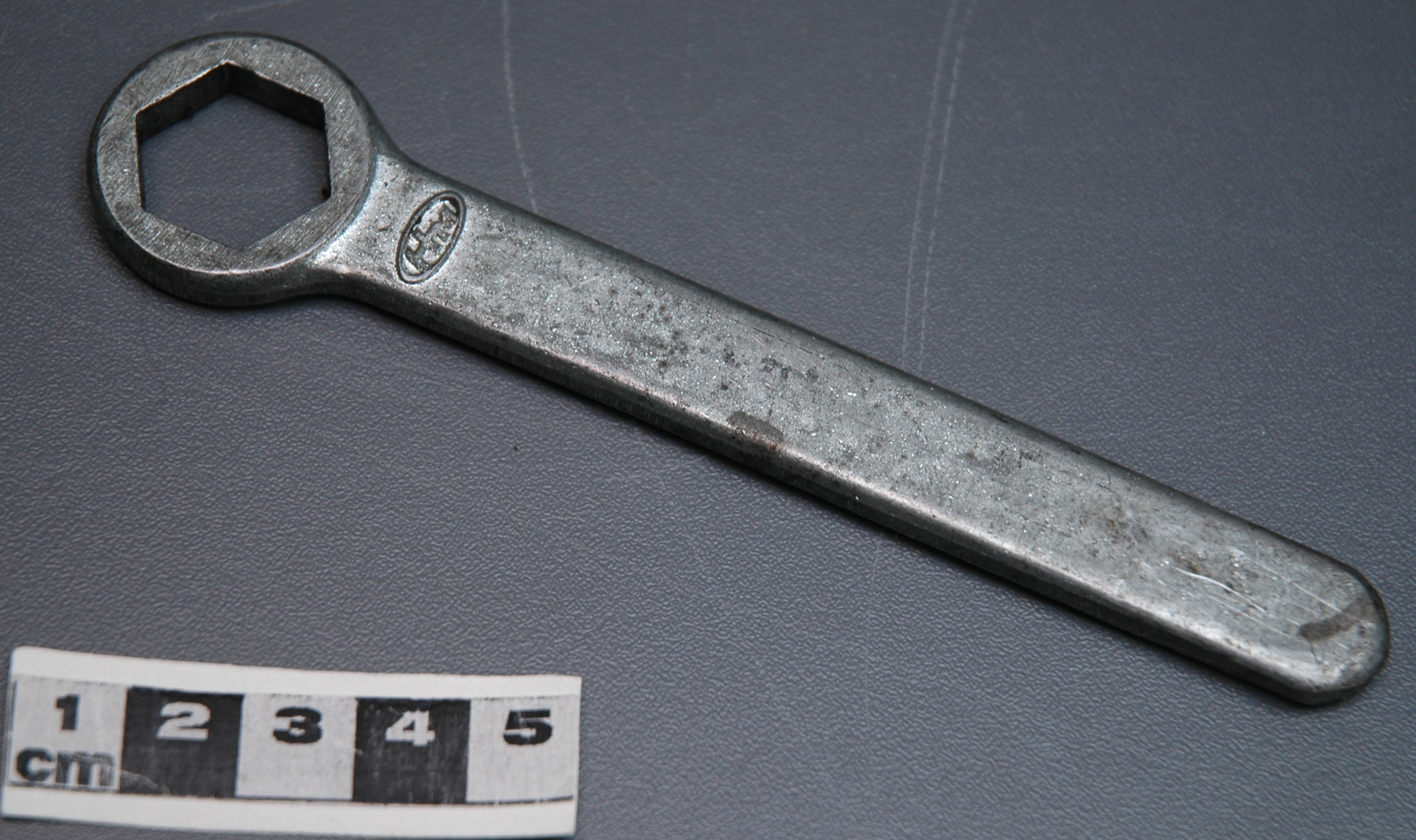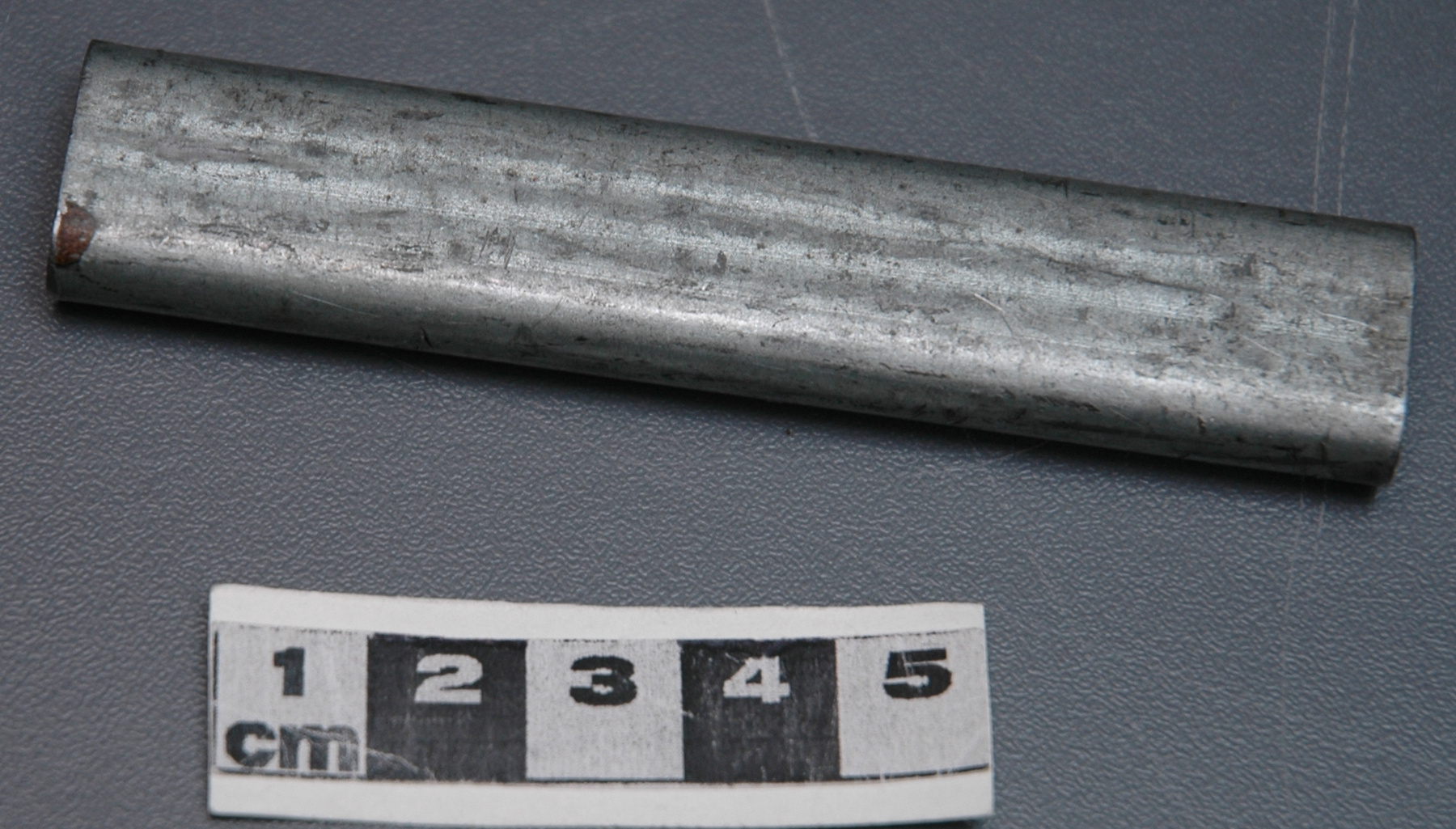Float
Use this image
Can I reuse this image without permission? Yes
Object images on the Ingenium Collection’s portal have the following Creative Commons license:
Copyright Ingenium / CC BY-NC-ND (Attribution-NonCommercial 4.0 International (CC BY-NC 4.0)
ATTRIBUTE THIS IMAGE
Ingenium,
2014.0422.004
Permalink:
Ingenium is releasing this image under the Creative Commons licensing framework, and encourages downloading and reuse for non-commercial purposes. Please acknowledge Ingenium and cite the artifact number.
DOWNLOAD IMAGEPURCHASE THIS IMAGE
This image is free for non-commercial use.
For commercial use, please consult our Reproduction Fees and contact us to purchase the image.
- OBJECT TYPE
- N/A
- DATE
- 1925
- ARTIFACT NUMBER
- 2014.0422.004
- MANUFACTURER
- Crane Co.
- MODEL
- Unknown
- LOCATION
- Chicago, Illinois, United States of America
More Information
General Information
- Serial #
- N/A
- Part Number
- 4
- Total Parts
- 5
- AKA
- N/A
- Patents
- N/A
- General Description
- Synthetic ball float for a toilet tank.
Dimensions
Note: These reflect the general size for storage and are not necessarily representative of the object's true dimensions.
- Length
- N/A
- Width
- N/A
- Height
- N/A
- Thickness
- N/A
- Weight
- N/A
- Diameter
- N/A
- Volume
- N/A
Lexicon
- Group
- Domestic Technology
- Category
- Plumbing
- Sub-Category
- N/A
Manufacturer
- AKA
- Crane
- Country
- United States of America
- State/Province
- Illinois
- City
- Chicago
Context
- Country
- Canada
- State/Province
- Ontario
- Period
- Toilet was installed for usage from its production circa 1925 to being uninstalled in 2014. La toilette était installée pour utilisation dès sa production vers 1925 jusqu'à ce qu'elle a été désinstallé vers 2014.
- Canada
-
The Crane company was founded in 1855 in the United States. In Canada, the history of Crane Plumbing Corporation began with a small plumbing and heating wholesale business which opened its doors in Winnipeg in 1906. With rapid development taking place in Western Canada, the business prospered and another business was opened in Vancouver in 1908. A new plant opened in Montreal in 1918 and Montreal became the head office for Crane Limited. The company acquired Canadian Potteries Limited in 1920. Over the years, it has continued to produce lavatories, water closets, and other sanity ware for a variety of uses. In 1948, Crane Steelware Limited in Quebec City joined the company. It produced porcelain on steel plumbing fixtures and this made it possible for Crane to now offer a complete line of all types of sanity ware. It is believed that this specific toilet might have been manufactured in Canada. - Function
-
Intended to regulate the amount of water in the tank. Destiné à régler le montant d'eau dans la cuve. - Technical
-
The Illini model was the economical product within the line of Crane toilets. However, this toilet was changed by the owner because of the increasing cost in water in Ottawa, paid by users, as it is and old toilet that took 20 to 27 litres of water per each flush. It would also leak when flushed. The twice-fired vitreous china used with this toilet refers to the process for making the sanitary fixture. It consists of a mixture of clays, flint and spar that is formed in molds and fired. The temperature is so high during the first firing that the ware is throroughly vitrified. After the this first firing, the fixture is dipped in glaze and fired a second time. This glaze becomes an integral part of the ware and protects it. In 1925, mass production began of their sanitary products began with the china clay being casted on a production line in a semifluid form that resembled molten metal instead of china clay being pressed by hand into molds. In a siphon jet toilet such as this one, the water movement through the jet at the bottom of the bowl created prompt symphonic action, very strong and thorough. The water level drops rapidly, completely emptying the bowl as the flow from the flushing rim cleanses the side, according the Crane literature of 1926. Le modèle Illini était le produit le plus économique dans la série de toilettes fabriquées par Crane. Par contre, cette toilette a été remplacé par les propriétaires en raison du coût d’eau exorbitant à Ottawa étant donné que cette ancienne toilette utilisait environ 20 à 27 litres d’eau par chasse d’eau. La toilette avait aussi des petites fuites d’eau lorsqu’on chassait l’eau. La porcelaine vitrifiée à chaleur doublé utilisé avec cette toilette réfère au processus utilisé pour fabriquer des appareils sanitaires. Le processus comprend un ensemble d’argile, silex et spath placés dans des moules et chauffés. La température est si élevée durant le premier chauffage que la marchandise devient complètement vitrifiée. Après le premier chauffage, l’appareil est trempé dans la glaçure et chauffé pour une deuxième fois. La glaçure devient une partie importante de la marchandise et la protège. En 1925, la production en masse a commencé pour les produits sanitaires avec de la porcelaine fabriquée sur une chaîne de production sous une forme semi-fluide qui ressemblait à du métal en fusion au lieu d’argile à porcelaine pressée à la main dans des moules. Dans une toilette à siphon au jet comme celle-ci, le mouvement d’eau à travers le jet au bas du bol créer une action symphonique qui est très forte et complète. Le niveau d’eau baisse rapidement et vide le bol entièrement pendant que l’eau du rebord de chasse lave le périmètre de la toilette, selon la littérature Crane de 1926. - Area Notes
-
Unknown
Details
- Markings
- N/A
- Missing
- Appears complete.
- Finish
- Synthetic float ball with deteriorating rubber or hard water white deposits on the surface of the ball. Flotteur synthétique avec du caoutchouc qui se détériore ou dépôts d'eau dire en blanc sur la surface de la balle.
- Decoration
- N/A
CITE THIS OBJECT
If you choose to share our information about this collection object, please cite:
Crane Co., Float, circa 1925, Artifact no. 2014.0422, Ingenium – Canada’s Museums of Science and Innovation, http://collection.ingeniumcanada.org/en/id/2014.0422.004/
FEEDBACK
Submit a question or comment about this artifact.
More Like This
